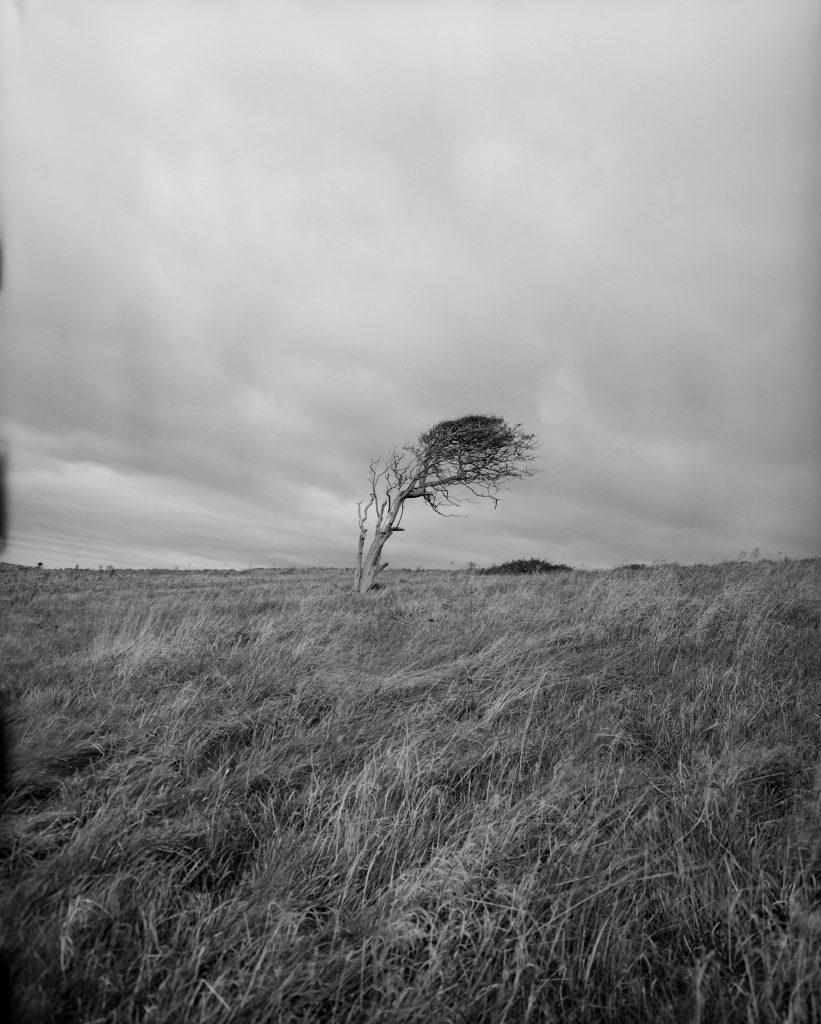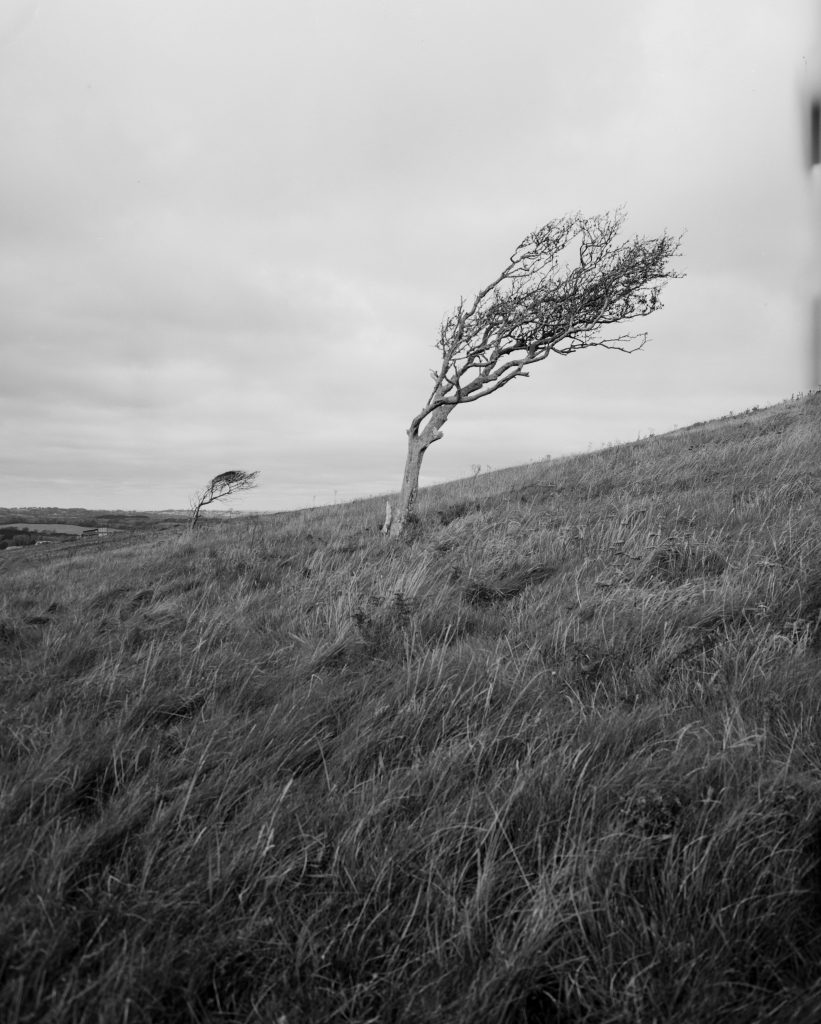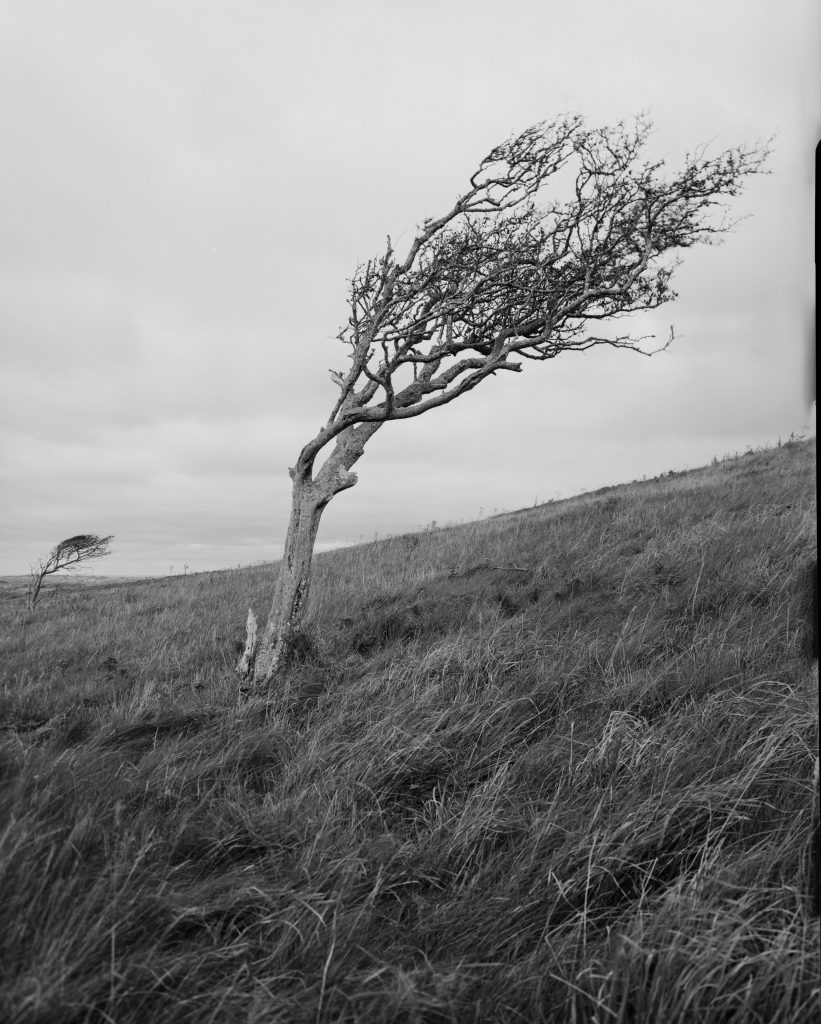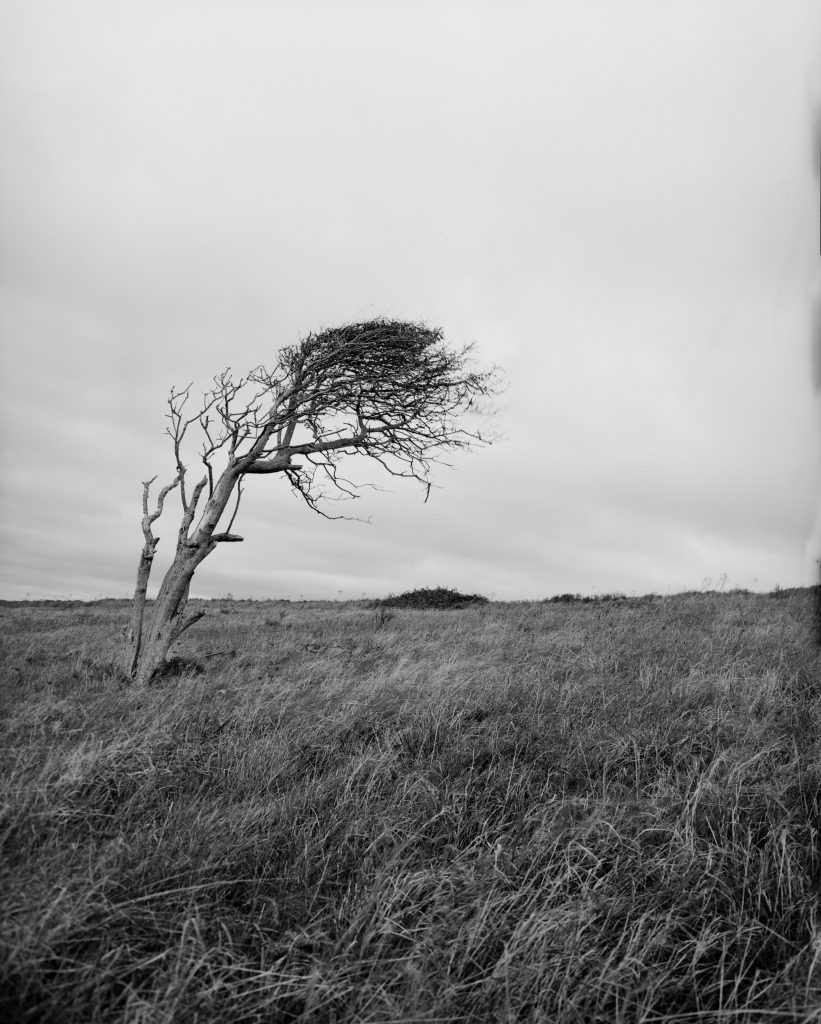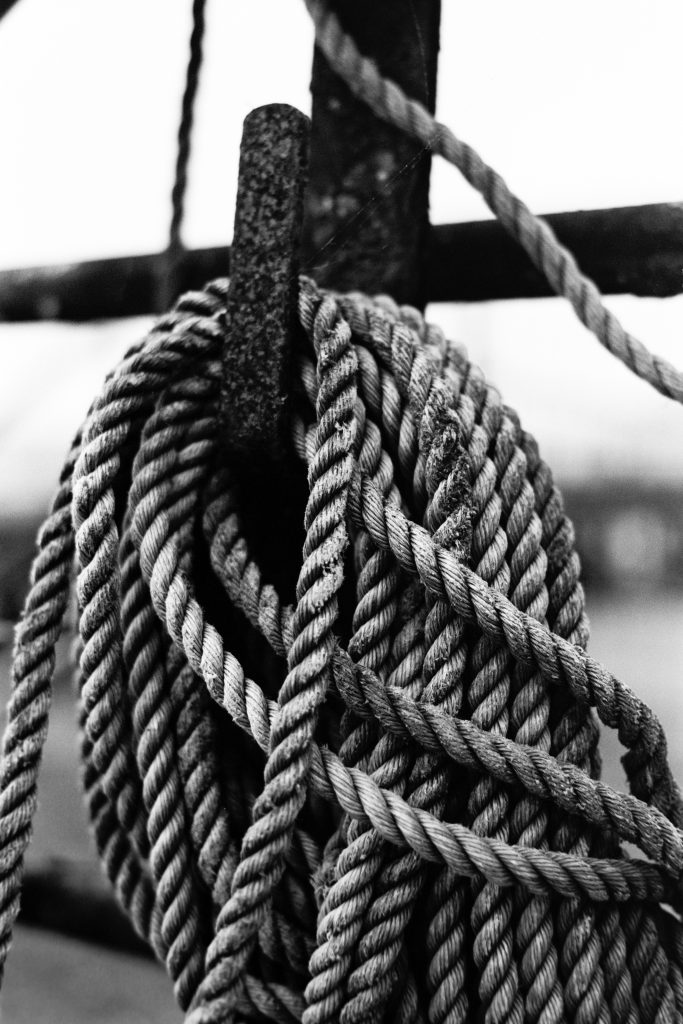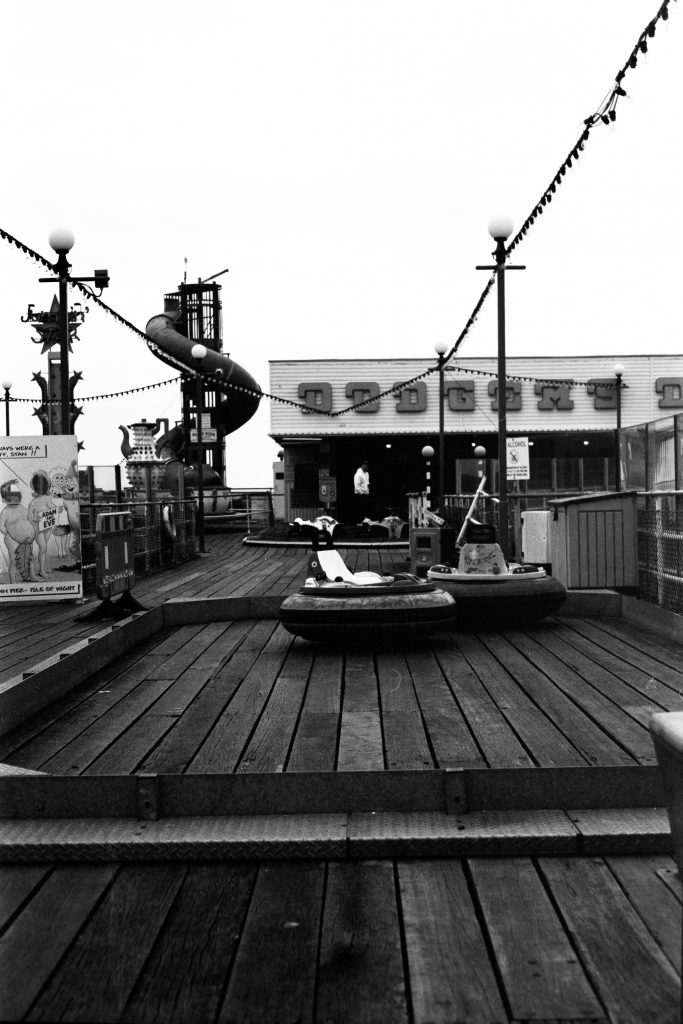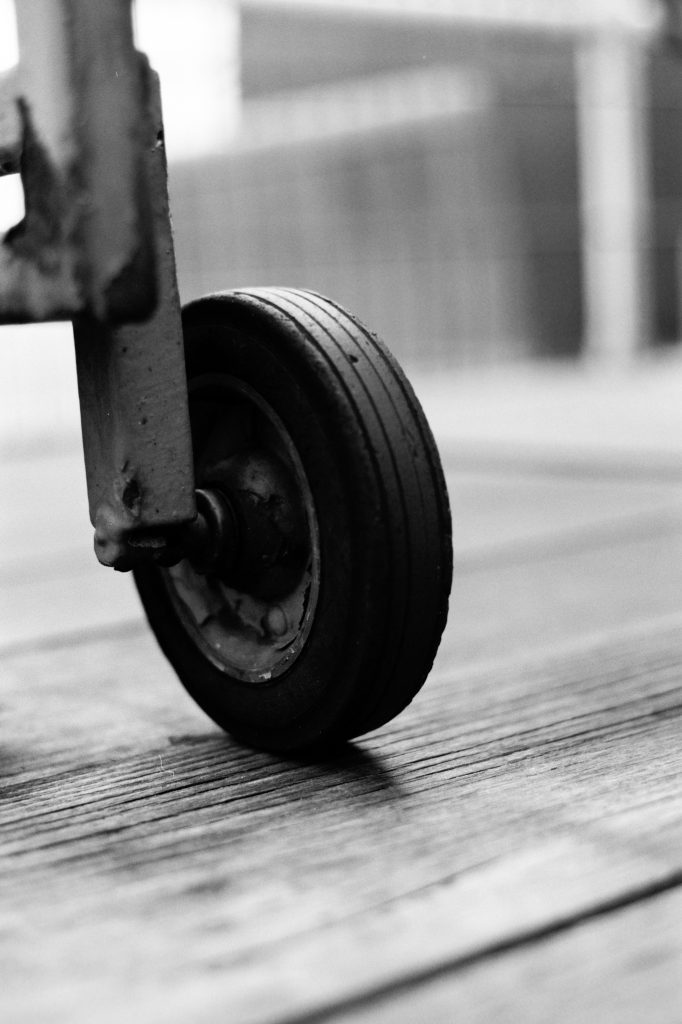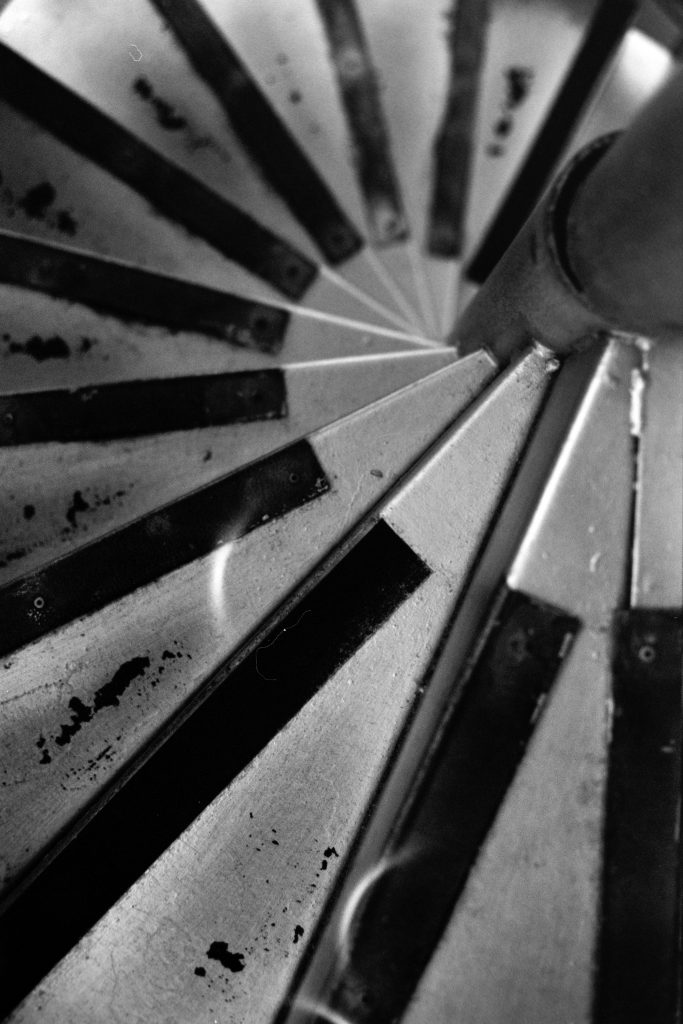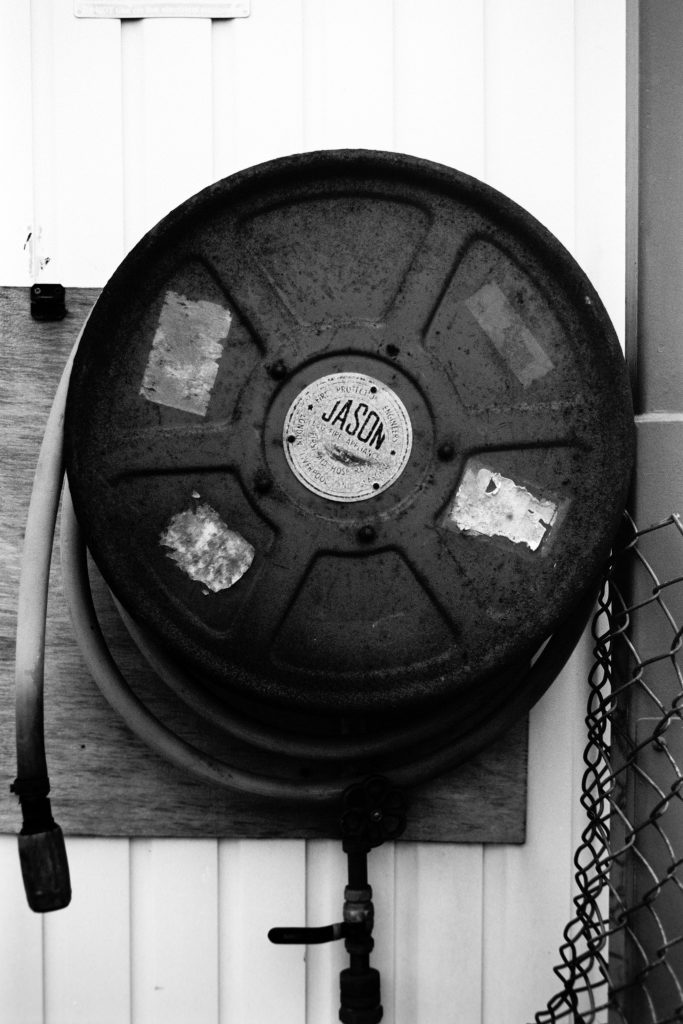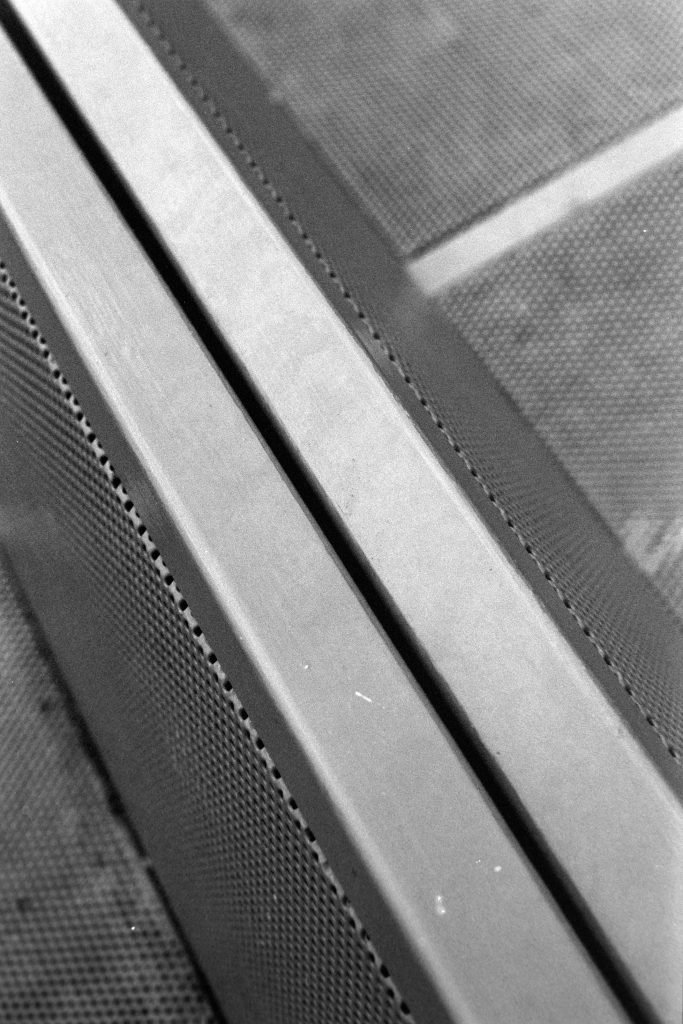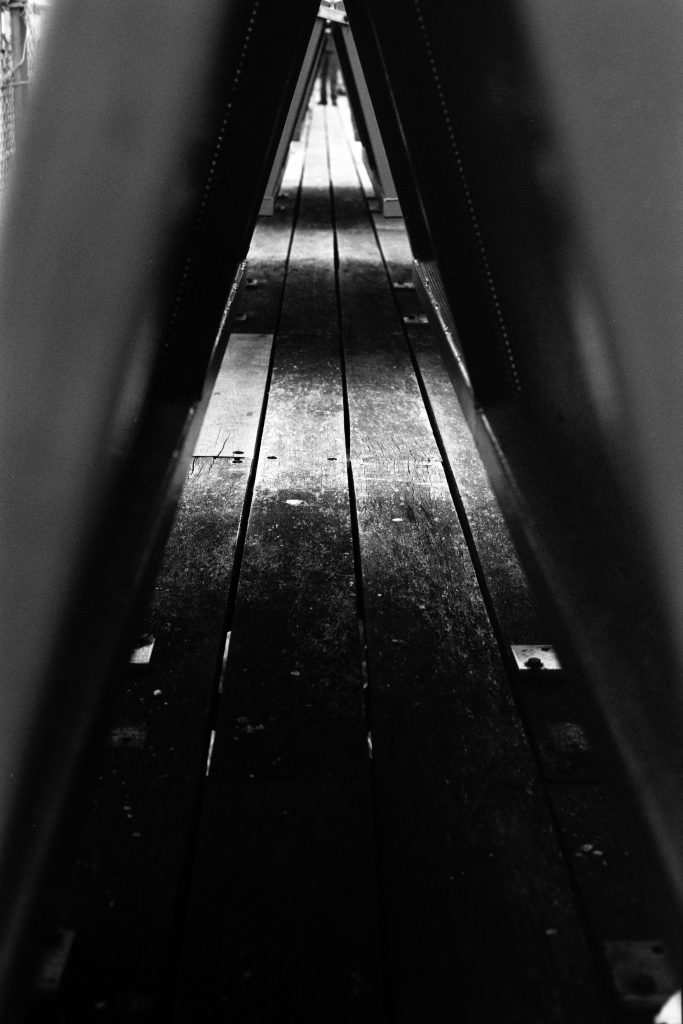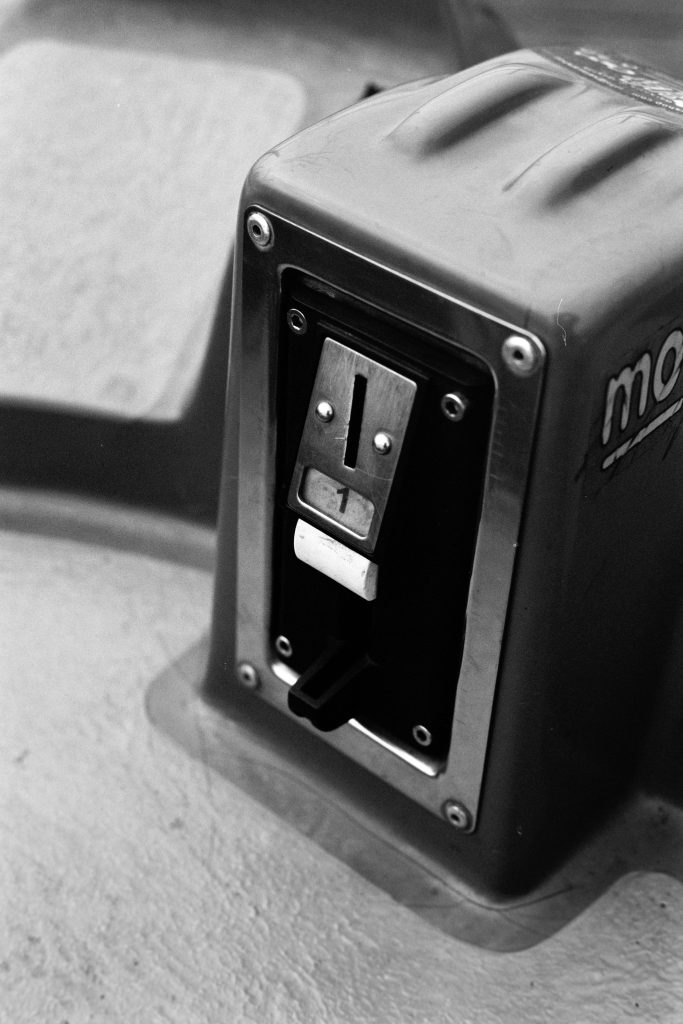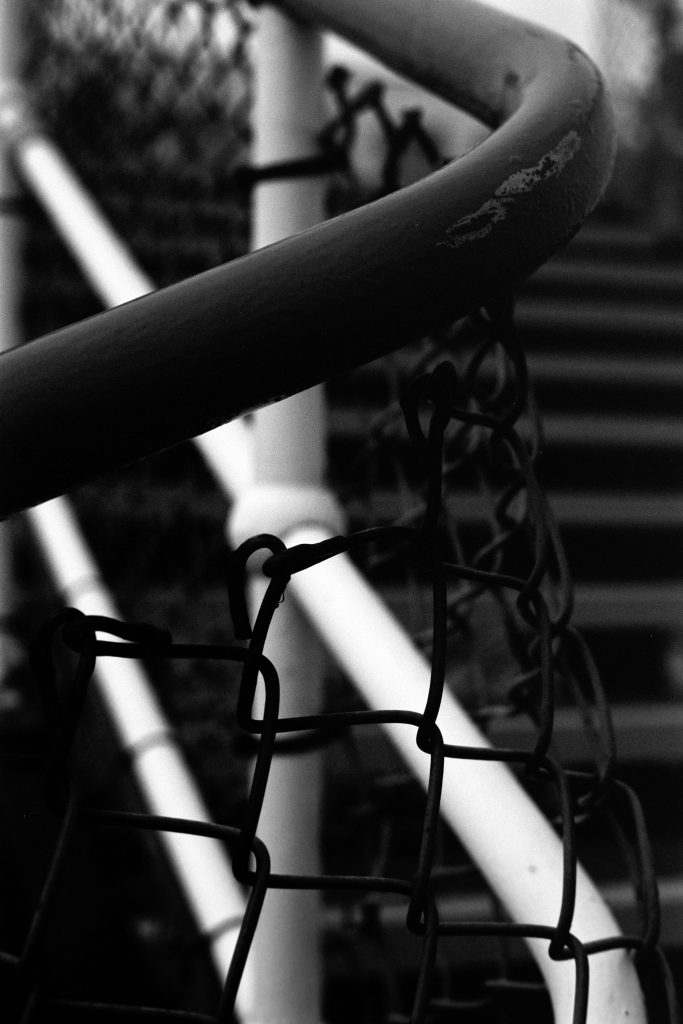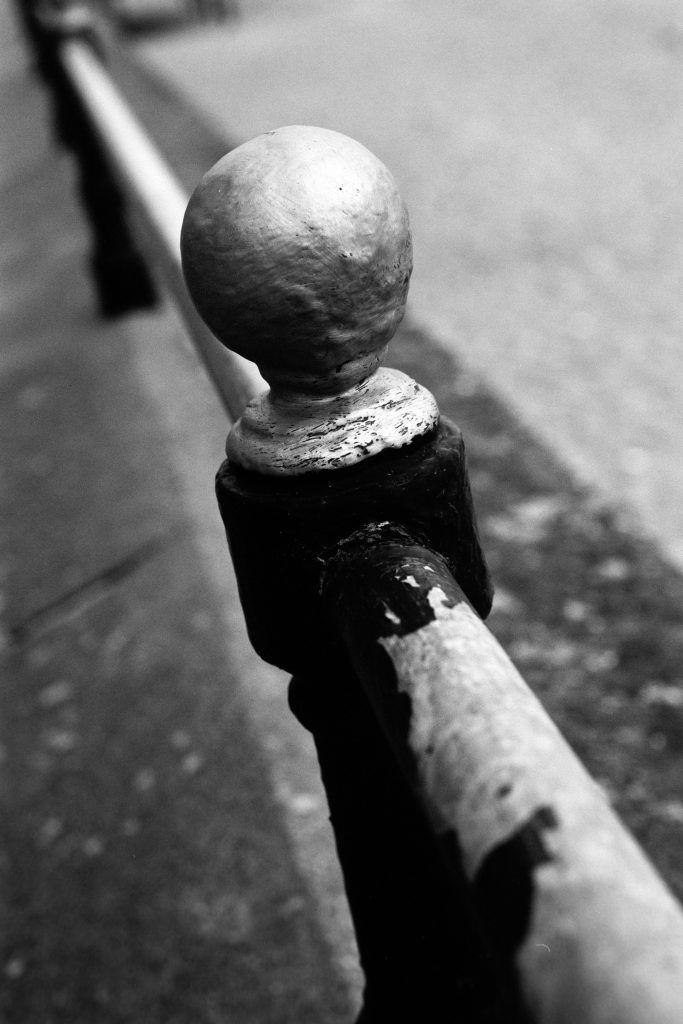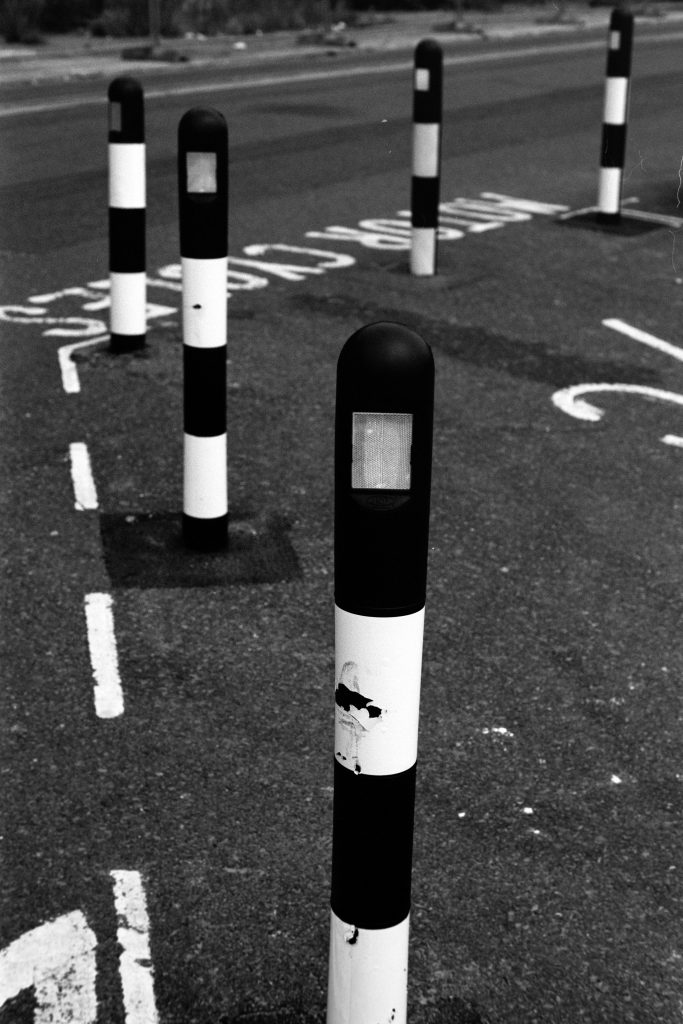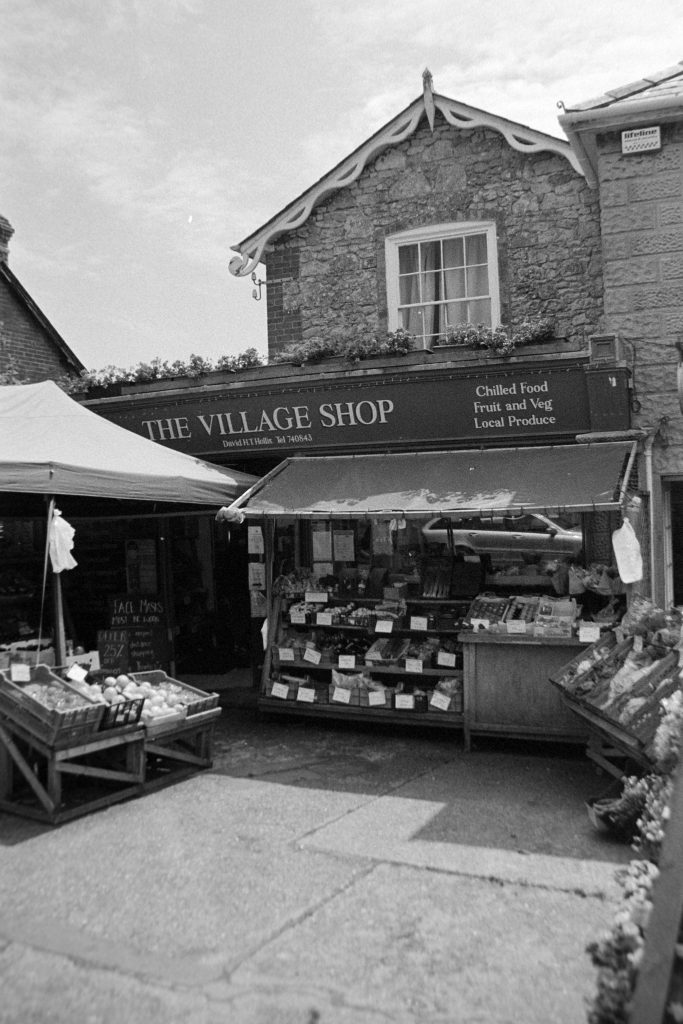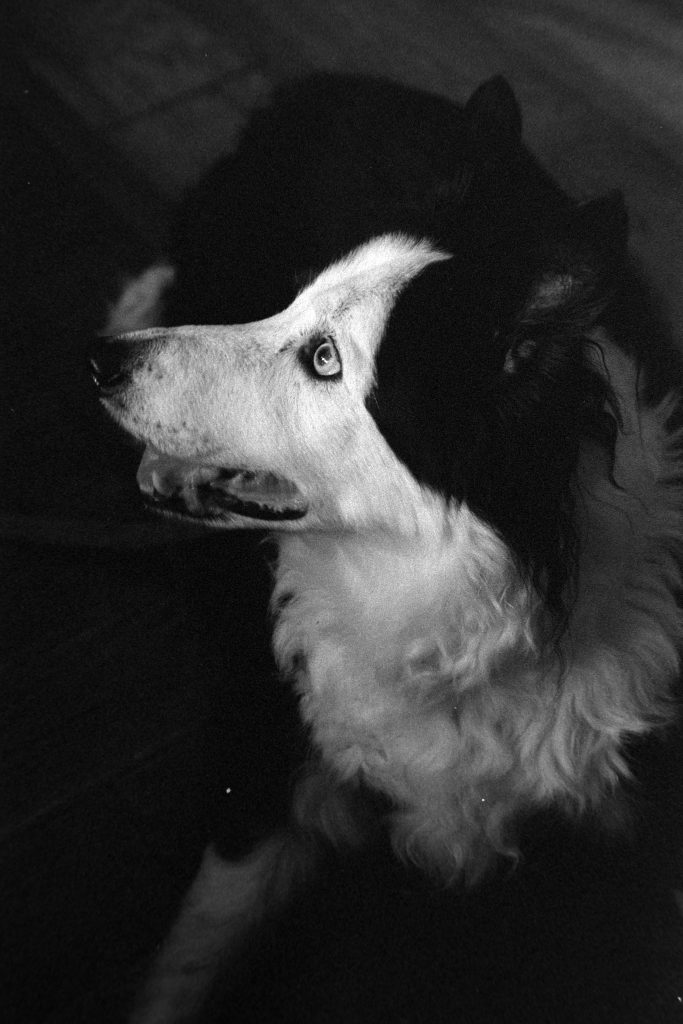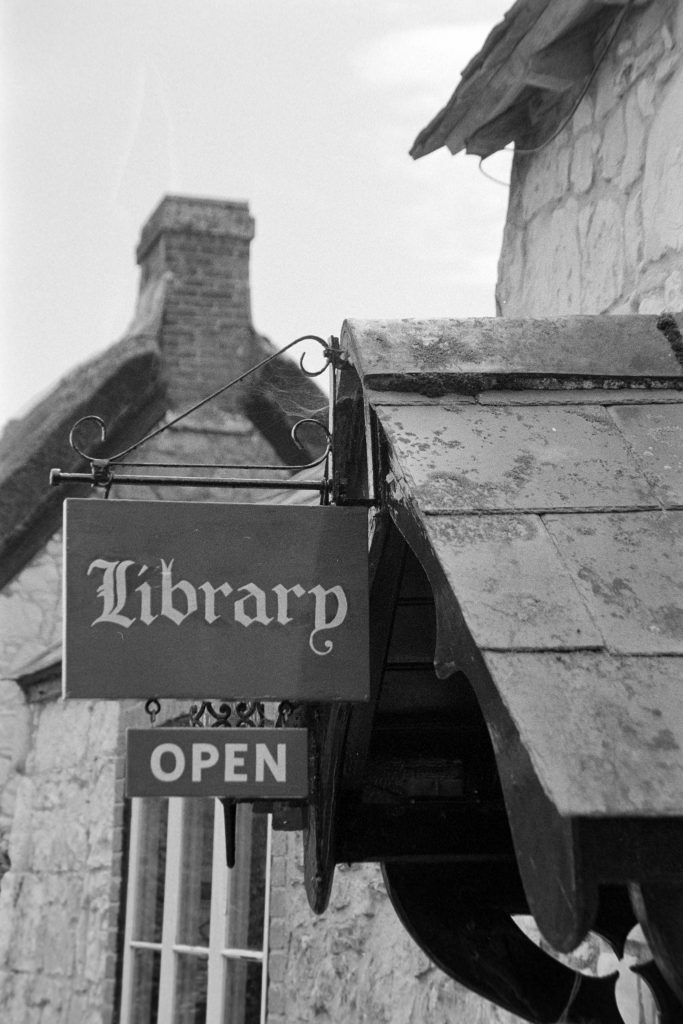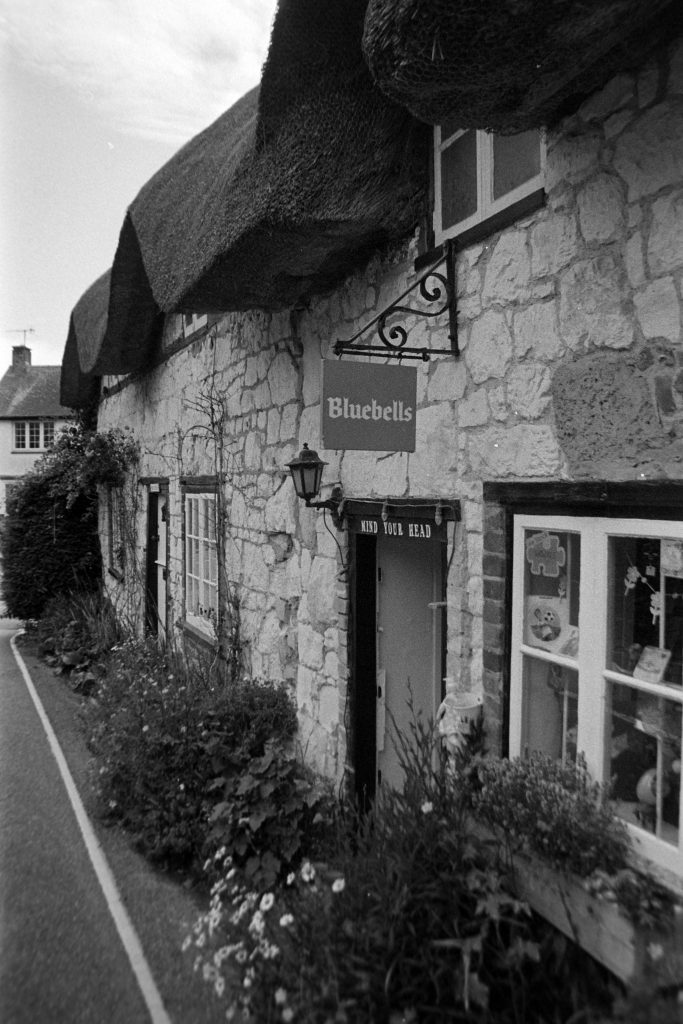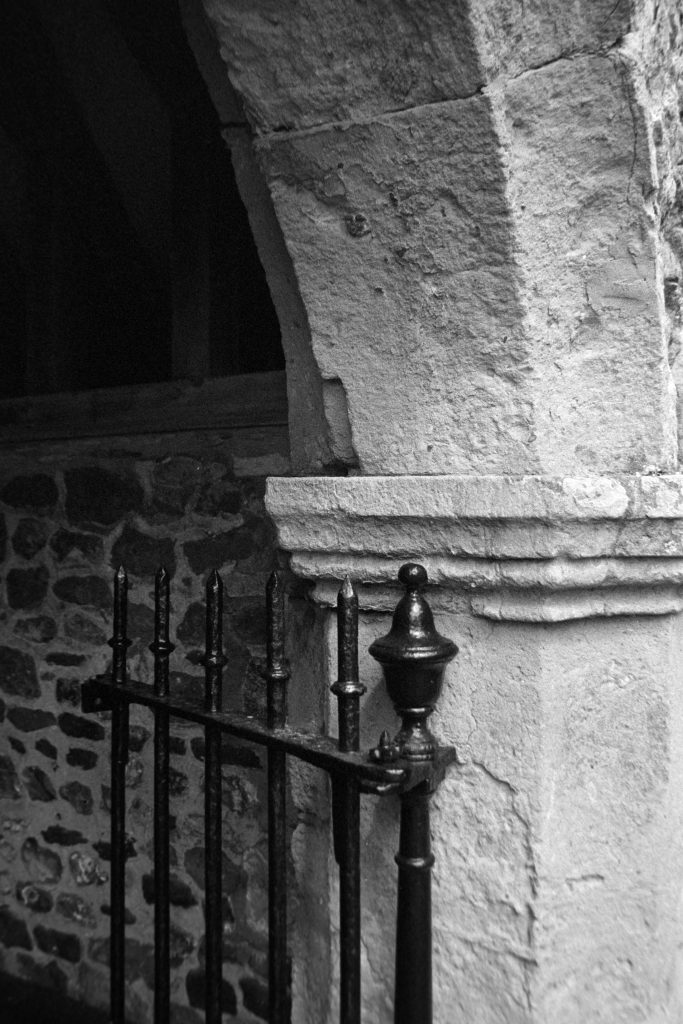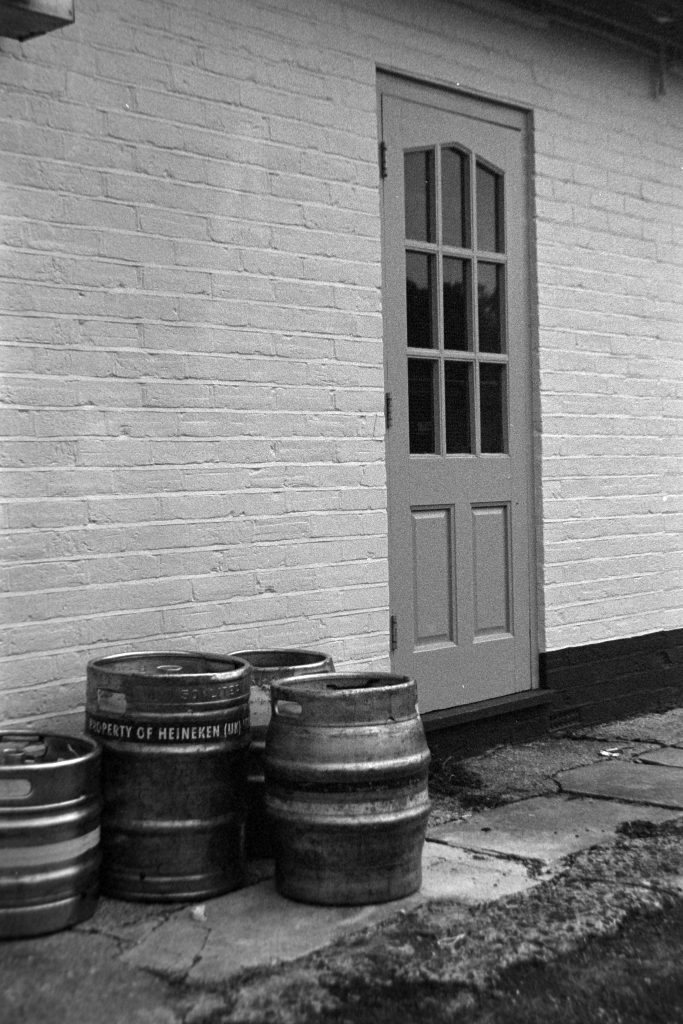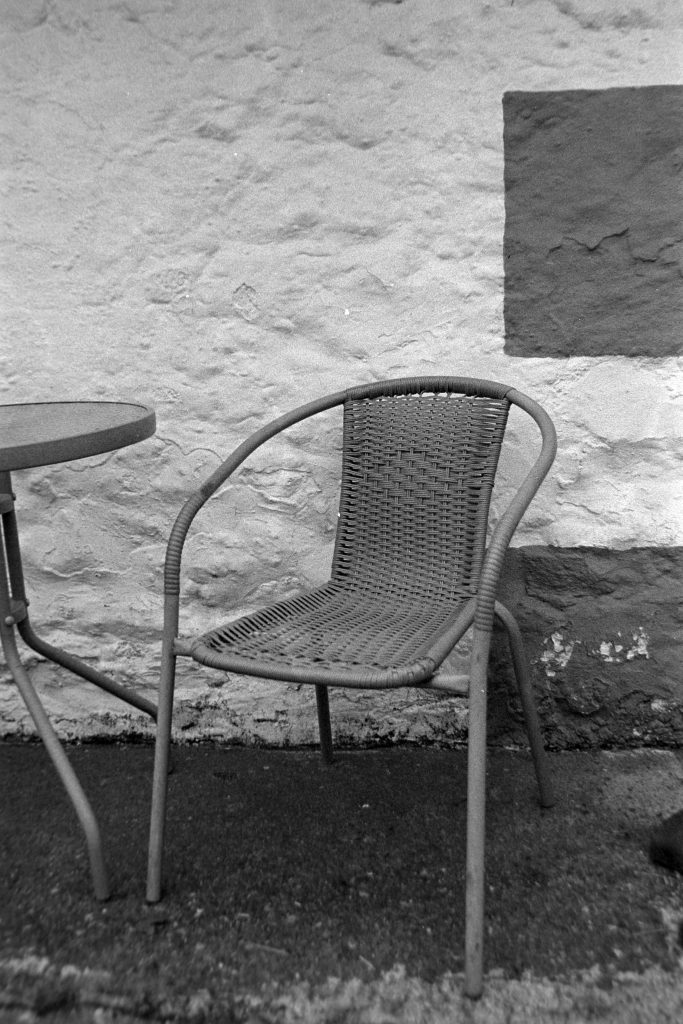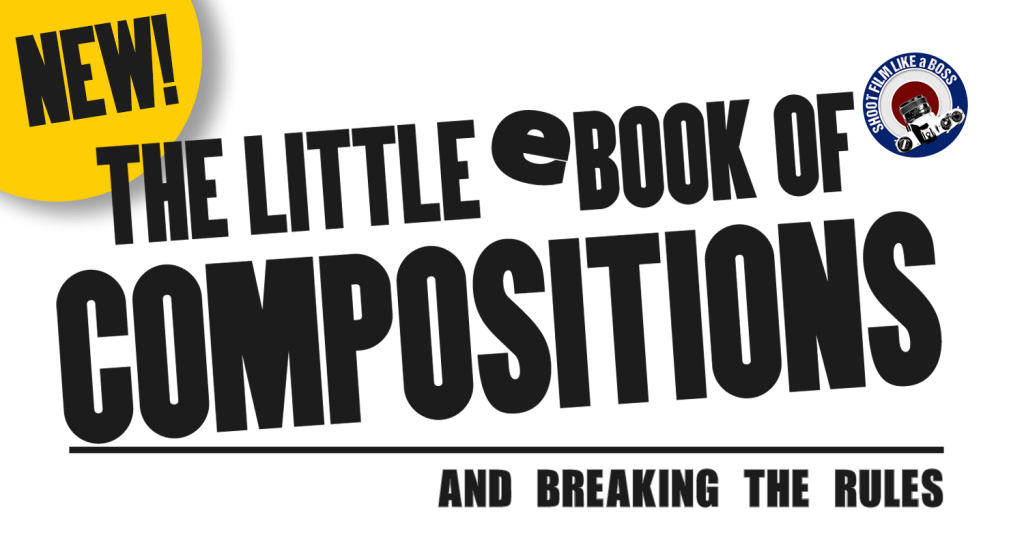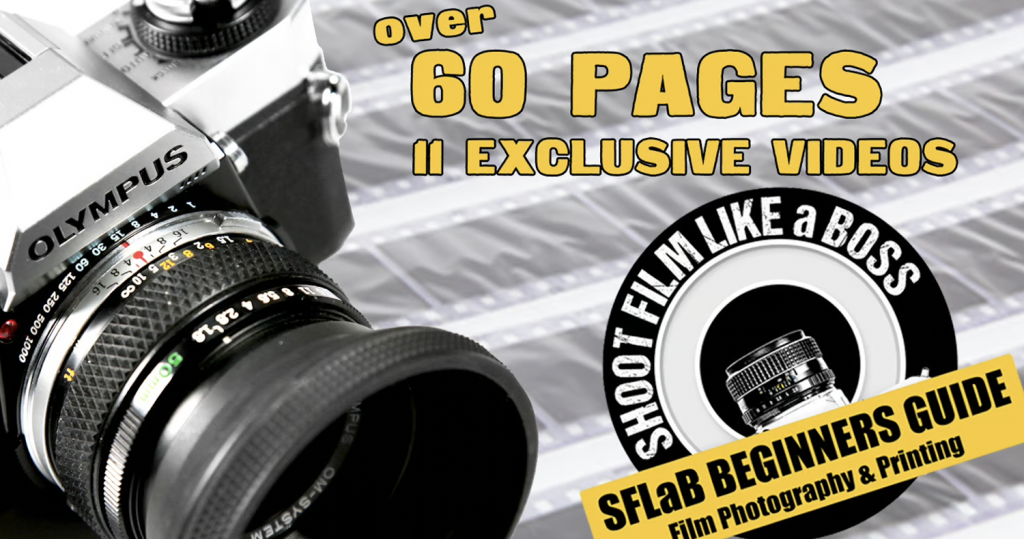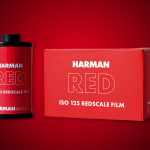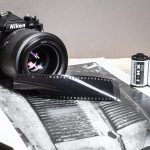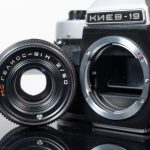Home » Uncategorised (Page 5)
Category Archives: Uncategorised
Ilford Fp4 on Large Format
It’s a Saturday morning and it’s raining outside. I like photography but I really couldn’t be bothered to go out in the rain. trust me, I thought about it and even started wondering what camera to take, but then I thought… It’s Saturday morning. I’ll watch some TV… Nope, I’ll take some photos indoors…, nope, I’ll watch some TV.
So I did. I sat in my TV chair which is next to a large patio door and down near my feet are a stack of packaging boxes that my Daughter uses for mailing out her Wax Scents. The light coming in from the window onto the packaging boxes looked beautiful and I stared for a while and then I took a photograph on my phone.
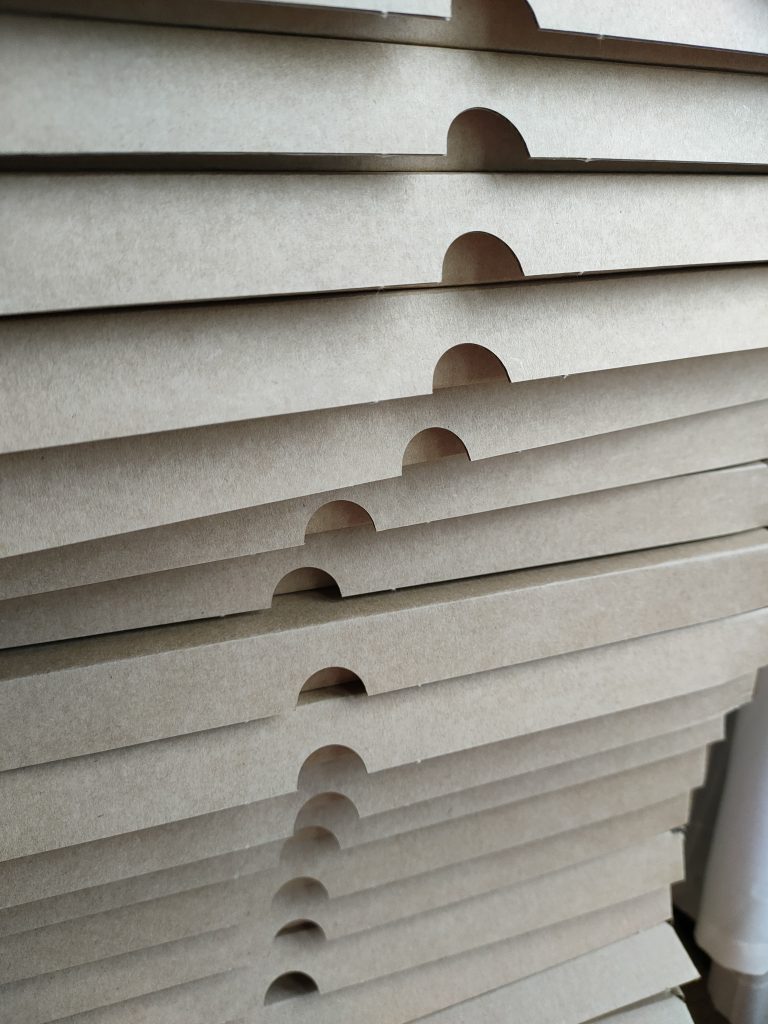
I noticed the light wrapping around the boxes looked really nice and I wondered what I could do on Film. This is one thing I love about Large Format. I can set up and take just a couple of sheets. Thats what I did. It just takes a while to set up and compose, which I don’t mind. It’s Photography on a super slow scale!
I grabbed my Intrepid 4×5 Camera, a Schneider Kreuznach 90mm lens, a cable release, light meter, grey card, Film holder and Ilford Fp4 sheets.
It took me a while to get the movements and composure for the photograph. I set the lens aperture to f/45 and proceeded to find my shutter speed for the scene using the Sekonic Light Meter in Spot Mode.
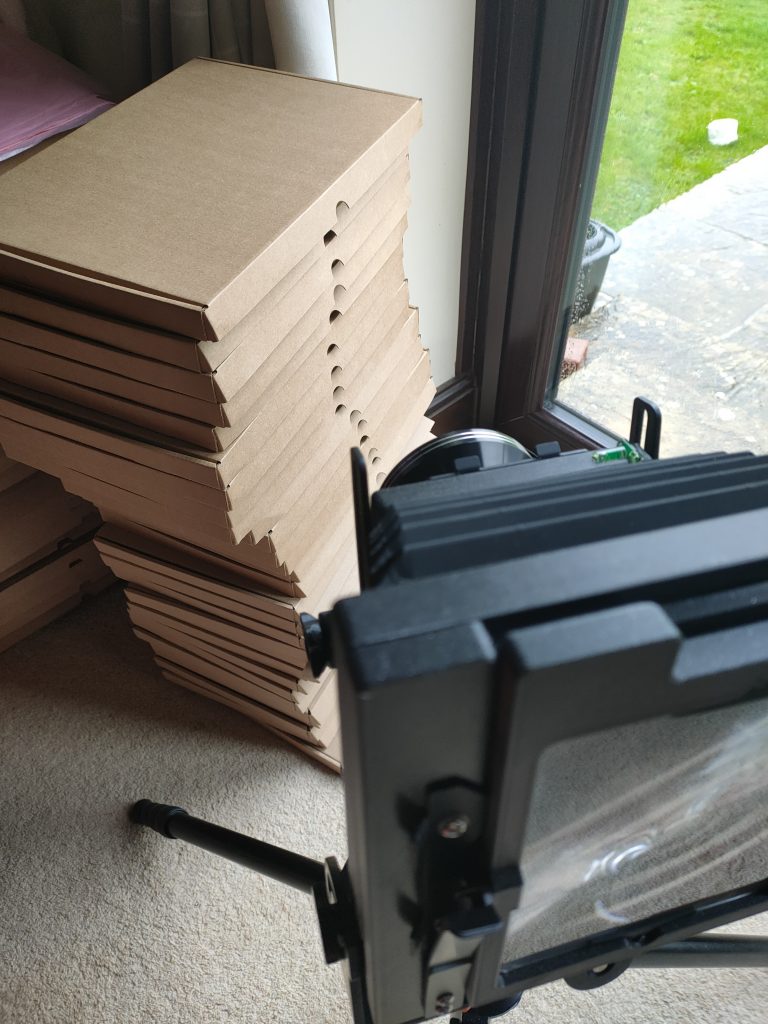
I placed the grey card just on the corner of the boxes and toward the camera. I wanted to get detail on the shaded part of the boxes for which, you can’t see, but I had a white reflector bouncing some light back in.
The meter gave me a reading of 15 Seconds at f/45. I am now into reciprocity failure territory! But, before I calculate that I have to measure my bellows factor. That came in at 160mm from the lens board to the back of the film plane. My lens is only 90mm so I know I need to allow for the bellows or my photograph will be under exposed.
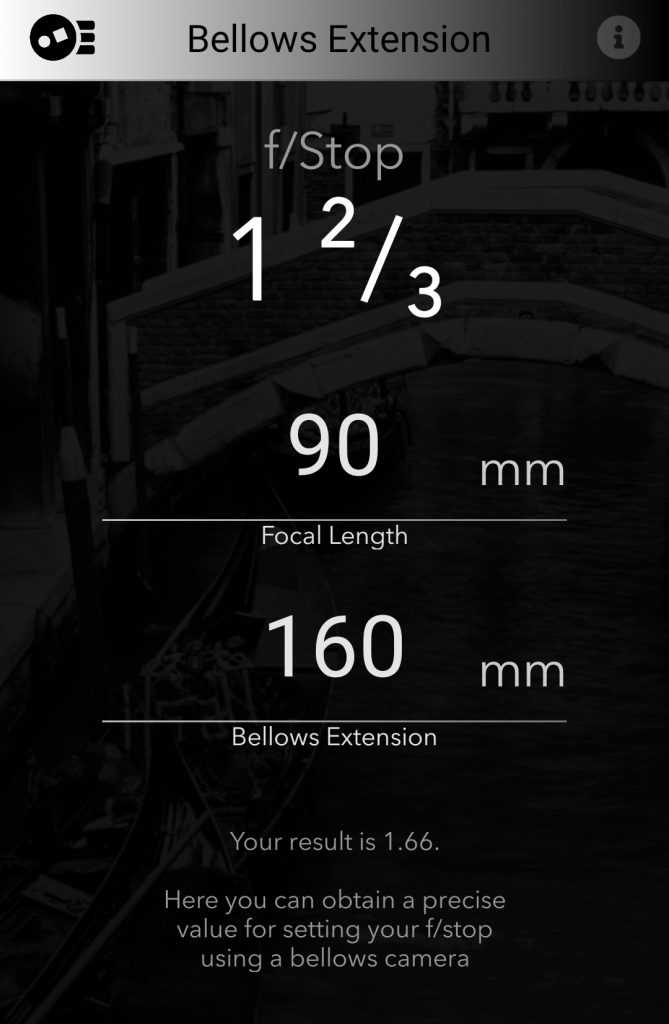
You can see I had to allow for almost 2 stops extra!
15 Seconds plus 2 stops is 60 Seconds. But I chose 45 Seconds.
Reciprocity Failure for that FP4 Film I worked out to take me to 121 Seconds. That was my exposure time for which I then proceeded to take my photograph.
I then took another photograph changing composition which gave me slightly shorter bellows so I compensated accordingly. I also metered with the Gray card pointing toward the window and not the camera.
I developed the two sheets in Rodinal at 1:50 in my Stearman Press Tank which holds 475ml of working developer. I put 9ml of Rodinal into a 500ml of water and proceeded to develop the sheets for 14 minutes with 5 inversions to start and then 5 inversions on the minute every minute. Stopped with just water and then fixed with Ilfords Rapid Fixer.
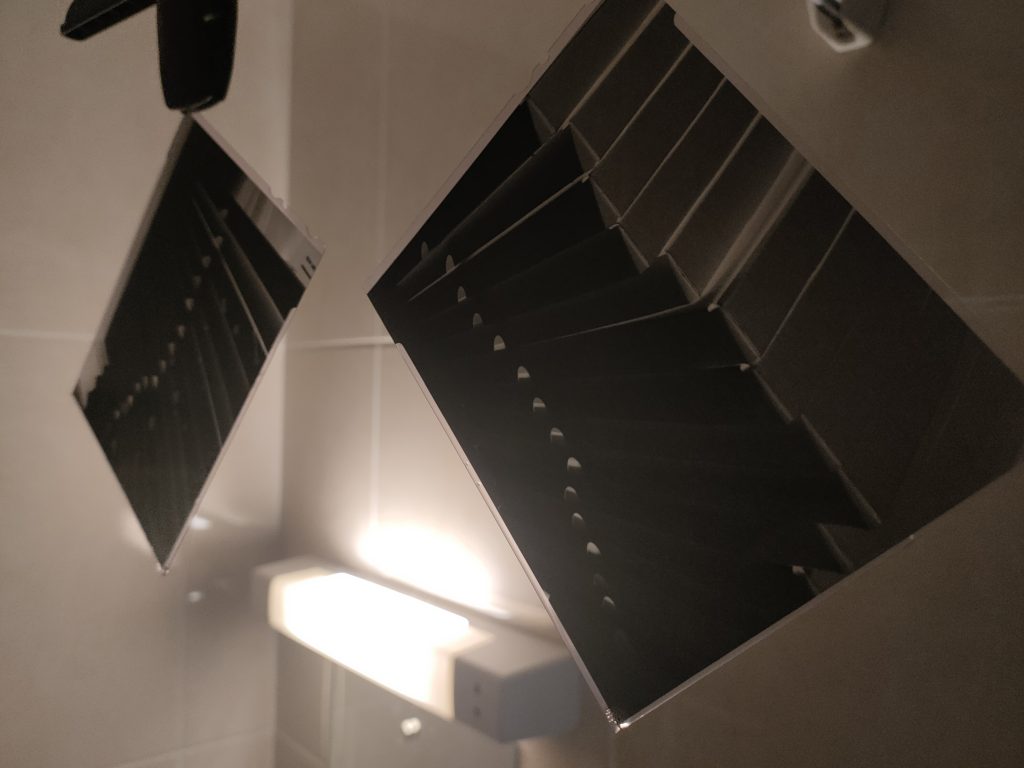
I was pleased with the way the negatives looked (although they may look dense in this photo hanging). I was hoping for more than usual grain and a contrasty negative.
This is the first Photograph.
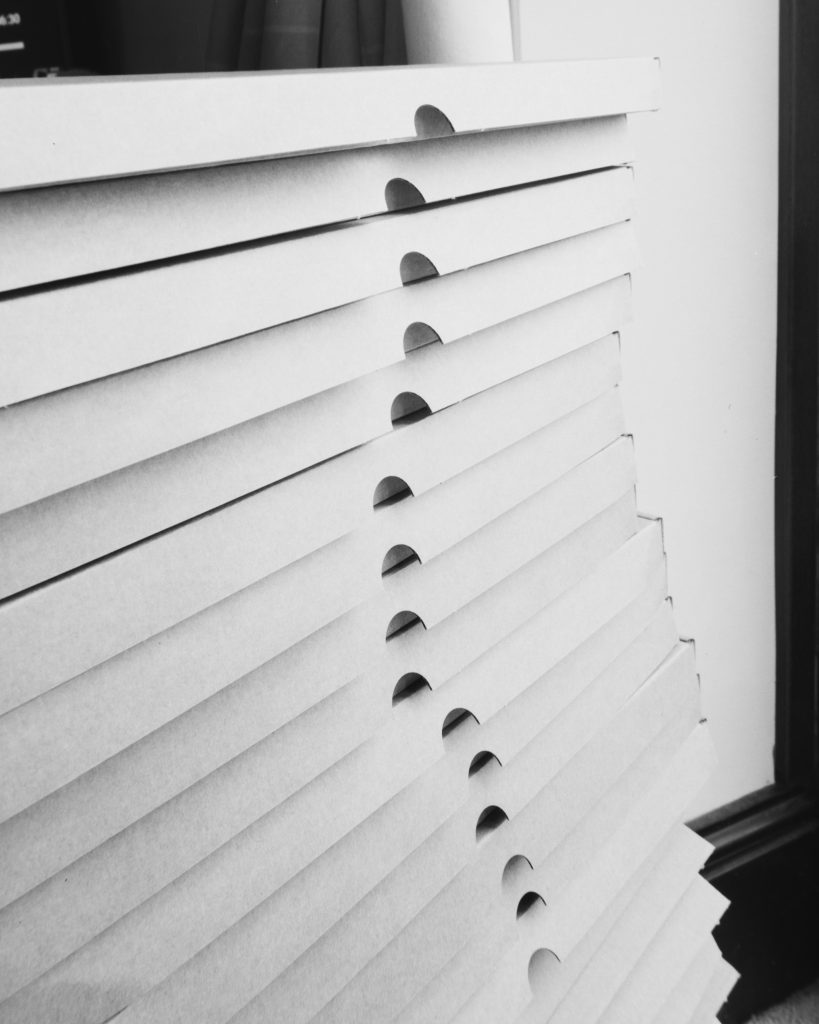
I think by metering on the grey card toward the camera was a mistake. I should have metered it looking back toward the window as I was clearly over exposed.
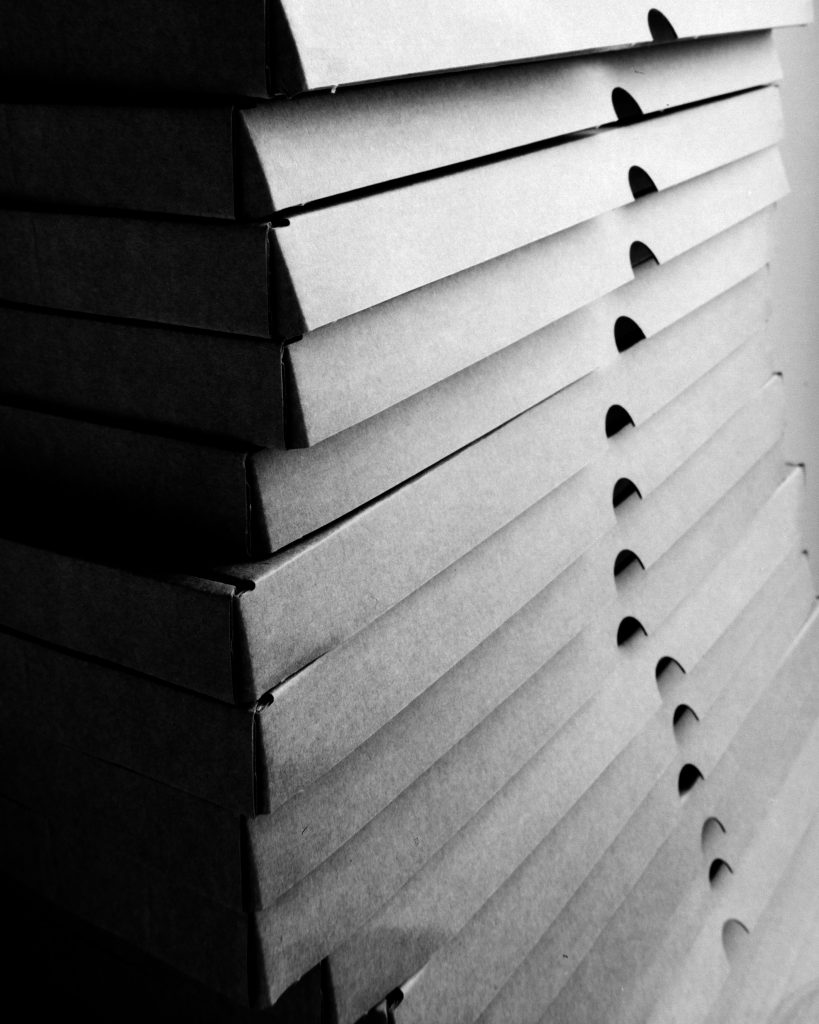
This photograph was much more where I wanted to be.
It’s difficult to know if my over exposure was due to the times I chose or if my development was too long. I feel as if I developed these at a few minutes less I would have had a flatter, more pleasing negative.
Whichever I now have this on record for another time to reflect back on.
Losing Inspiration?
We all go through a mental block and I get messages from people asking where I get my inspiration from as they are having a blip in their own photo journey.
Here is a photograph from a roll where I felt uninspired a while back.

Sitting indoors staring out of the window I had a few hours to spare and wanted to take some photos on my Leica 3F loaded with a roll of ORWO UN54. But nothing was coming to mind.
I was literally overthinking and had ideas and visions literally flashing in my mind but nothing was sticking.
I was putting obsticals in every idea I had.
The films not fast enough for this, the sun is too bright for that, that’s too far to drive, I’ve shot that before and it went on and on.
Its not good to ponder like that sitting indoors. So I decided to get out in the car and drive.
With the Leica and Light Meter sitting next to me in the car I drove away from home and literally headed off without a clue what I wanted to shoot. But, at least I was out. And something may catch my eye. Even if nothing happens in the car I know I can park up and walk.
Well, as it happens I was driving along a road where there is a school and opposite the school is a large green area with a few trees.
I decided to park in the school car park and walk for a bit. At this point I was still feeling uninspired and nearly drove back home to save the film for another day.
I then saw this man sitting on a wall by the roadside smoking a cigarette. His feet were placed on the road where the double yellow parking lines were and around his feet were the autumn leaves.
A vision flashed in my mind at that moment to get on my belly and take a photograph of the double yellow parking lines coming right into the lens and in the background this guy’s feet.
Too late. The guy flicked his cigarette away and walked off. Probably a good job for me too as I would have looked like a right odd ball taking a photo of his feet from the floor on my belly.
So I kept the idea and took position. 
I decided to keep a wide open aperture and this was the scene I had in mind, except without the guy’s feet
From there I found an interest in the leaves. So I decided to take more photographs of the same style concentrating at what I saw at belly level!
It was late in the afternoon and the sun was relatively bright but I chose compositions more in the shady areas. Which wasn’t hard as the sun was low.



You’re probably thinking I’ve lost the plot but I suddenly found this inspirational challenge. And above all I was enjoying taking the pictures. 

And these scenes were all around me so I hardly walked but a few yards from where my car was parked. And I took my time also. 
So from one moment sitting indoors pondering over my thoughts to getting out in my car, parking up and seeing a guy sitting on a wall lead to these photographs. Are they great?… Not really. But they’re not bad either for breaking what was a blank void in my head an hour or so beforehand.
My photography doesn’t always have to end up in a frame. I like the idea of that but if I haven’t got a picture I feel is worth framing then at least I have had fun doing what I enjoy and some more negatives to add to my folder. You never know when you’ll need one of those images.
So when people ask me how I find inspiration I just have to get up and get out with an open mind and see what comes of it. I nearly went back with a full roll of ORWO, well, actually, I went back with a few frames which I used on George. But I’d have done nothing pondering my thoughts indoors.
Other times I will set myself a challenge. I’ll give myself a subject and then go where I can get pics.
Today I’m going to shoot…
- Shadows
- Lines
- Shapes
- Stressed items (rust, rotten wood etc)
- Shoes (yes I sat on the floor in Oxford Street, London photographing peoples shoes as they walked past)
- Pigeons
- Glass
- Reflections


There are so many subjects you can challenge yourself with.
Other times I’ve opened a book, closed my eyes and pointed to a word on a page and used that as a subject! Unless it’s ‘And’ or ‘The’… But you get the idea.
And of course there is always challenges indoors if you don’t feel like getting out. My usual favourite is available light or window light. Or sometimes set up some lights just for a composition on a subject.
Using a light panel for a Large Format photo of the Buddha

A lamp I used to light a pumpkin and I kept the lamp in also.


I hope this little post has helped anyone that is struggling a bit for inspiration and ideas. It happens to us all from time to time and if you’re like me and love taking pictures then try a few if these ideas. If you’re really struggling just take a break for a short while and let your mind recharge it’s creativity.
Roger ?
Large Format Journey
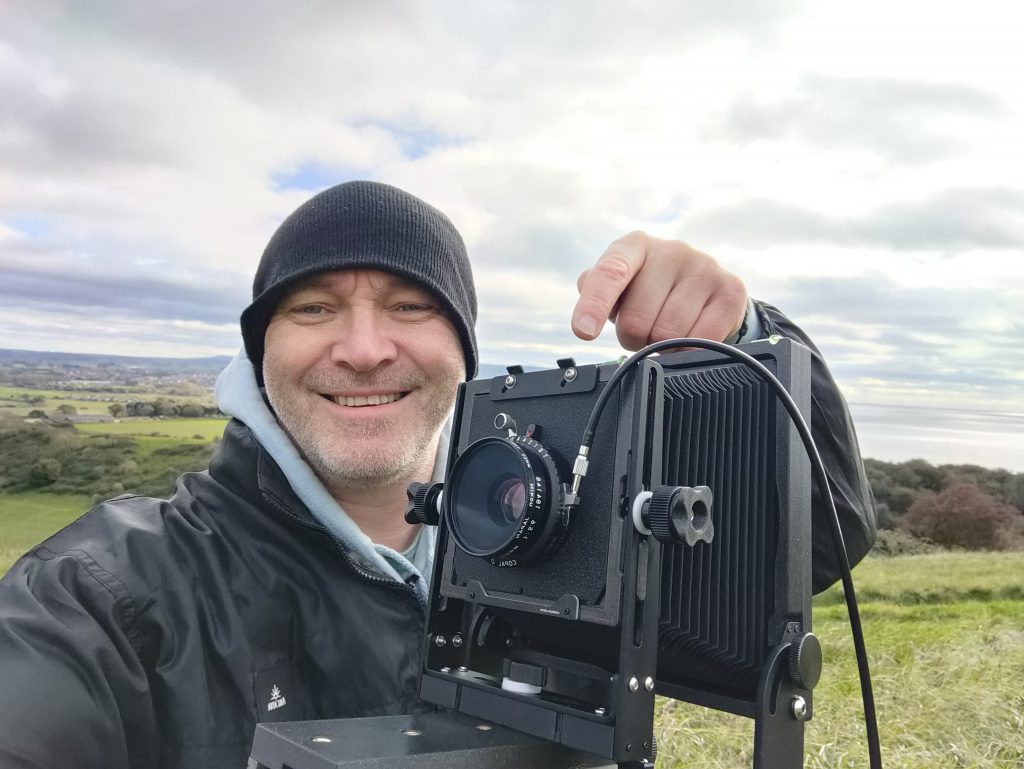
Here we go! I have longed for this journey for years and I am finally on my way.
Before I flirted with film I actually wanted to get into wet plate collodion photography but a used Nikon F90X and a roll of FP4 was a lot cheaper. So I kicked my wet-late obsession to one side and started shooting 35mm. Scanning negs never interested me. If I was going to shoot film it had to be the whole process. Shoot, develop, and print in my bathroom. As soon as I started I was totally hooked! The Zeiss Ikon Nettar was my first upgrade to get into Medium Format and with that came a new enlarger that could print negs up to 6×6. The Durst M605.
I’d always wanted to try Large Format but first I felt I needed to start with 35mm and learn as much as I could about shooting film and processing and printing.
Why Large Format?
I can get bored easily! And film photography is no exception. Yes. I get bored with it! Well, bored with having 36 or 24 frames on a roll to shoot when I only came out for particular scene! Once I have got on location and got the photographs I came to get I would often get back and cut the film out of the camera and save the rest for another shoot. Thats easy with 35mm but not so easy with 120 film. With 120 I’d get my shots and then have another ten to waste on stuff I didn’t really want. And don’t think I am going to keep the film in the camera for days or weeks at a time. I like to get out, come back, develop and print.
This is why I am going to enjoy Large Format. I can load a few sheets and get creative and take my time on just one or two scenes.
Another reason is the print. I have always liked the idea of contact printing and framing it. Simple. And also making larger prints.
And finally the creative possibilities with using the cameras functions to change the perspective of my scene.
Getting Started and First Shoot
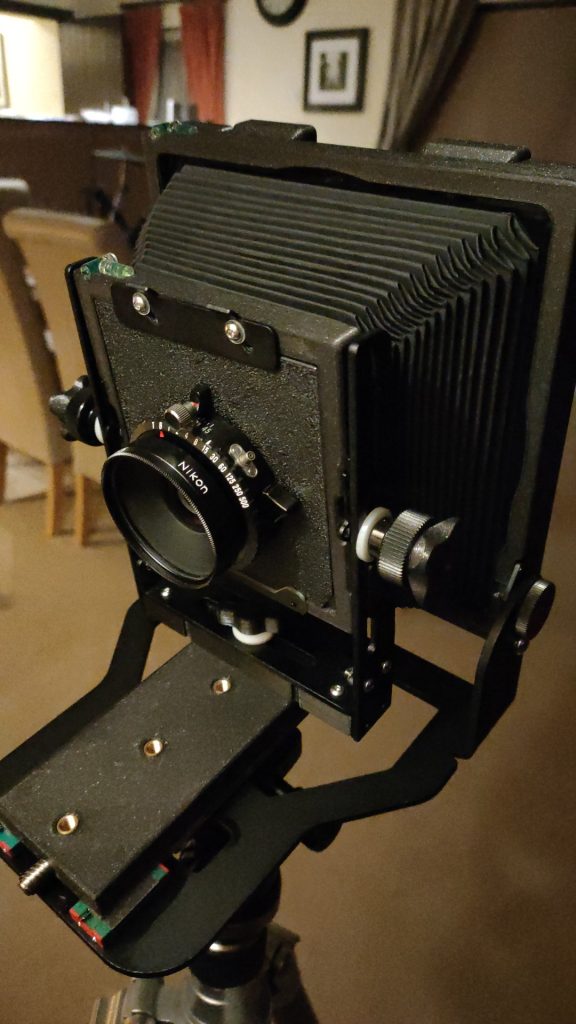
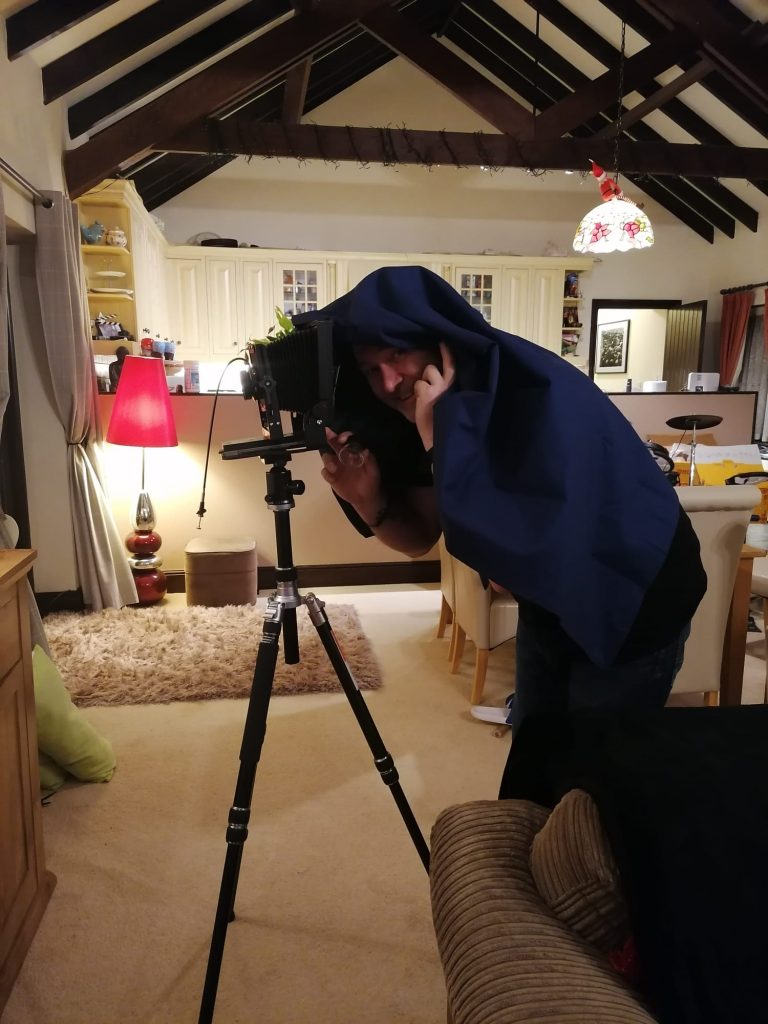
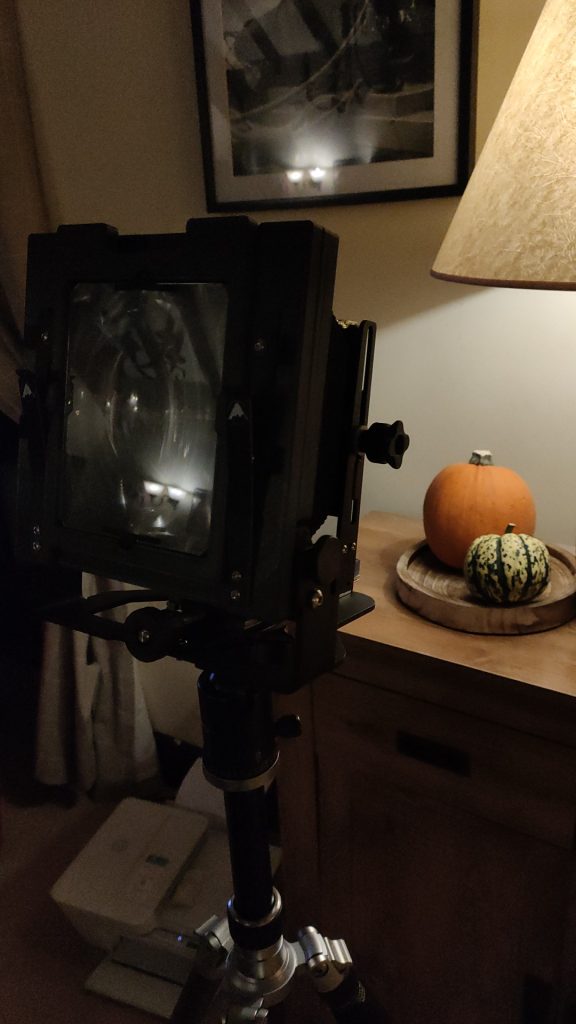
The opportunity came for me to start Large Format recently and has opened another avenue in my film photography obsession. I have myself the Intrepid 5×4 Camera and a few necessary accessories. That being Two Nikon lenses, 105mm and 210mm. Two Film holders and a dark cloth.
As soon as the kit arrived I could not wait to take a photograph. I had a scene already in my mind which was a Pumpkin nest to a lamp indoors. From the moment the camera arrived to the moment I developed my first negative was about 3 hours!
I set the camera up on a tripod and attached the 105mm lens and got my composition and focus. It took me a while to do but once it was set I then practiced without film in the back at cocking and firing the shutter. I think we all do that with a new camera! For this I had to open the lens aperture but also make sure I remembered to close the aperture for when I load the film!
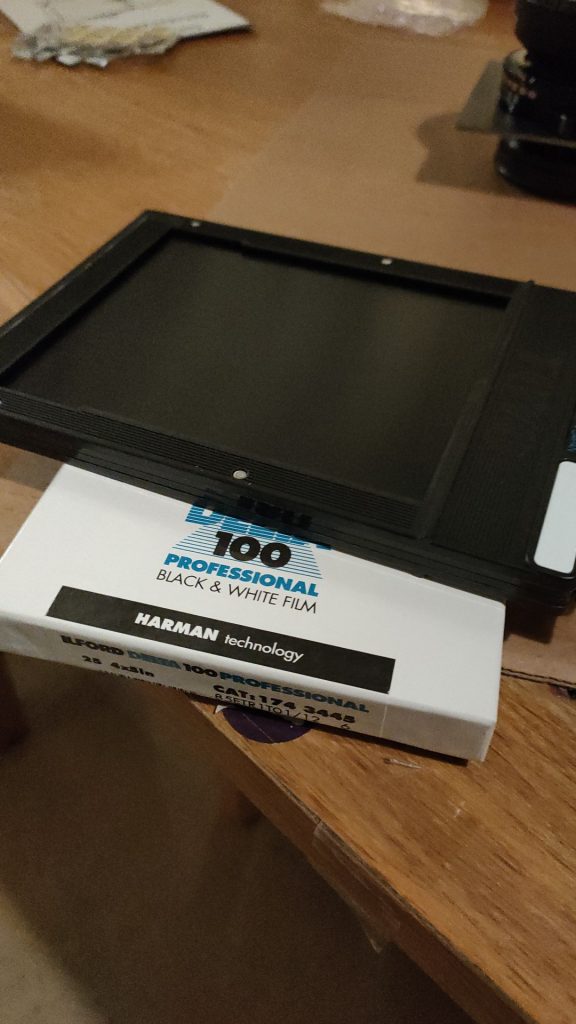
Now I had to load a sheet of film, Ilford Delta 100, into the film holder! That was a mission! I went into my darkroom. I had never touched sheet film before. I opened the box only to be presented with another box! And then a bag. And then a folder which inside had all the 25 sheets of film. Pretty alien when you are doing all this in pitch black darkness. I now have a piece of film in my hand ready to go into the holder. Feeling the notches on the edge of the film I was sure I had the film emulsion facing the right way but then I wasn’t so sure! I closed the film box and turned the lights on and exposed the film that was in my hands. That was going to be my test sheet!
After a bit of practice I was ready to load my film, which was pretty easy to do after I had practised.
I now have two sheets loaded into the film holder and I returned to the camera and my scene. I checked one more time for my composition and focus and proceeded to slide the holder into the back of the camera. I closed the lens aperture and with the dark slide in fired the shutter one more time to double check the aperture was opening and closing. It was.
I removed the dark slide, took my photograph and then put the dark slide back in. I removed the film holder and put it to one side whilst I changed my composition for shot 2. This is where I made my first mistake! I now don’t know which side of the holder was the exposed sheet! I didn’t take note. I decided to take a gamble. The least would happen would be a double exposure and a blank film sheet. I took my second photograph and now it was time to develop the film.
Developing
I am using the Stearman Press SP-445 as my developing tank. A simple design with two trays inside that hold 2 sheets of film each. So I can develop 4 sheets in one hit.
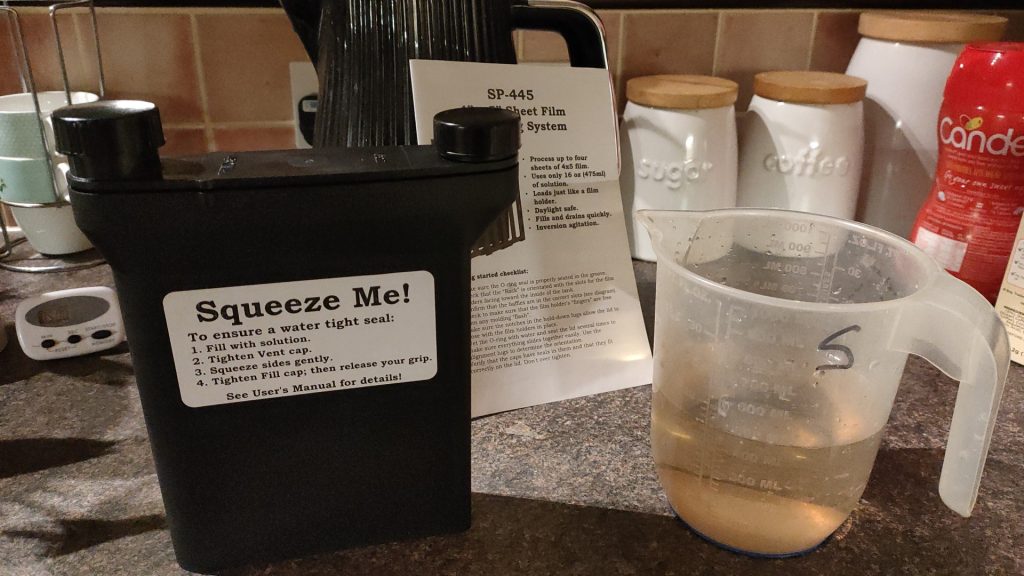
I used my test sheet to practice loading the film into the tank. Again, this was pretty easy to do all be it a bit fiddly in the dark for the first time! But after a bit of fumbling I got the sheets into the tank and came out of the darkroom to develop the film in the kitchen.
I developed the film in Rodinal 1:50 for 14 minutes and inverted the normal way I would with any other film.
You can imagine how excited I was to learn that, just by the flip of a coin, I had guessed the 2nd sheet in the film holder! Lucky bugger!
I was amazed at the size of the negatives and the detail they contained. And also at the thickness of the film itself which sat flat on my light box for me to take a picture of with my DSLR and invert in photoshop.
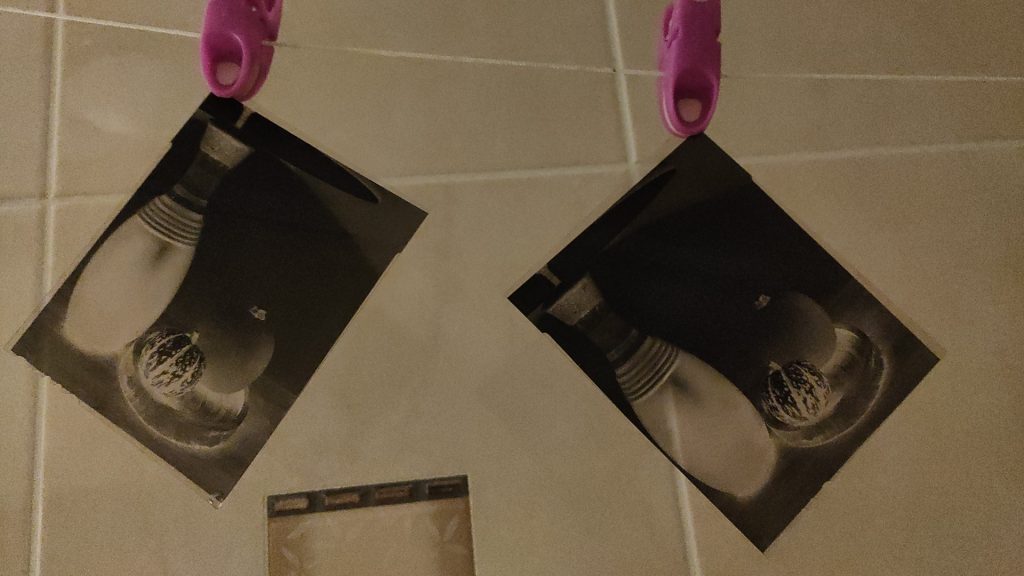
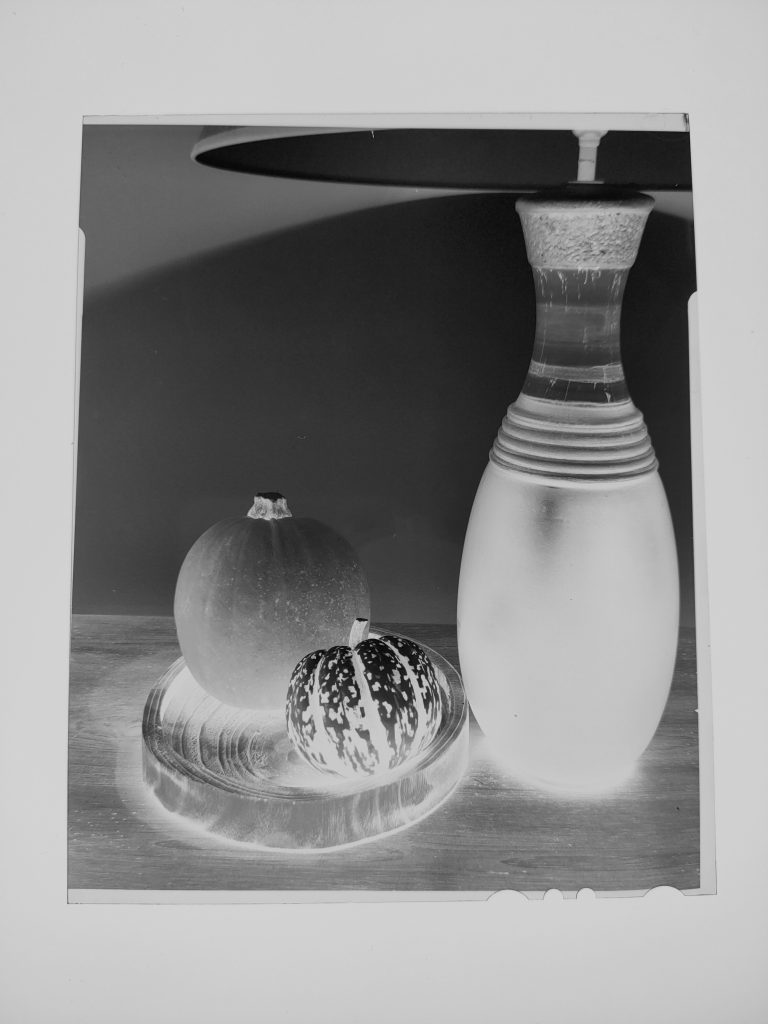
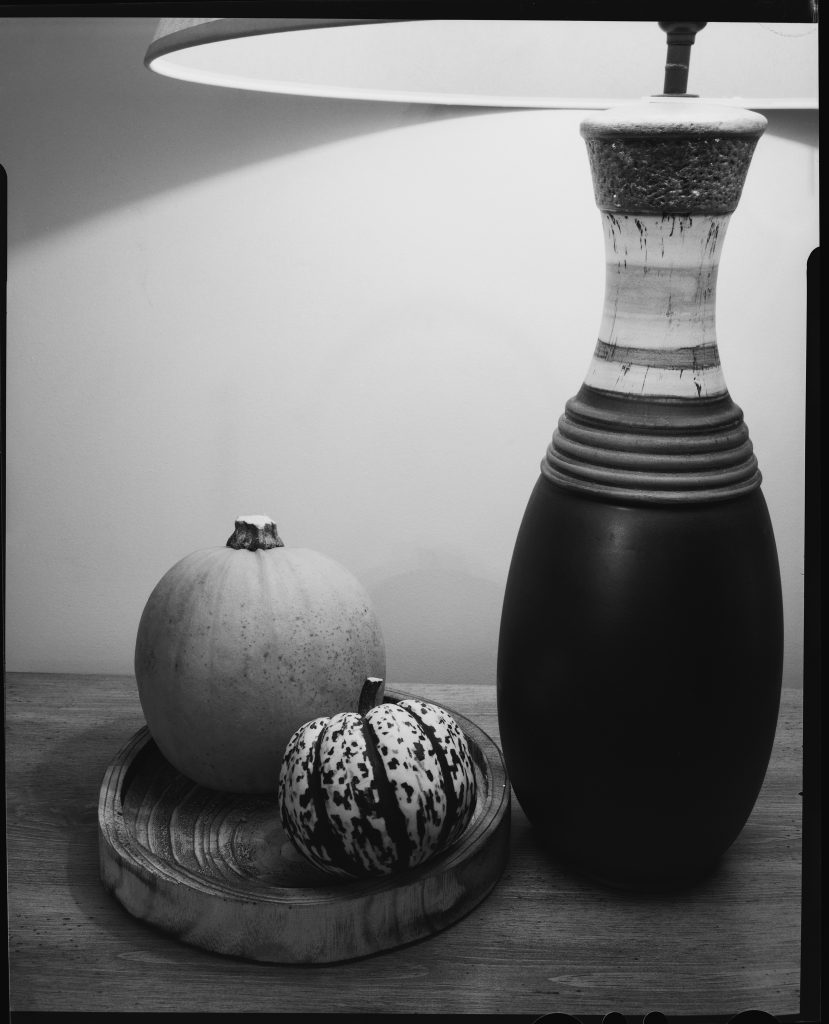
Film Holder
So, I had to do a bit of research and the penny dropped. Once I take the slide out and take my shot I just reverse the slide when I put it back in. One side is grey and the other black. So for me Grey means unexposed, black means exposed.
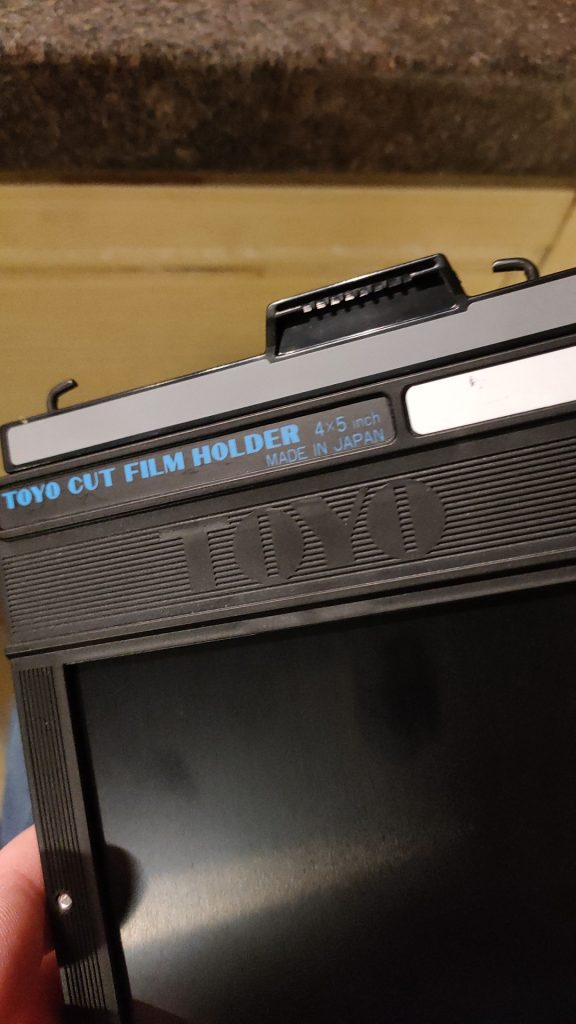
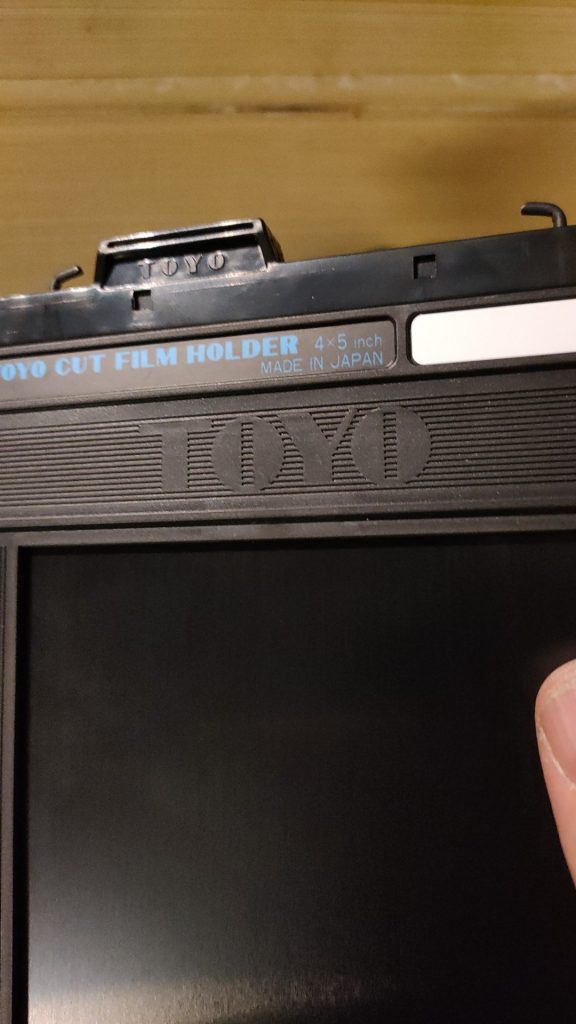
So happy I was with my results the next day I took two more of the same composition but instead used Pine Cones.
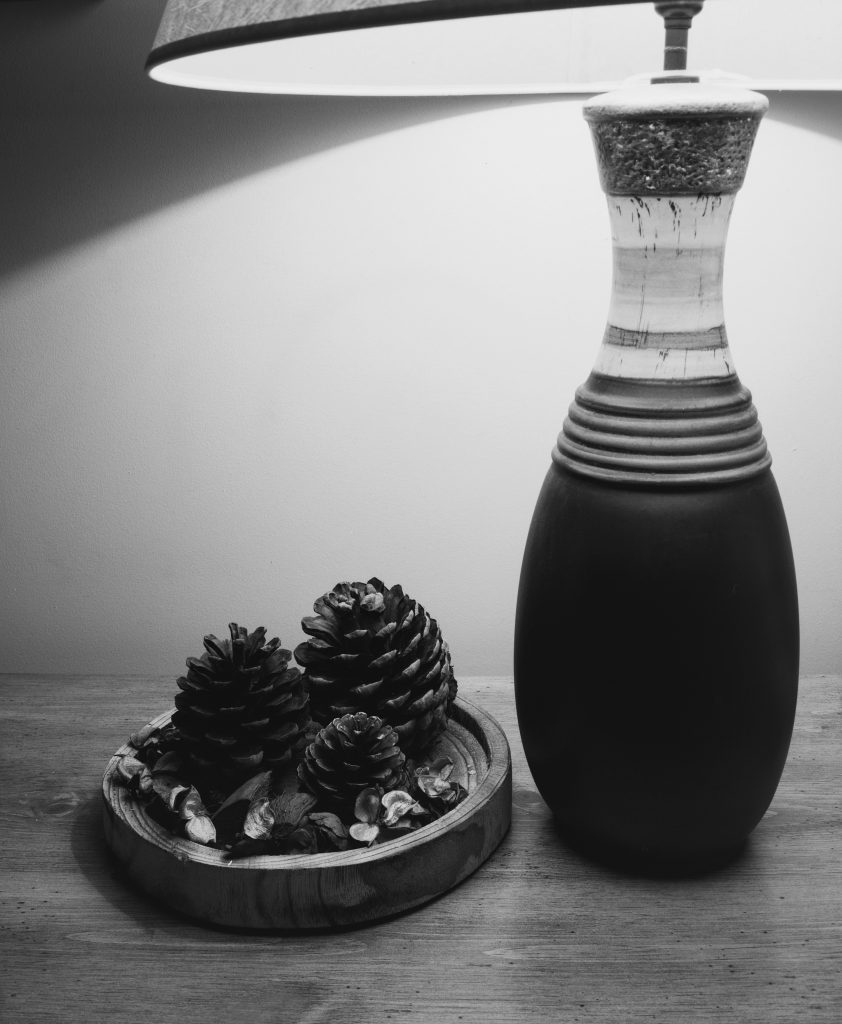
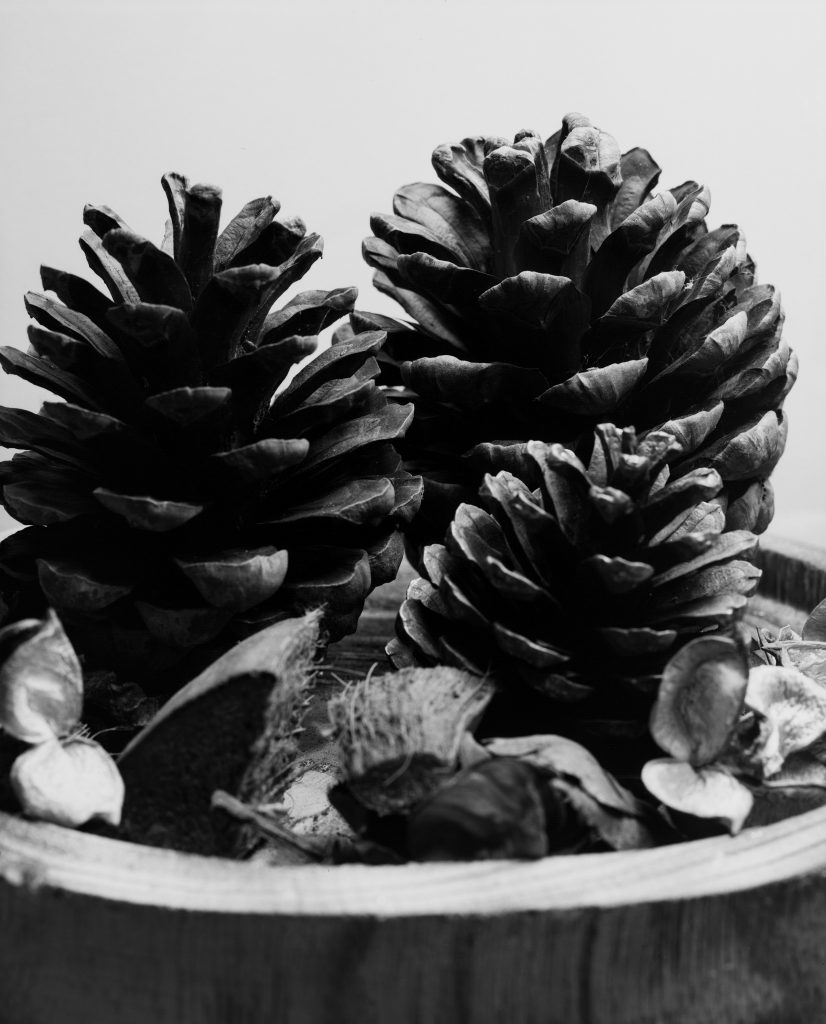
On Location
No I am a bit more confident I thought I would go to the Downs and take 4 sheets with me to photograph the wind swept trees. I made a video on this which is on the channel.
And since writing this my fourth attempt was a portrait of my Sister and her Partner using natural window light. This was taken at f5.6 and a Shutter of 1/8th.
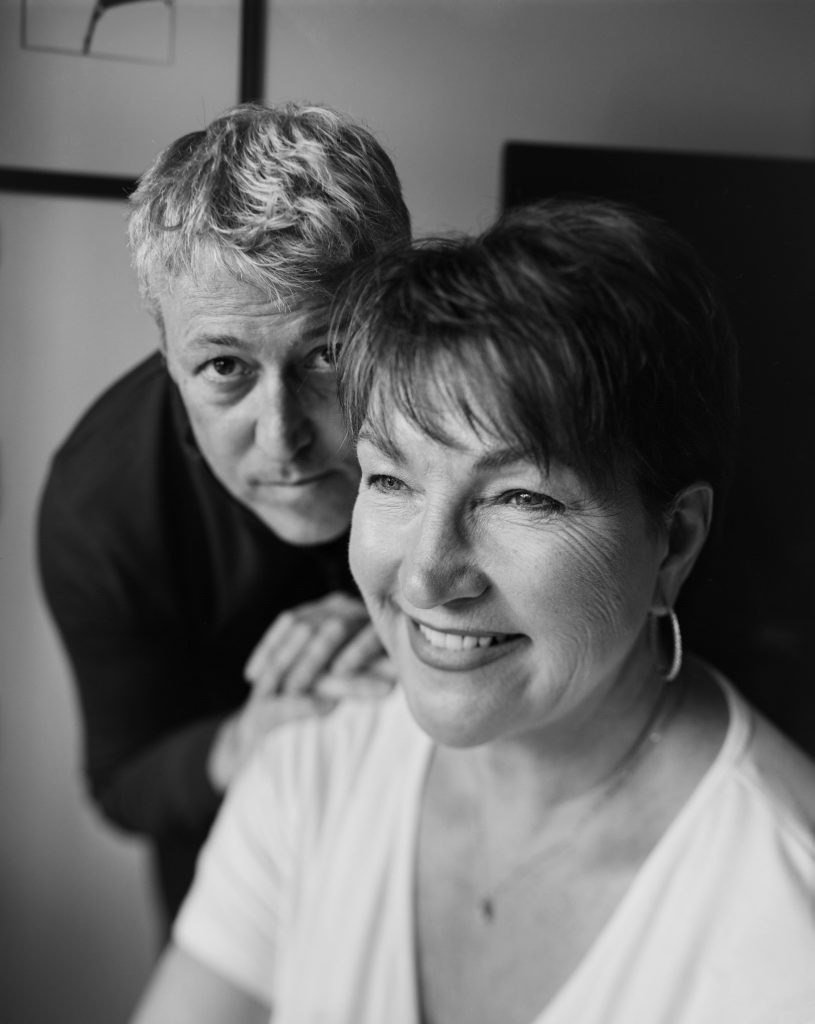
Darkroom
I do have the Intrepid Enlarger kit for this camera so I can print 5×4 Negatives but before I use that I want to make contact prints, which is relatively easy!
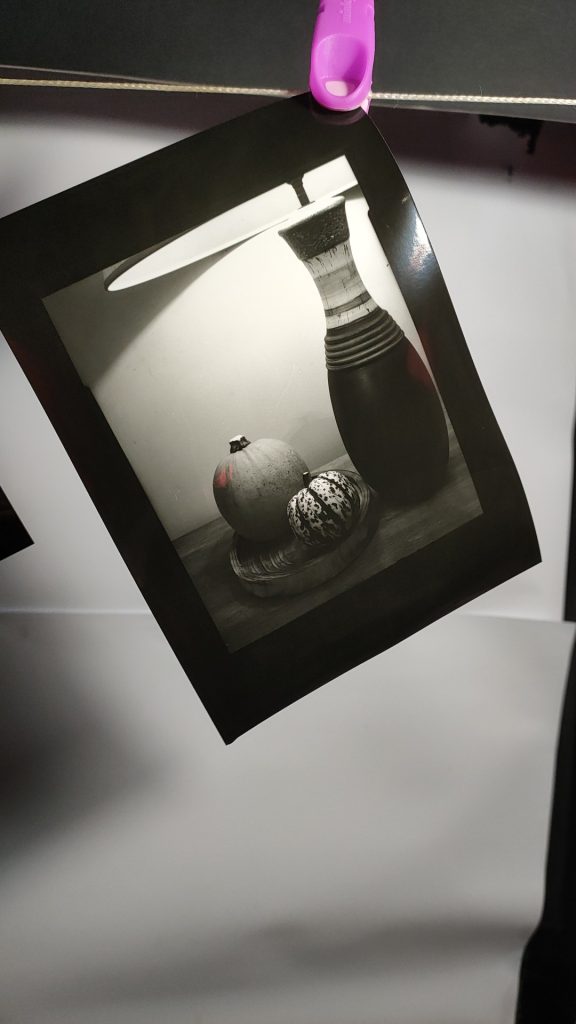
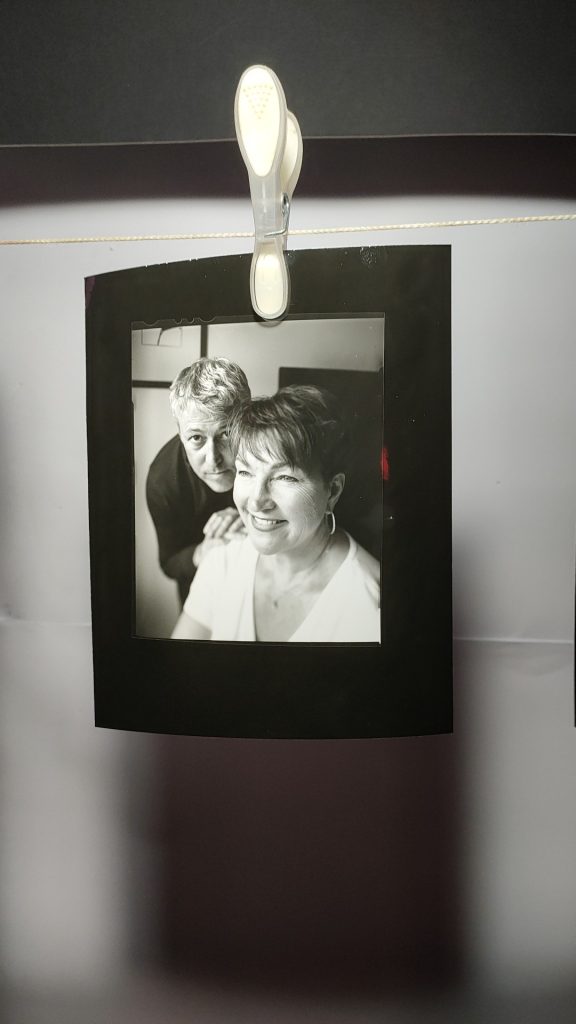
Going Forward
So with all that documented of my journey so far into Large Format I think I am really going to enjoy this new venture. Still film photography but just a bit bigger. But most of all a new challenge and lots and lots of practice and learning to come.
Thanks to all that follow my channel and support my work.
Roger.
JCH STREET PAN 400
Recently a kind subscriber sent me a few rolls of JCH Street Pan Black & White 400 speed film to enjoy.
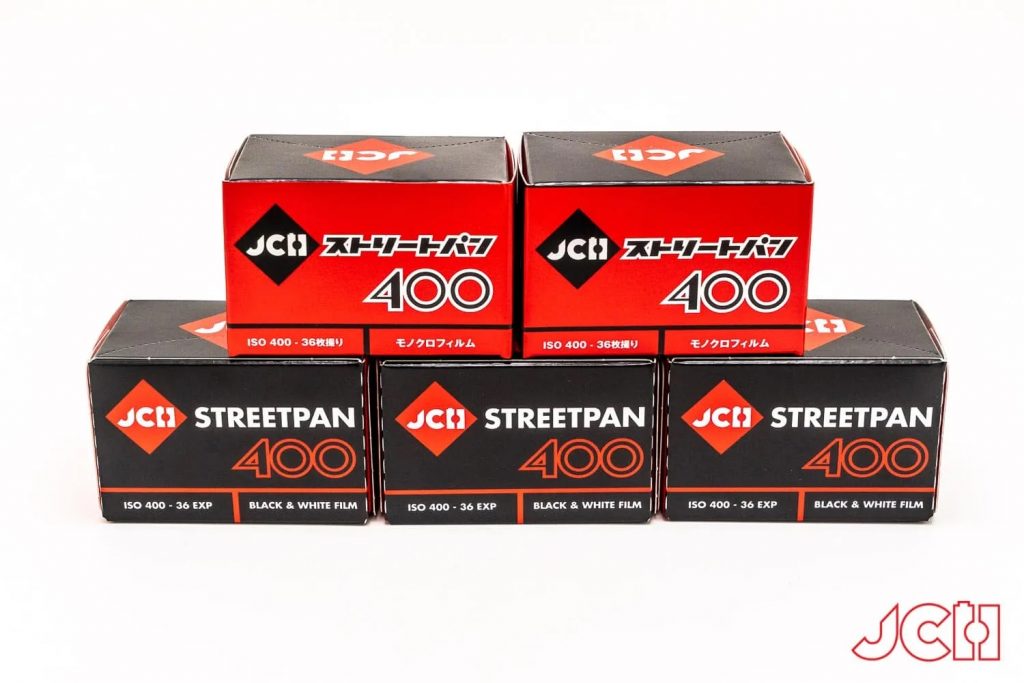
I have shot this film before but some years ago now so with this batch I decided to vlog my experience shooting the film and also share on this page the photographs I took and also my thoughts.
The film was released back in 2016 by photographer Bellamy Hunt and you can read more of the story on the JCH website.
Looking at the Big Film Database it suspects the film is Discontinued Agfa Surveillance film. These films were designed mostly for traffic surveillance. They are high speed, very fine grain films that are available in 35mm long rolls with high quality images. I’m guessing speed cameras. Whatever it is the film base has ‘JCH Pan 400’ etched all along so you know it’s fresh stock.
I found this in the JCH Website – “The spectral sensitivity is extended in the near infrared range of the energy spectrum, colour sensitivity: panchromatic up to 750 nm. As a result, the film offers excellent penetration through haze, fog and other atmospheric conditions liable to affect the image quality. Due to the reduced scattering by the atmosphere, images are sharp and well edged.
The near IR sensitivity and the strong response to red light allow for nocturne red flash photography as well as daylight photography”.
So for my experience.
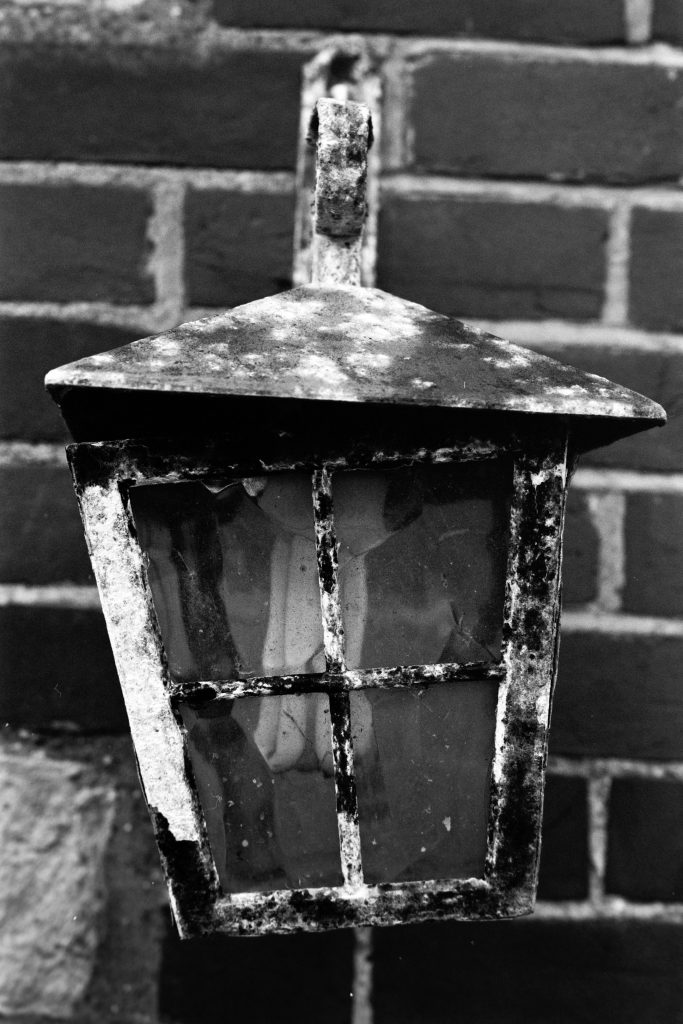
For these photographs I used a Nikon F5 in aperture priority and shot these on a light overcast day for a more even light. I developed the film in ADOX XT3 Developer and followed the MDC times of 1:1 for 17 minutes. Same as XTOL.
Wow! Deep Deep blacks and bright highlights. Yep. This film is packed with contrast and packs a punch too! Sharp and hardly any grain. Even in the darkroom under the focus finder I could see how fine the grain was on the negative.
Knowing of this films characteristics I purposely shot scenes that had dark and bright tones. I wanted my photographs to pop.
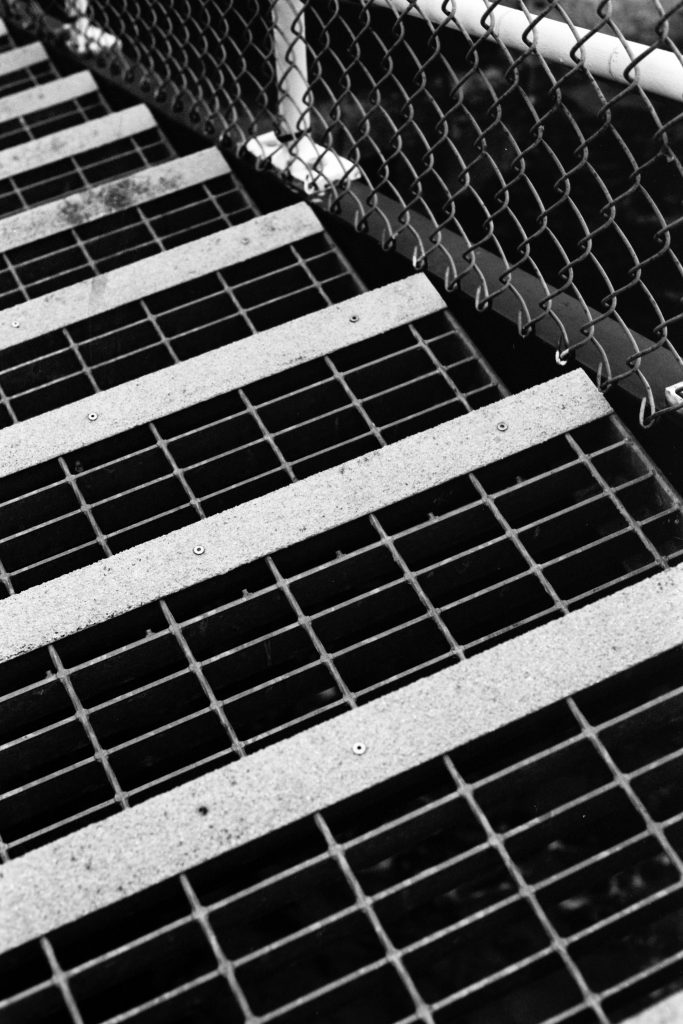
Some scenes where I purposely framed the sky and used an average metering within the F5 I soon saw for myself that this film is not great for shadows, unless you are exposing for them. You can see on this photograph.
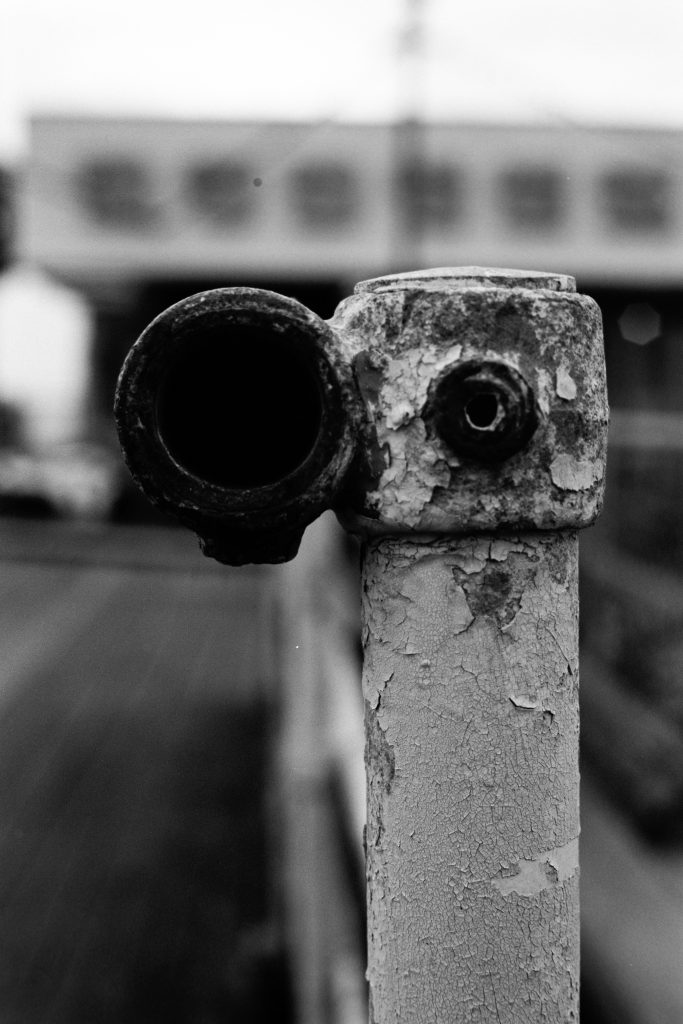
But in the right light the film reveals beautiful “inky” tones.
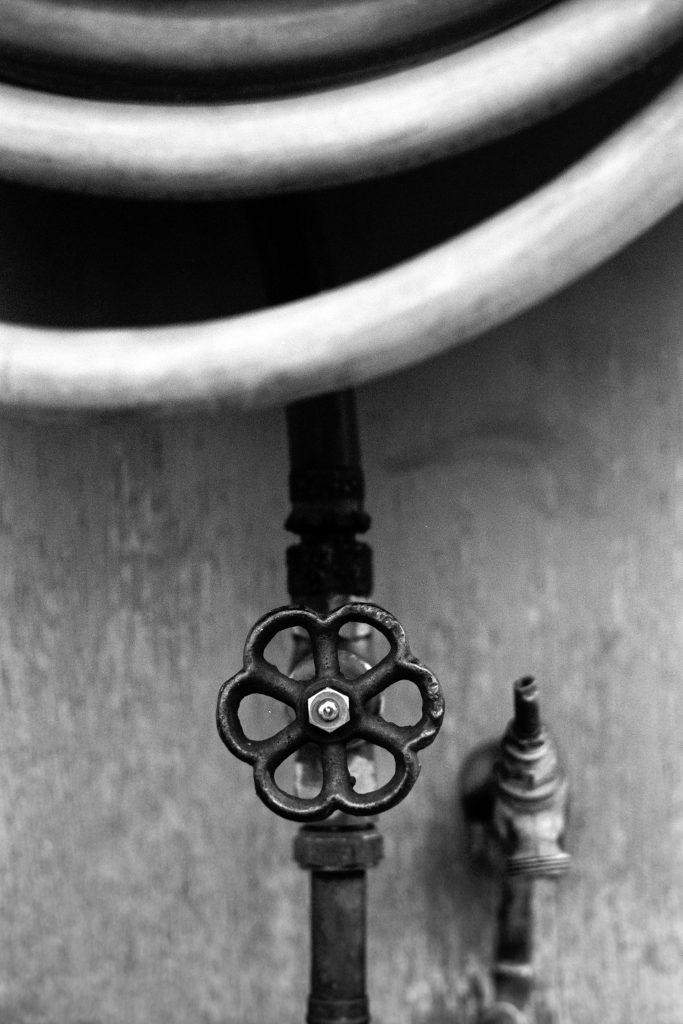
So I continued to shoot the whole roll of 36 frames around Sandown Pier and a few on the streets nearby just for my own experience going forward. Here are a few more images.
This is definitely a film you would not want to under expose! If anything over expose! And although the metering system in the Nikon F5 works incredibly well (Center weighted here), I don’t think it’s great for this film. In future I would be more inclined to use my handheld spot meter and meter for the shadows and experiment from there.
I think the XT3/XTOL developer worked very well for this film. I was going to use Rodinal but was worried I’d get even more crushed tones and more grain. I may try the film with Ilford ID11 and see how that looks with a combination of pulling the film to 200 just to see how it looks.
But above all this is a great film for an alternative look for many areas of photography. Personally I think this will suit my back street work more than any scapes. As for portraits, I imagine it could look nice with a similar feel as Ferrania P30 or Double X.
Cheers guys!
Zone Focusing
I use Zone Focusing a lot and get asked many questions about how to use it so hopefully I can explain what I know on this post. I shall try and keep it simple!
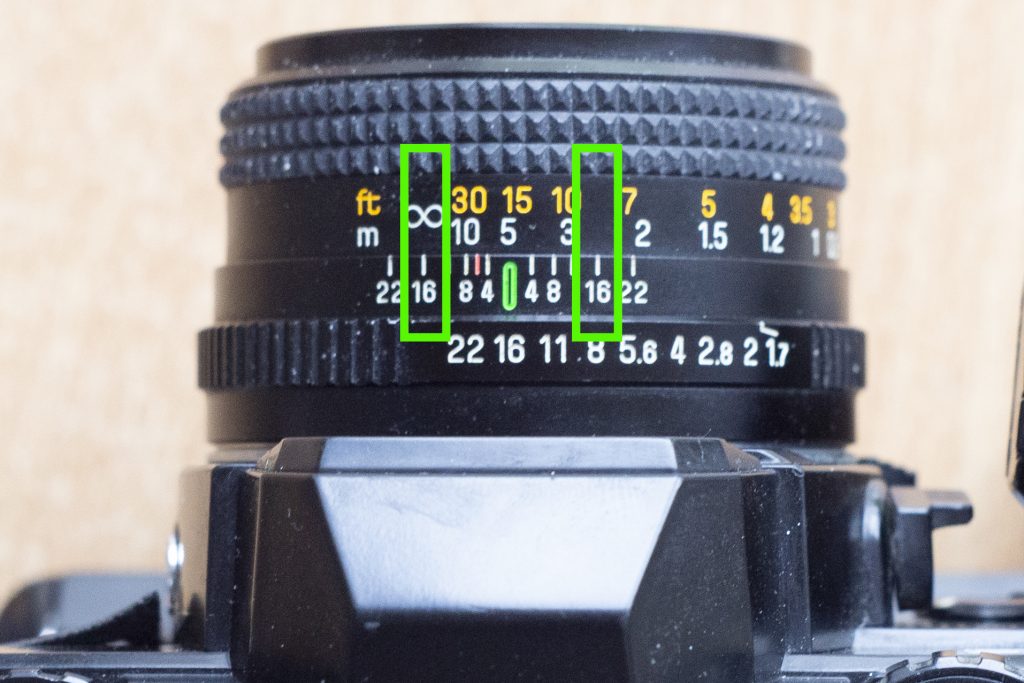
Have a look at your lens. If it has aperture markings similar to the above image you can use Zone Focusing.
Notice my aperture is set to f/16. We all know it’s a small aperture allowing a great depth of field. In the left green zone you can see an Infinity symbol. Infinity means endless, think of Buzz Lightyear! “To infinity and beyond”.
So I can set my lens to infinity and get good focus from a particular near point of distance to infinity.
In the example above I am shooting at f/16 and so I turn the focus ring until the infinity symbol is at f/16. I then read what the opposite side reads at f/16 which in feet (in yellow) is appx 8 Feet. And in Meters (White) appx nearly 3 Meters.
So when I take my photographs I know that anything in my scene that is just under 3 Meters or 8 feet is my closest focusing distance and everything will be in focus from that distance to infinity. Anything in my scene that is closer than 8 Feet or 3 Meters will be out of focus.
It’s that simple. I think this is called “Hyper Focal” when you use the infinity symbol. But I just say “Zone Focusing” to keep it easy.
Let’s take another example.
I want to go out and shoot some street photography. I don’t want to be having the camera to my eye and trying to focus each shot. That will take time which I won’t have especially to capture the action. So I will preset my focus.
I want to shoot at f/11. I want to capture people close to me at a distance of about 3 feet. Thats relatively close! So all I need to do is set my “Zone Focusing” so that 3 feet matches the aperture I am shooting and the lens will tell me my furthest distance that I can expect to be in focus.
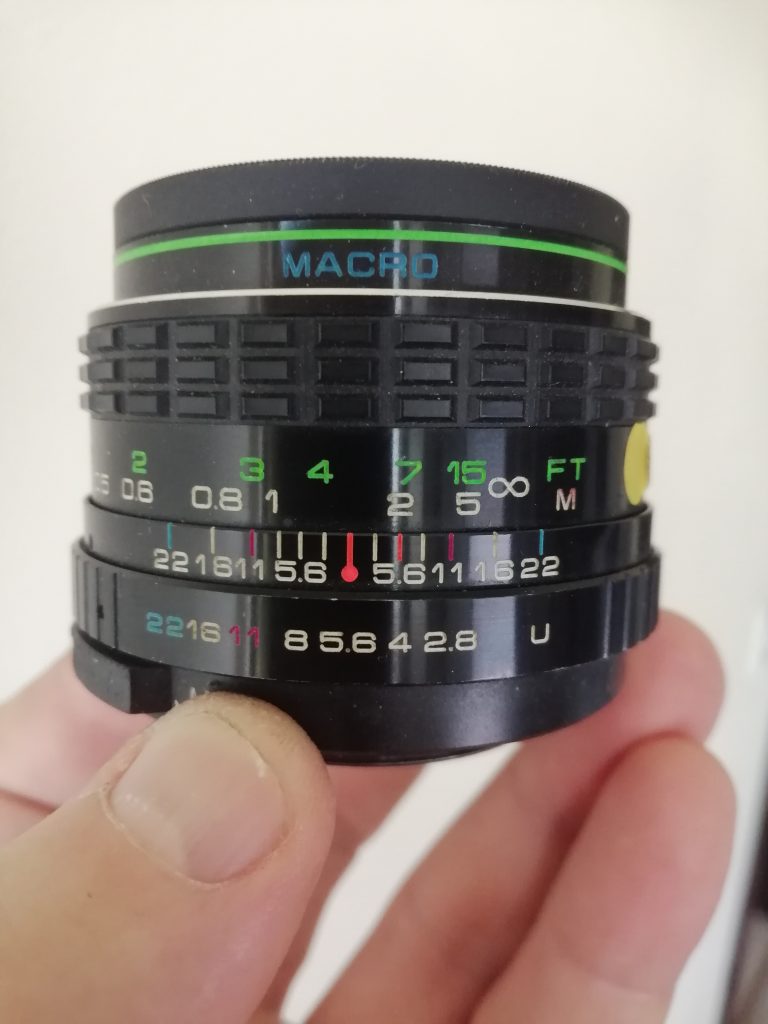
In this case you can see I have set the Zone Scale to 3 Feet at F/11 and anything between 3 Feet and just under 15 Feet (more like 12 I’d say) will be in focus. In this case anything in the middle of that distance (between 4 feet and 10 feet will definitely be in focus so I would try and keep my subjects between 4 feet and 7 feet to be on the safe side. No problem for street photography. Except anything closer than 3 feet and anything further than 15 feet will be slightly out of focus. That may not be the look you want for street photography. You may want everything in focus in which case you would need to shoot at f/16 or f/22 so you can have a larger depth of field.
In that case I would set the scale so that the infinite symbol is aligned with F/11 which would give me my closest distance at around 4 feet. (Excuse the pen on my thumb tip).
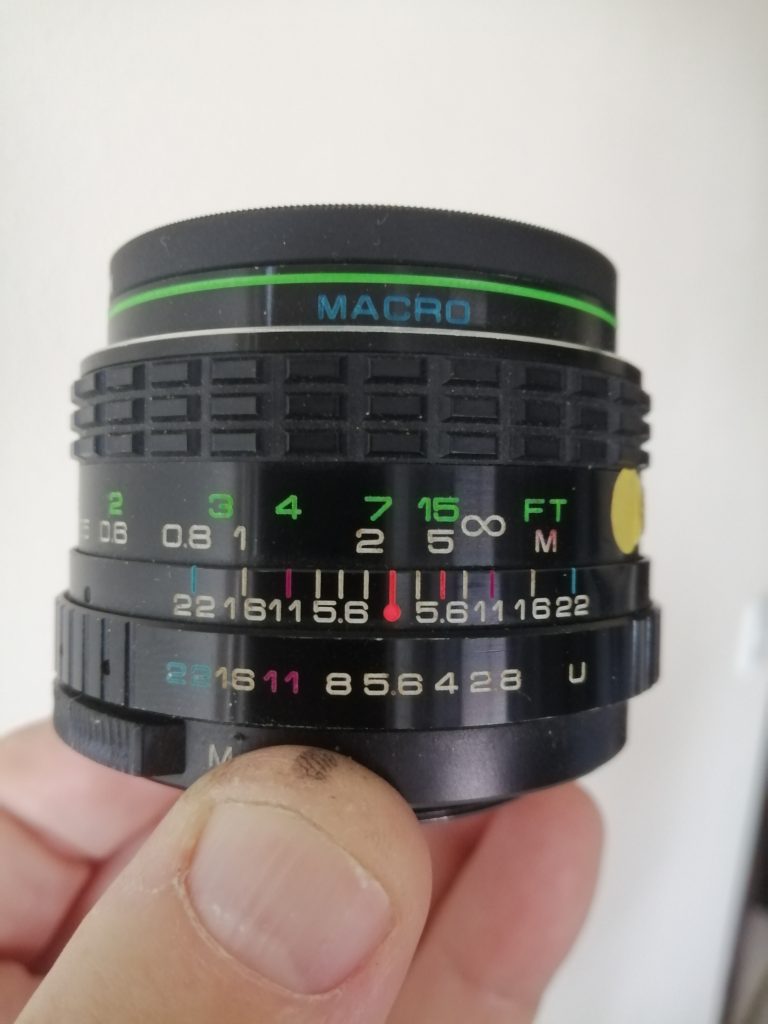
You can see from the scale that the smaller the aperture say f/22 the larger the depth of field or focus. And The wider the aperture, say F/5.6, the narrower the depth of field.
So that is all there is to Zone Focusing. Except I think if you set using the infinite symbol that is Hyper Focal. But to me it’s all the same.
So why would you use this system?
Most modern cameras have automatic focus and don’t show the scale on their lenses. More classic cameras do.
Zone focusing is handy when I am using my old view finder cameras that don’t have a rangefinder.
I also use zone focusing when I am shooting landscapes low to make sure I know where my closest focus area or range is. Imagine a small stone on wet sand. I want to make sure the stone is in focus as well as the scape behind it. My zone focusing will tell me where to place the stone if I set my infinite symbol to my aperture.
I can also use it for when I am doing low down shots and can’t bend down far enough to look through the view finder to focus.
Zone focusing is also great for street photographers as I mentioned so they don’t have to keep trying to focus. They know their zone and keep within it.
When would I not use the system?
Portraits and other close objects. With these subjects my focusing needs to be more precise such as the models Eye or the Flowers Petal.
I hope this helps anyone that is confused. It’s really easy and handy to use once you get used to it.
ORWO UN54
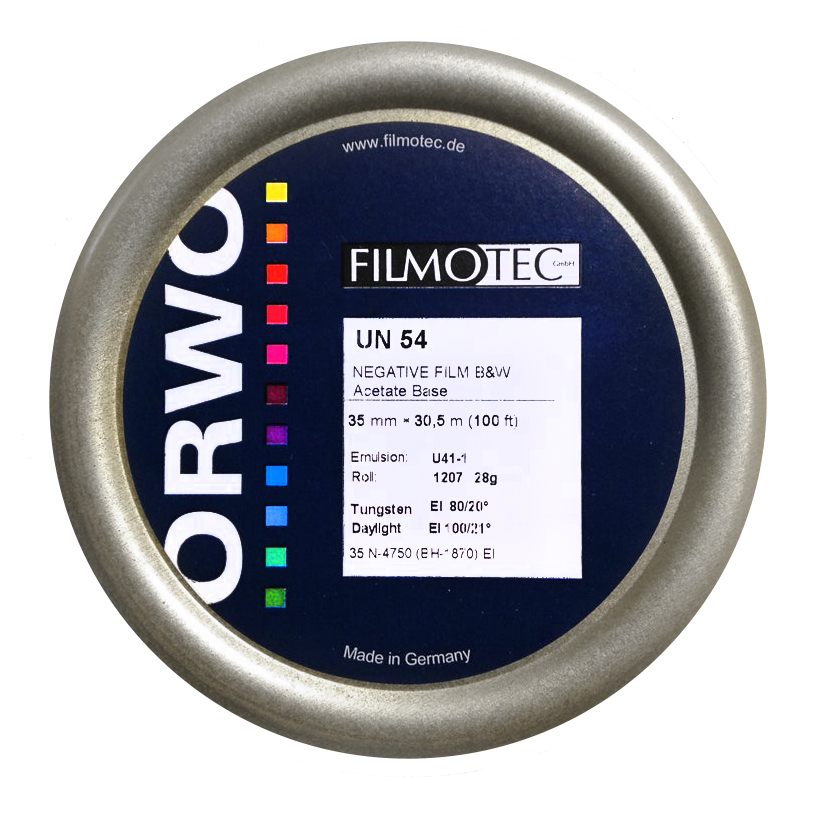
I first came across ORWO when I purchased a few rolls of Silberra 54UN from Russia. I liked the film that much and knew Silberra wasn’t the manufacturing the film so it didn’t take me long to find out I had been shooting ORWO UN54.
The only place I could find that supplied the film was Nik & Trick in Folkestone.
ORWO UN54 is a motion picture film manufactured by OWRO in Germany and the company has a long history of making emulsions for various uses in the motion picture industry. So needless to say the film comes in feet reels encased in a tin. That was no good to me as I, at the time, did not have a bulk loader or the confidence to do so! And ORWO do not sell individual rolled cassettes. Nik & Trick were rolling these for sale and I purchased some more.

I use a lot of different films especially for a mix of variety on the channel. One particular film I started to like was Lomo’s Potsdam 100. No wonder I liked it. It is ORWO UN54!
Recently Luca on Instagram sent me a various mix of ORWO Films to try, one being the UN54. Luca sent me a 35mm and also a 120. I was surprised at seeing the 120, however, turns out ORWO release a 120 reel now and again and folk like Luca snap it up and load it onto 120 reels for medium format work.
So recently I took the 35mm roll to an airfield and used a 1950s WERA Camera.
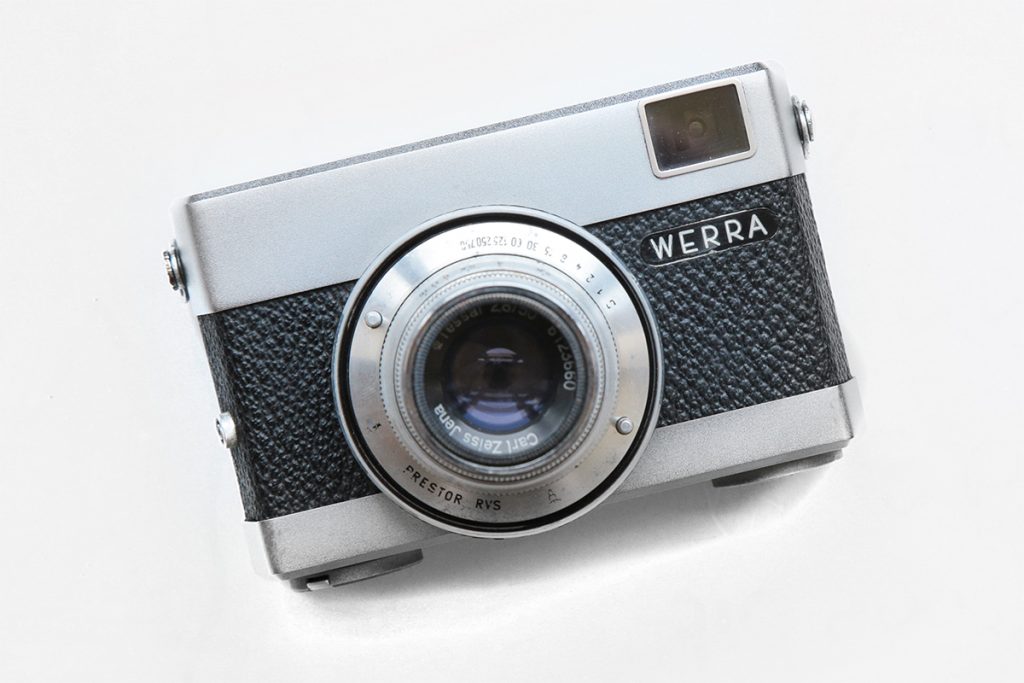
It was a bright sunny day and with this camera there is no internal light meter or rangefinder or through the lens focusing. So I used the Sunny 16 shooting 1/250th and F/11 and used Zone Focusing for simplicity.
I developed the ORWO UN54 in XTOL at 1:1 at 25° for 5 minutes. Why 25°? It’s a heatwave here and my tap water was not as cold as it usually is and even though the XTOL was sitting in a cupboard, that too was not as cool. I could have chilled it down to 20° but I’m always up for a challenge.
The negatives came out really nice as expected. I made a few prints and under the focus finder the grain was very fine and even printing 14×9 inch the prints came out with a pleasing fine grain and sharp too.
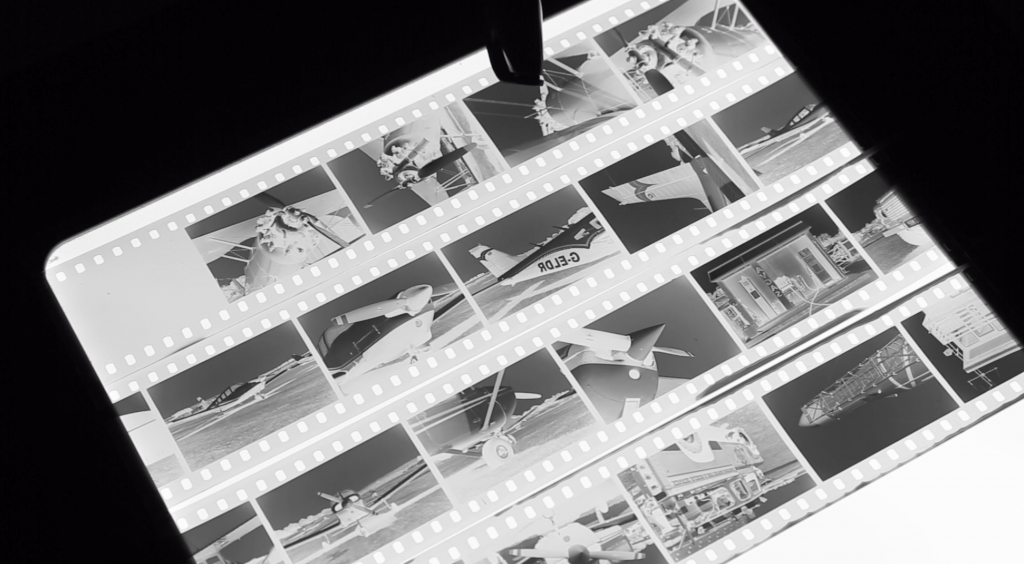
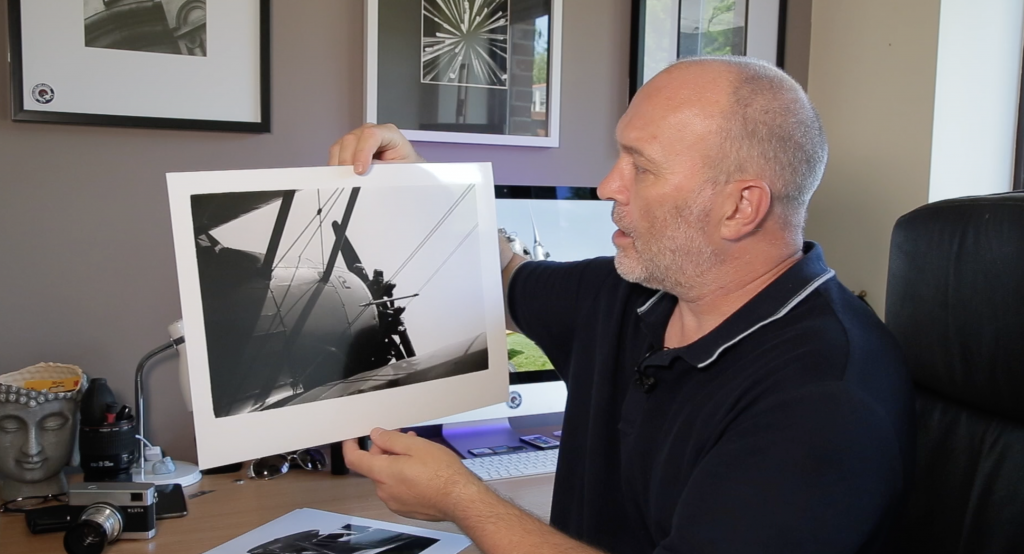
Some of the planes were tricky to shoot in the sun as they were white, however, one plane was Yellow and from that I could see the tonality of the ORWO UN54 Film.
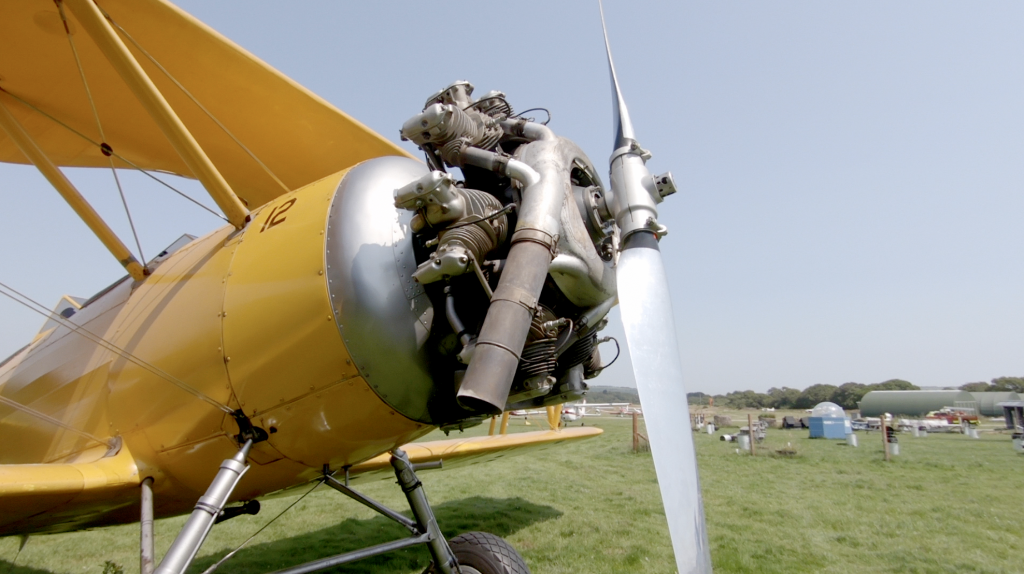
So here are some of the negatives I scanned using my DSLR. You can see on the Yellow plane there is loads of tonality with nice deep rich blacks. Even some of the highlights on the planes engine where the sun was bright seemed to handle very well. Relatively sharp too baring in mind I was using Zone Focusing.
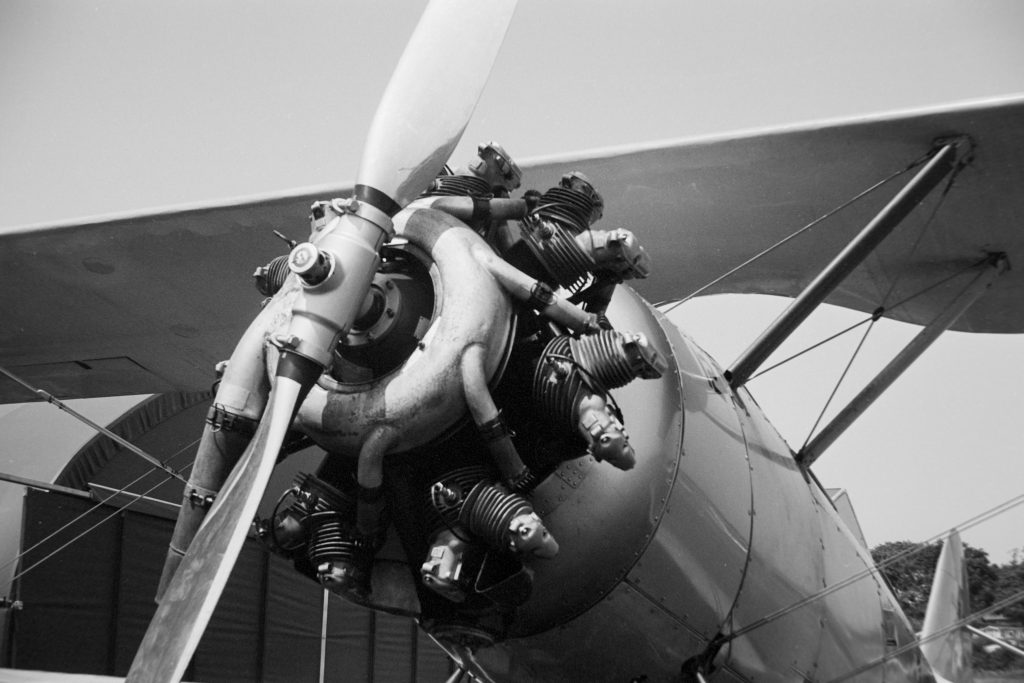
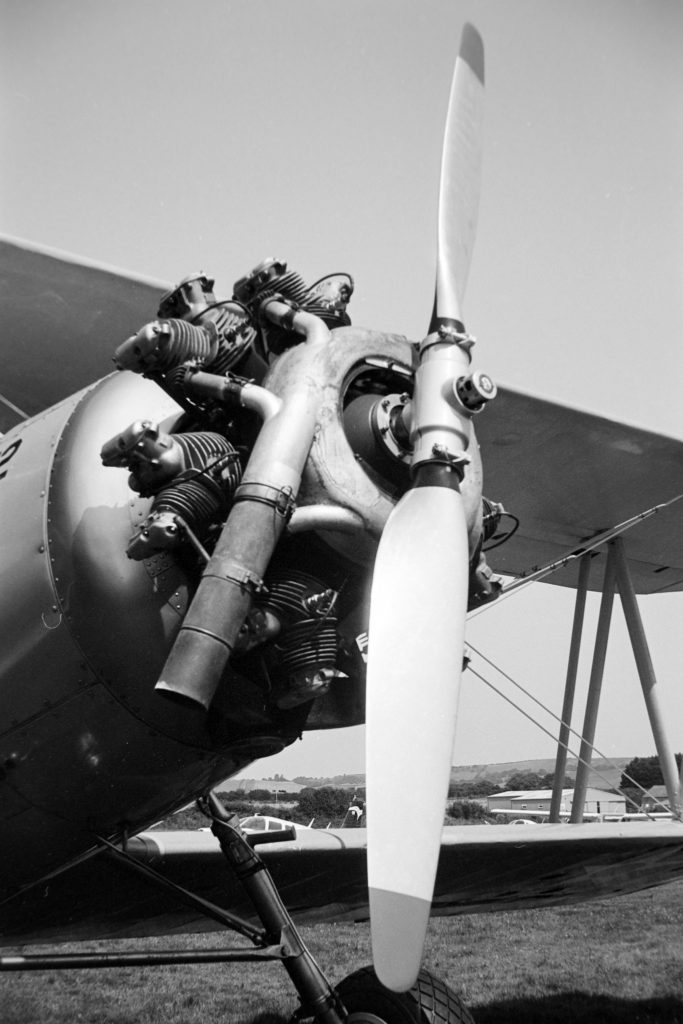
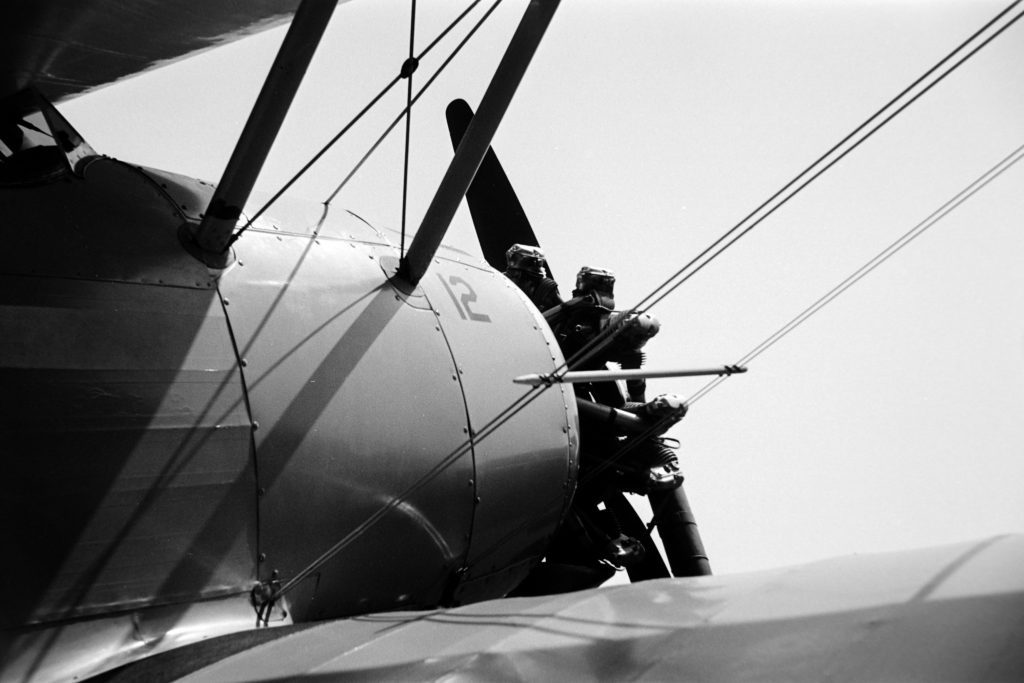
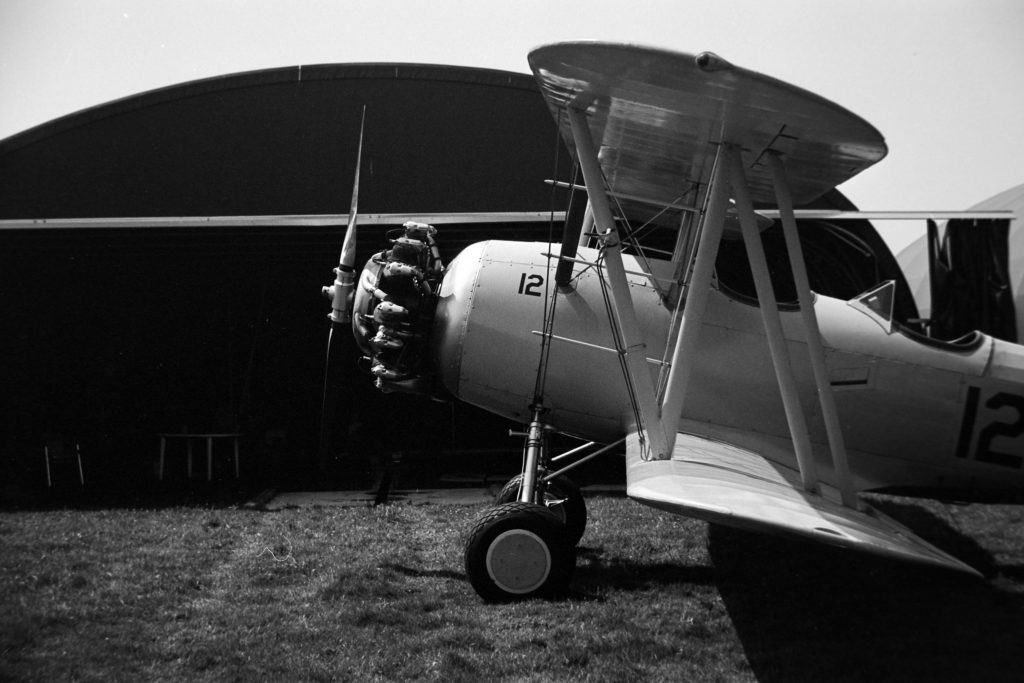
When you look at the spectrum scale of this film, as seen on the data sheet, it has a sharp dip in the blue area. The scale starts high in the purples showing that purples render lighter on the film.
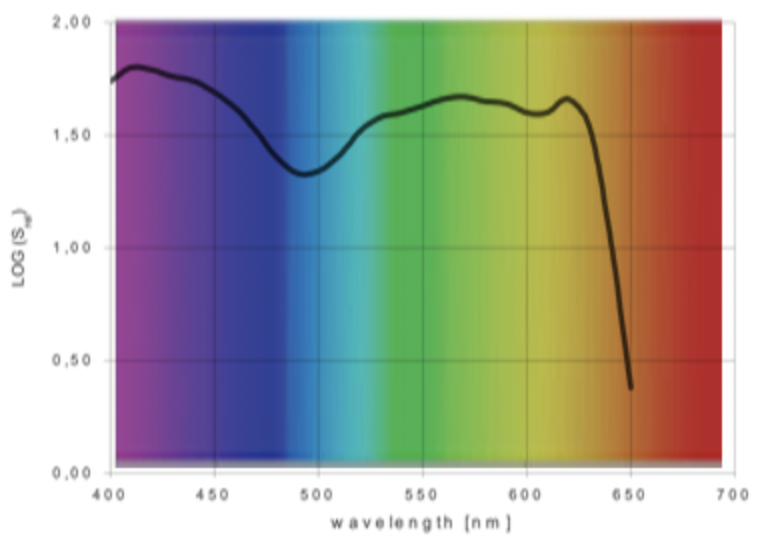
When we look at the 2nd plane, which had a blue tail and body you can see how the film rendered the blue quite dark. I like that!
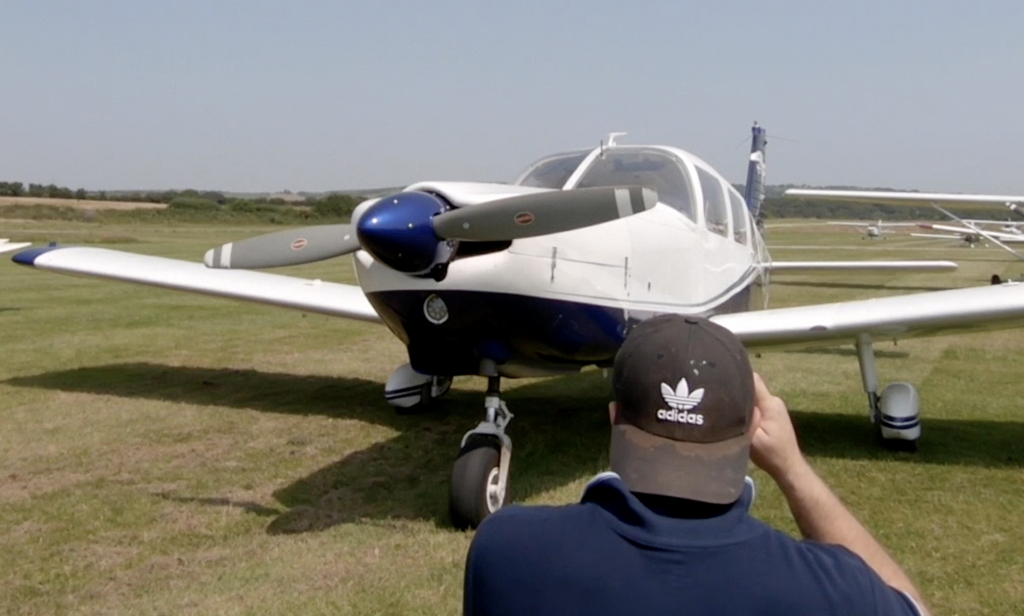
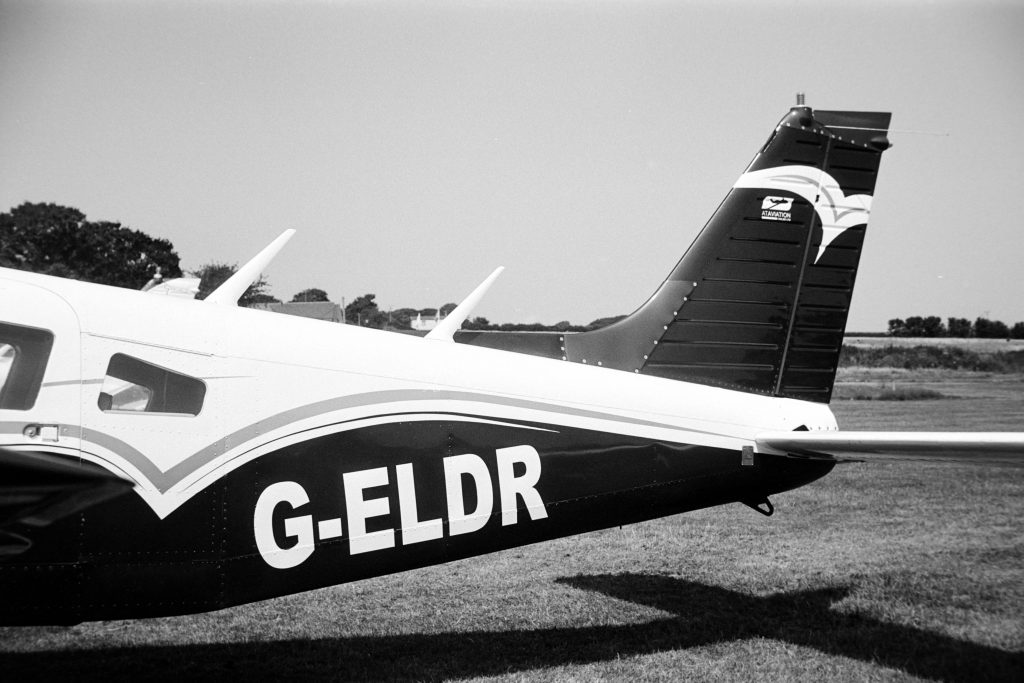
I am starting to like this film, a lot and shall soon be bulk loading my own cassettes for more tests with scenes and developers and videos for the channel.
Here is the video from this shoot.
ORWO P400 Film
I was lucky enough to have been sent a few various ORWO Films to try from lukaszimagda on instagram.

ORWO (Germany) has a huge history in film manufacturing. The following was taken from their website –
“Currently, the ORWO cutting edge range of black and white film products incorporates negative film for motion picture production, duplicating film, print film, sound recording film, and film leaders for the processing and distribution business. Further technically skilled manufacture for the Security Industry features developments in holographic film solutions for personal and product identification, and film for traffic surveillance under the ORWO brand.”
My favourite ORWO Films are UN54 (ISO100) and N74+ which is a 400 speed. Both of these stocks you can buy in Bulk reels, however, are often rebranded by Silberra 54UN , Silberra 74N+. See what they did there?
So when Luka sent me a roll of p400 to try I was eager to see how it performed.
P400 is a panchromatic duplicate negative film with other suggestions of it being a surveillance film with a speed of 400 ISO. You can purchase this film if you look online. Available in 24 or bulk.

I loaded the roll in my Nikon F5 and went to a village to take a few pics. These were taken in aperture priority and I had the camera set to spot metering.
The film has bags of tone, lovely deep rich blacks whilst maintaining shadow detail and relatively fine grain for a 400 speed in XTOL. The dog for example was taken indoors a few feet away from a window.
I developed the film in XTOL at 1:1 for 10 mins normal inversions. I found the information on the massive dev chart.
Bracketing your photography
Should you bracket your shots? Is it cheating?

Bracketing is where, usually, You would take three (or more) photographs of the same scene one after the other. One at your metered value. Another one stop under and another one stop over.
So for example if you metered for a scene and the meter said f/11 at 1/125th shutter then you would take that photograph and then shoot two more. One over exposed by one stop (1/60th) and another one stop under exposed (1/250th).
The benefit of this is that it gives you three negatives of the same scene at different exposures so when you finally develop your film one of those three will be good to print. It’s basically a fail safe. We all know what it’s like when we see our negatives and think, hmmm, it looks slightly over exposed, or hmmm, it looks a tad under exposed. We can still work on it in the print but it’s always nice to get a good negative to work with.
Many photographers will argue that you should learn to master your metering and get it right first time. I don’t believe that at all. You will still have taken your first photograph that you metered to the best of your knowledge. Bracketing just gives you that extra few negatives to learn from. It’s no different to trying on a few pairs of Jeans in the store to see which pair fit best.
If anything the only downside to bracketing is using (not wasting) more film. And I say not wasting because you are using those extra frames for your own understanding. A cheap price to pay for a little knowledge and experimentation.
I only ever bracket for two reasons. Maybe I am not that confident with my metering on a scene and it’s the only chance I will ever get to shoot it. Makes sense to bracket.
Or if I go out to shoot a scene and thats all I want. Large Format and single sheets would be ideal but I don’t have that option.
If I have a scene in mind that I want to shoot and the last thing I want to do is take my photograph and then ponder what to shoot the rest of the roll on. With 35mm Film I can easily cut the exposed film from the camera and develop it. But if its Medium Format 120 Film then I need to shoot the whole roll. So rather than ponder what to shoot next I can just shoot the whole roll on the same scene at various apertures and shutter speeds.
My first frame would be the frame that I metered for and thus, in my mind, the perfect negative to print. And then experiment with various apertures and shutter speeds making sure my next two frames were one stop over and one stop under.
Here is an example.
FRAME 1 – F11 – 1/125th (My correct metered exposure)
FRAME 2 – f11 – 1/60th (1 stop over)
Frame 3 – f11 – 1/30th (2 stops over)
Frame 4 – f11 – 1/250th (1 stop under)
Frame 5 – f11 – 1/500th (2 stops under)
I’ve just taken 5 photographs of the same scene. One of them will look great on the negative, hopefully frame 1. If it is then I’ve nailed my metering and development. If my perfect negative is any of the others then that is something I need to look into. If I metered correctly maybe my camera needs an CLA or maybe my development needs adjusting.
I would then use the other five frames in the same way except trying a wider aperture so my scene has a more shallow depth of field which may look better than F11. Still working from my metered value. (Assuming the light has not changed, I.E if you are out doors).
Frame 6 – f5.6 1/500th (My correct metered exposure)
Frame 7 – f5.6 – 1/250th (1 stop over)
Frame 8 – f5.6 1/125th (2 stops over)
Frame 9 – f5.6 1/1000th (1 stop under)
I can’t go to 1/2000th so I’ll leave it there. The chances I metered two stops over exposed is slim anyway.
The remaining frames I can experiment with f22.
Frame 10 – f22 / 1/30th (My correct metered exposure)
Frame 11 – f22 / 1/15th (1 stop over)
Frame 12 – f22 1/8th )2 stops over)
If you are 6×6 then 12 frames is all you get and 15 frames for 6×45 but you get the point.
So my first 5 frames at f/11 would really be my preferred aperture and from those frames I can see if I nailed my exposure and development and keep notes for next time.
My frames at f5.6 will give my scene a different perspective and shallower depth of field.
My frames at f/22 will also give a different perspective with a slower shutter speed. Great if I am shooting a landscape as the slower shutter would give motion blur on clouds or grass.
If you don’t want to shoot the whole roll on one scene than you can still plan other scenes on the same roll and bracket each scene with three frames. One metered, one over and one over. Then move on. If you are shooting medium format you’ll get 4 scenes on a 6×6 and 5 scenes on a 6×45.
The beauty of this is you can plan just a few nice scenes in a day and, hopefully, get a perfect negative for each scene.
So there you go. It’s not a sin to bracket your own photography. It’s not unprofessional or cheating oneself. It’s ensuring you get the best negative to make a print from and if your best negative is not the one you metered for then it’s a chance for you to note exactly what you did and put it into practice next time.
Like I said, if your best negative is not the one you metered for then it’s possible you did not meter correctly, or your development was not spot on or maybe your camera needs a service on the shutter speeds.
So don’t be put off by anyone if you want to bracket your shots. It’s your photography!
Spot Metering and Hard Contrast and Pulling Film
I always find it useful to practice around the home metering scenes and trying new film/dev combos. I don’t have to go far! Everything I need is around me.
So it was a very bright sunny day. I thought I would try and use my Spot Meter and shoot scenes that were very bright and dark at the same time. Because most scenes I would be way off the latitude scale (5 stops) I shot a roll of Ilford Ortho 80 at 20 ISO. 2 Stops over Exposed and to compensate I would Pull the development. Normal development time was 10 minutes in Kodak XTOL. So I pulled the development by 15% per stop. That’s 30%. 7 Minutes. Pulling the film will give me a flatter, low contrast negative with fine grain. Perfect for the scenes I was shooting.
Here are the scenes and how I metered them. They were all scanned using my DSLR. In Photoshop I adjusted the levels slightly to boost the contrast.
- Spot meter on the Bright area. Spot on the shadow area. Shoot the average. F11 1/4s EXP
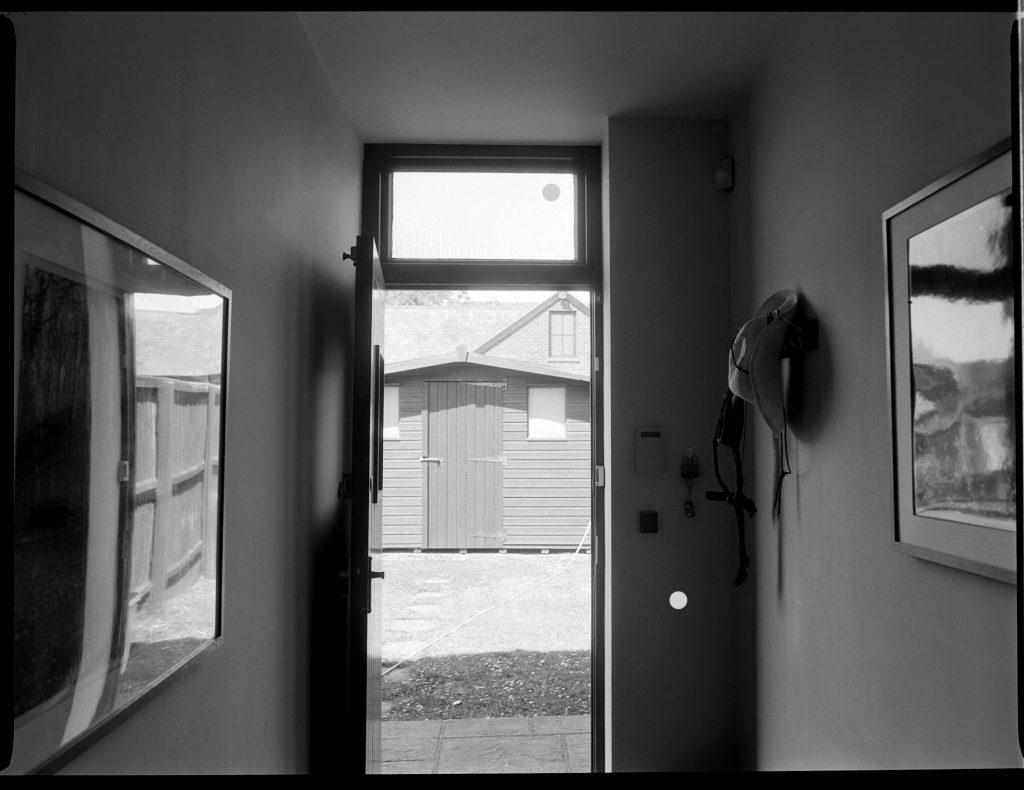
2. Spot meter on the Bright area. Spot on the shadow area. Shoot the average. F11 1/2s EXP
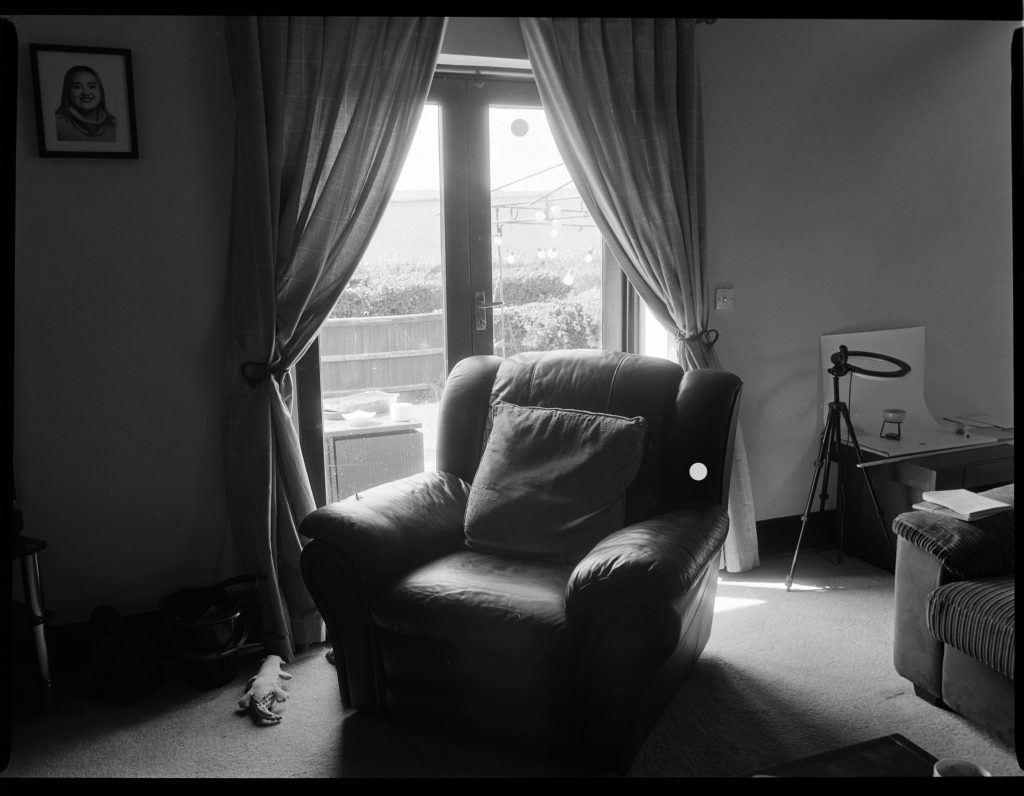
3. Spot Metered on a Grey Card in front of George. f4 1 Second EXP
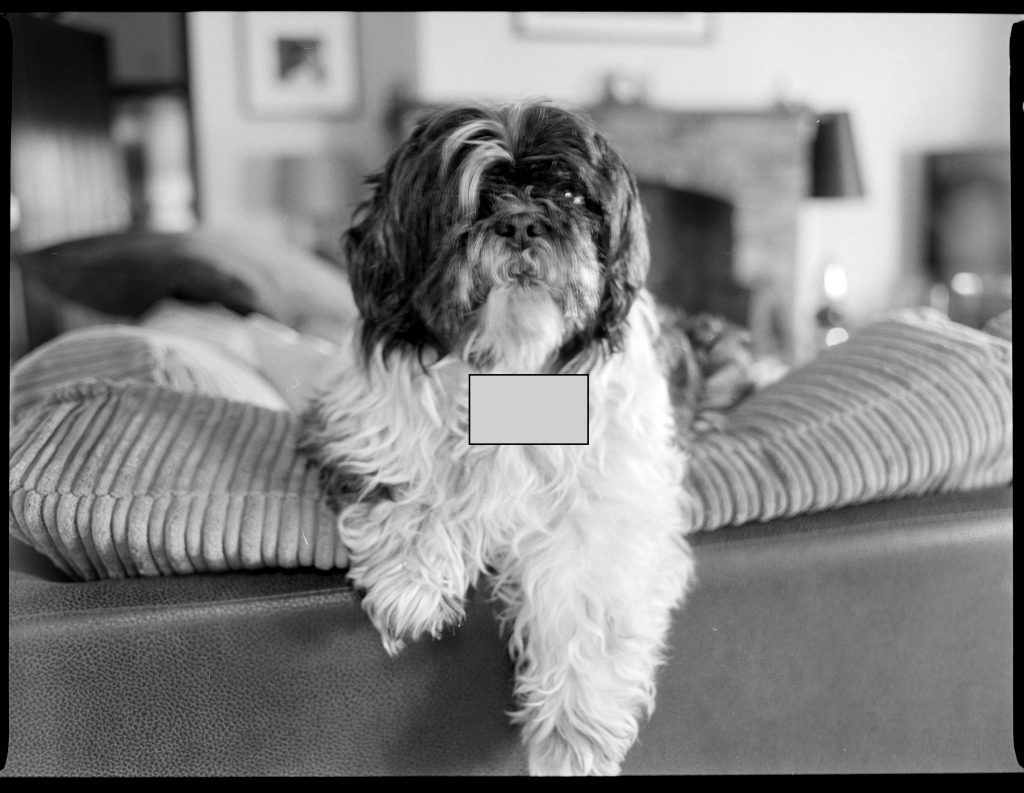
4. Spot Metered on a Grey Card next to switch. f11 1/15th EXP.
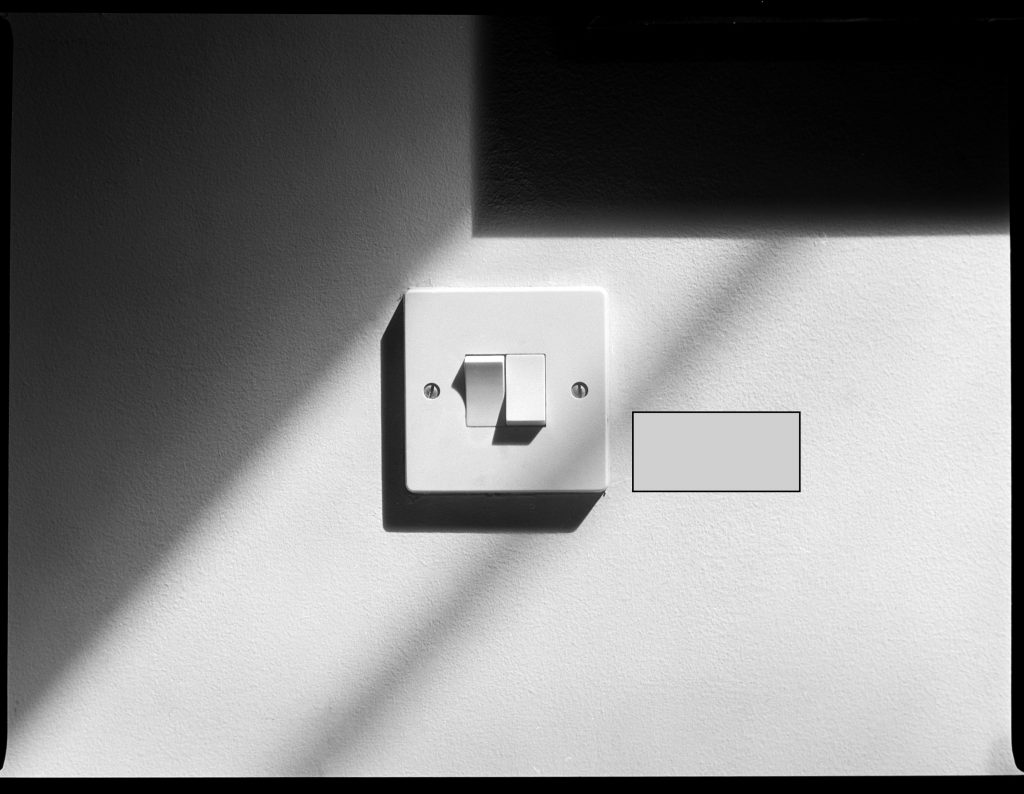
5. Plant. Spot meter on the Bright area. Spot on the shadow area. Shoot the average. F5.6 1/2s EXP
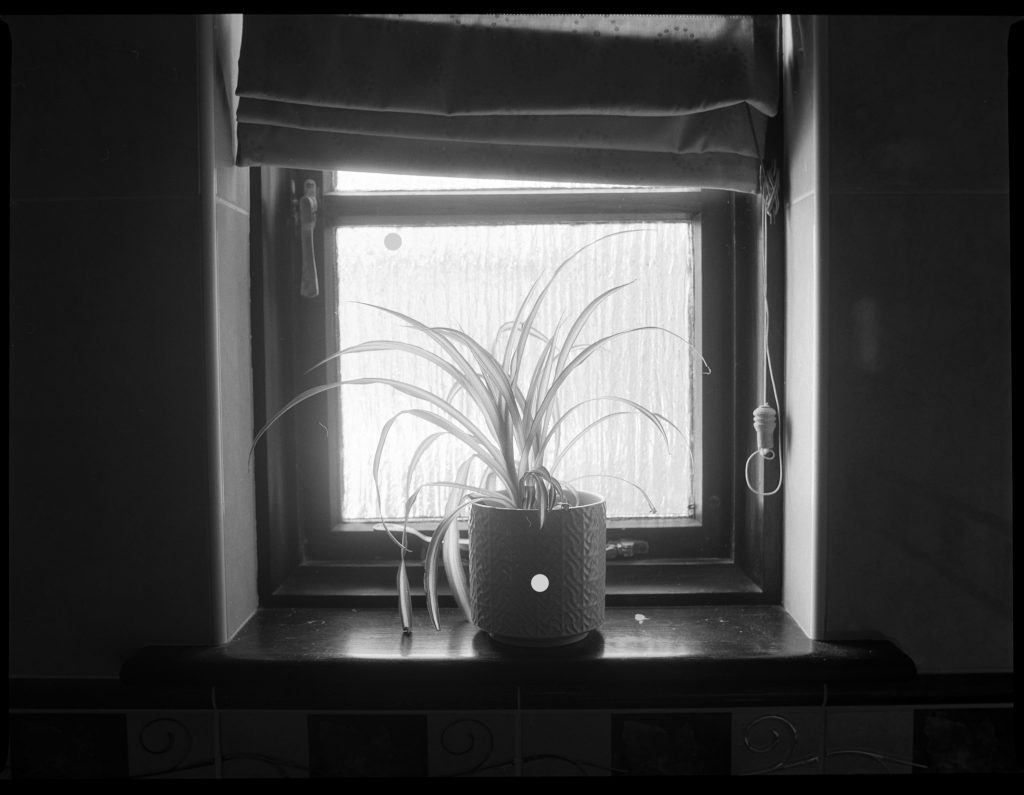
6. SunBrolly. Gary Card placed next to brolly. f11 1/30th
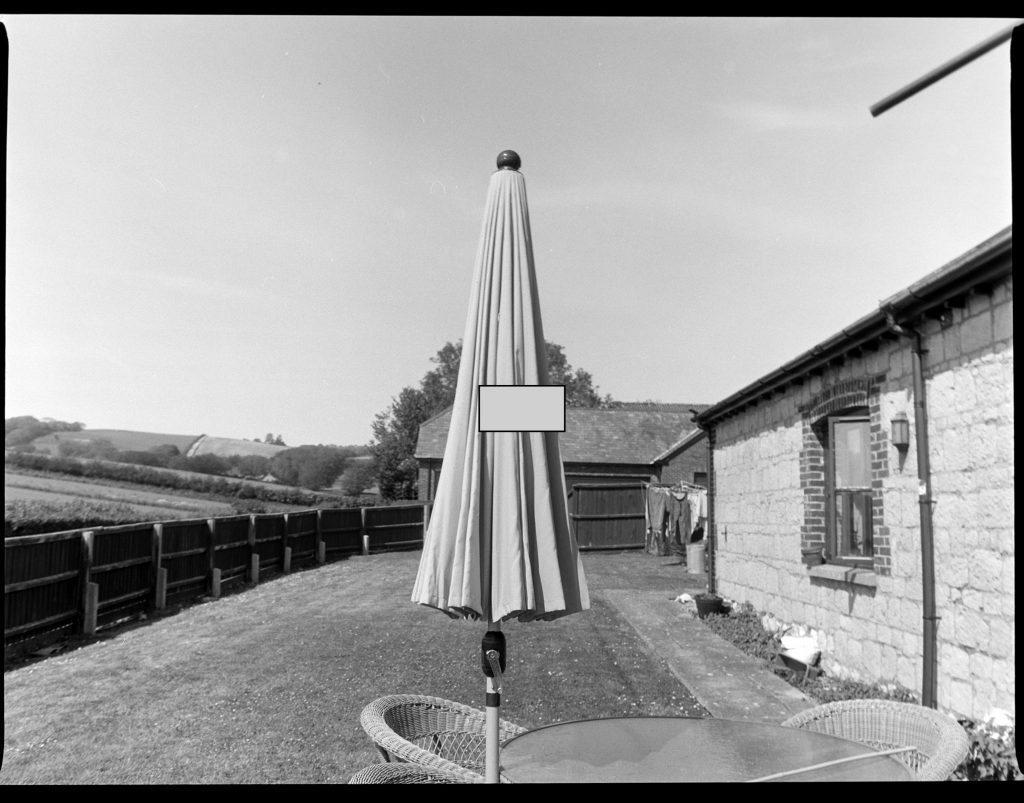
7. Drain Pipe. Gray Card placed next to drain. f11 1/30th

Alley. Another tricky scene. I metered on the bright area and then a shadow area and took the average. F11 1/2s EXP
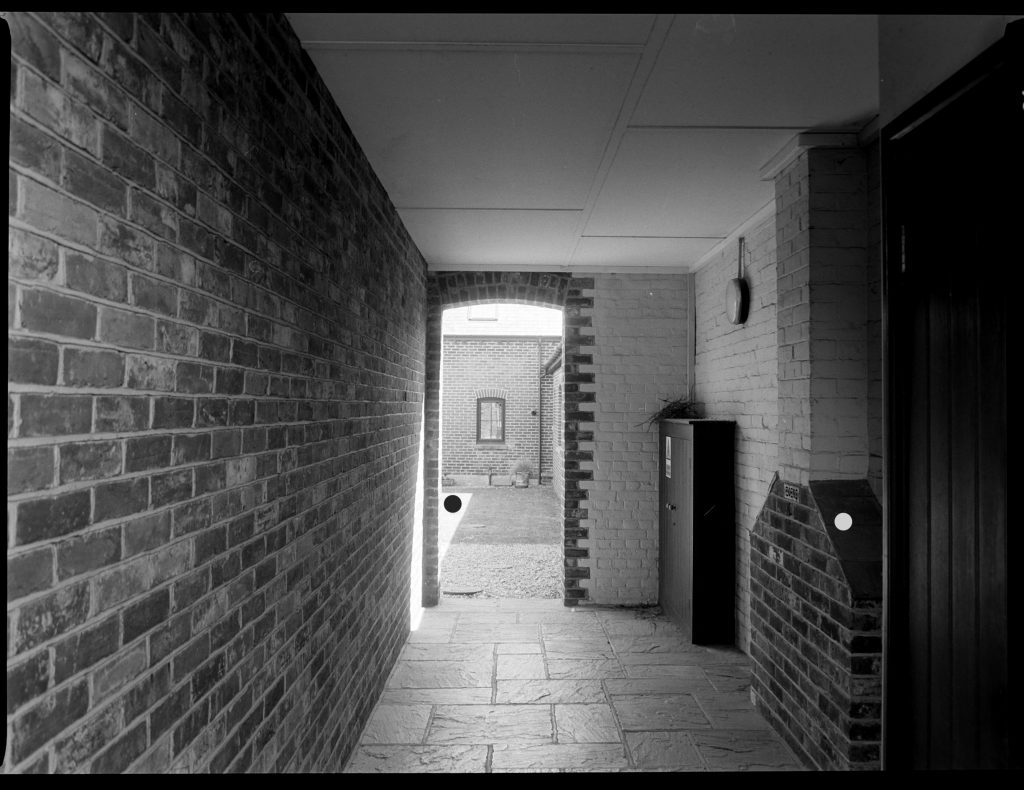
9. Fence and Sky. In this scene I spot metered on the fence. Meter returned f5.6 1/15th EXP. But of course that is middle grey. I didn’t want the fence to be middle grey so I stopped down 2 stops to f11. Did well.
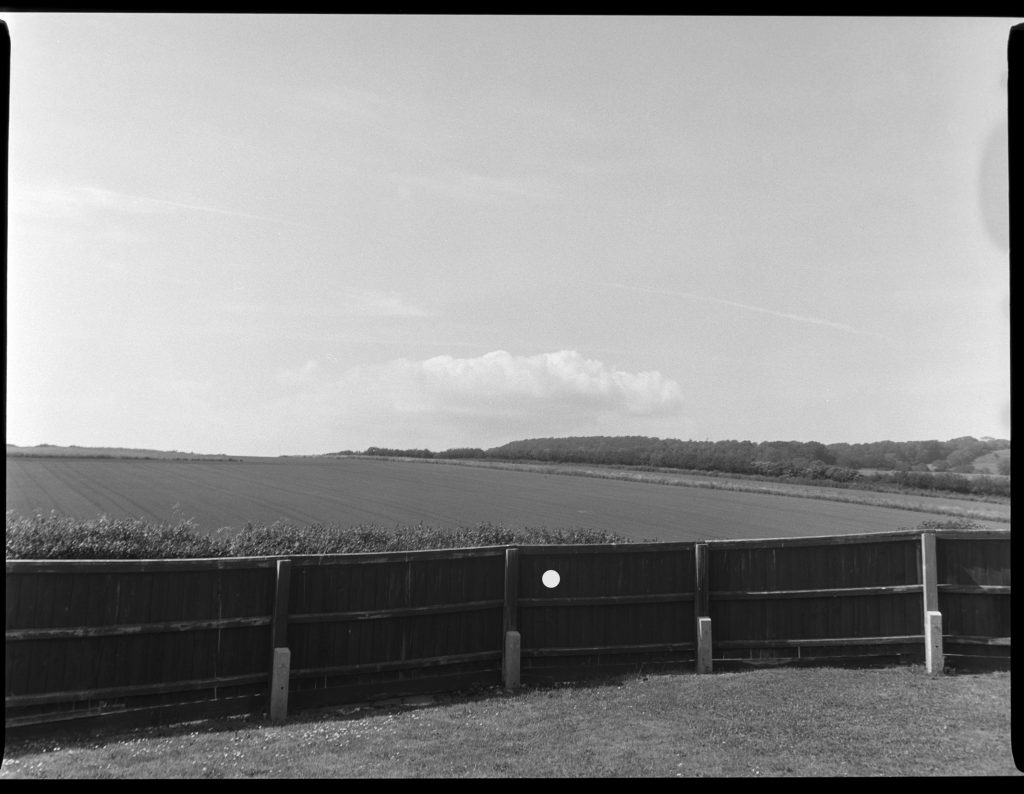
10. Back Door. Again I spot metered on the back door and stopped down 2 stops to make it darker than middle grey.
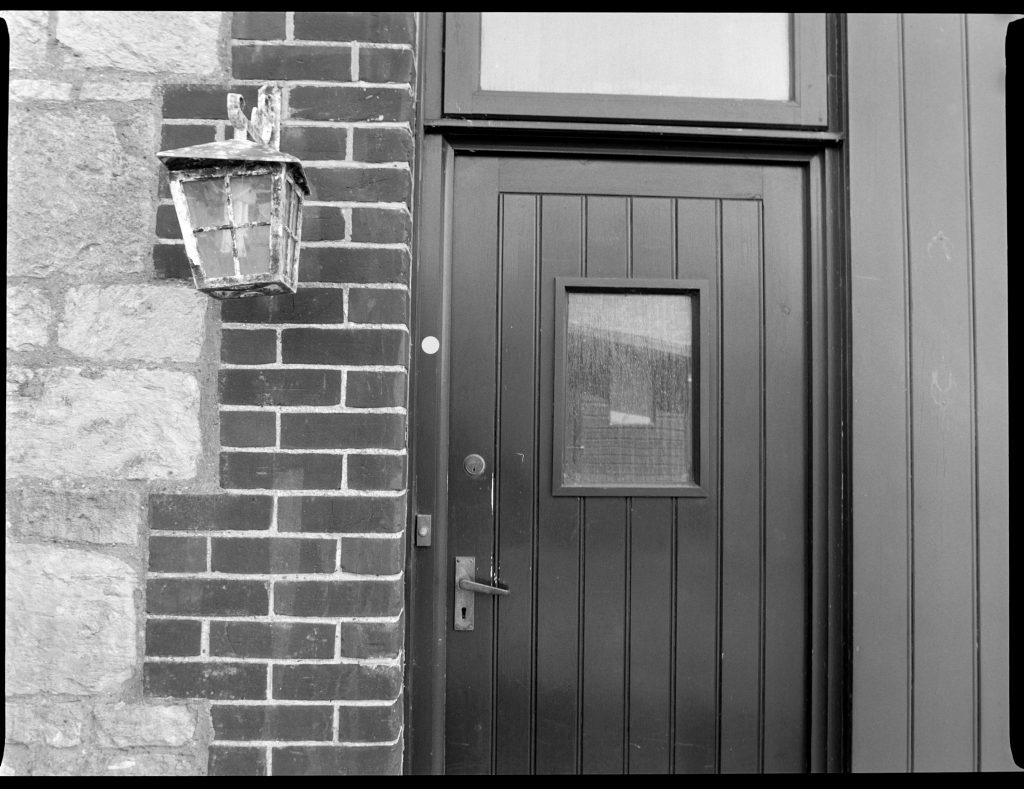
11. Window. Spot meter on the Bright area. Spot on the shadow area. Shoot the average. F11 1/4s EXP
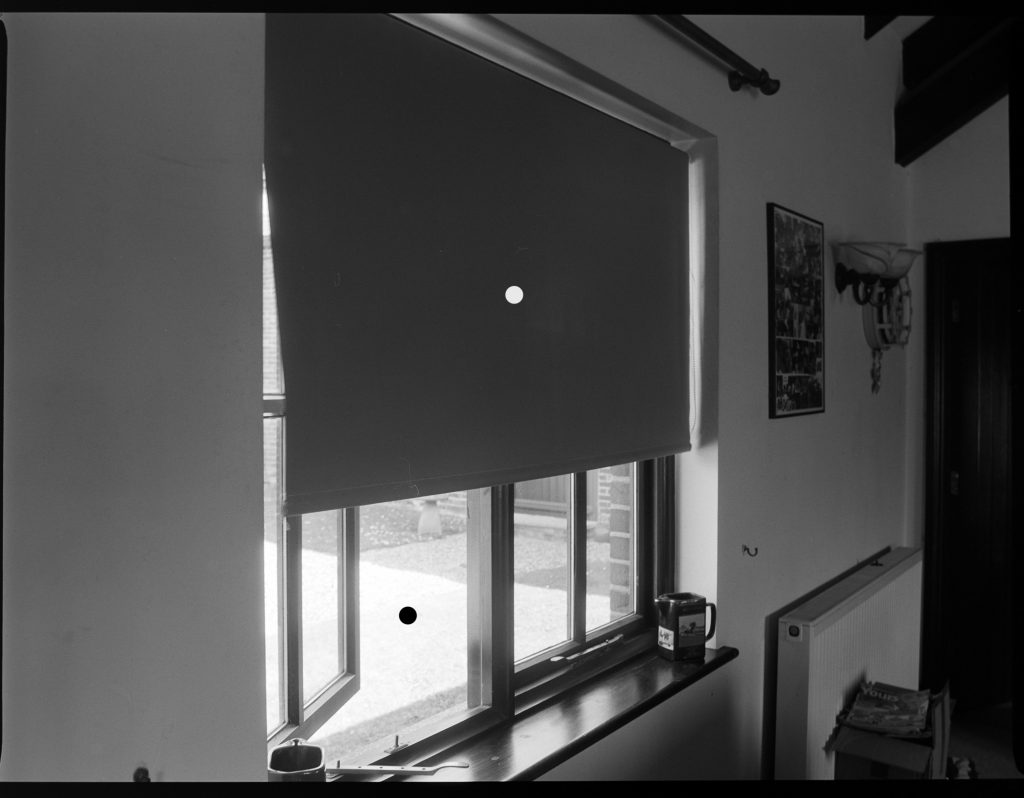
12. This time I spot metered on the curtain and stopped down 2 stops from what the meter said. F5.6 1/4s EXP. Didn’t do as well as averaging. The outside was blown out.
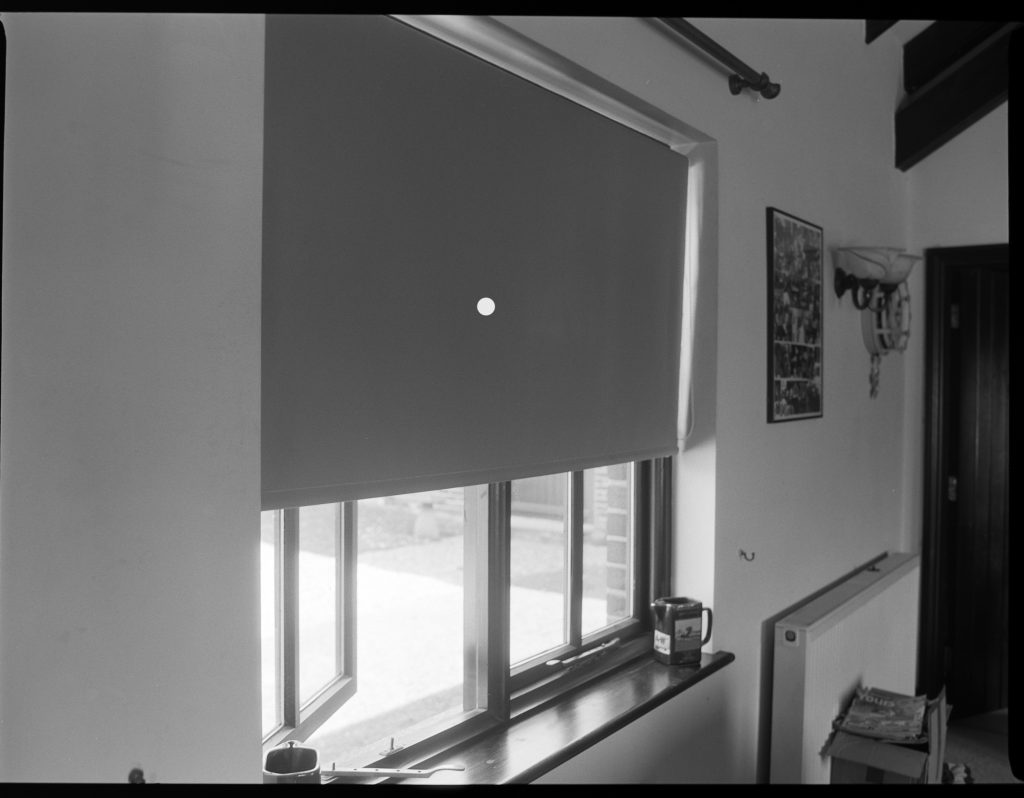
13. Bathroom. Spot meter on the Bright area. Spot on the shadow area. Shoot the average. F5.6 1/4s EXP
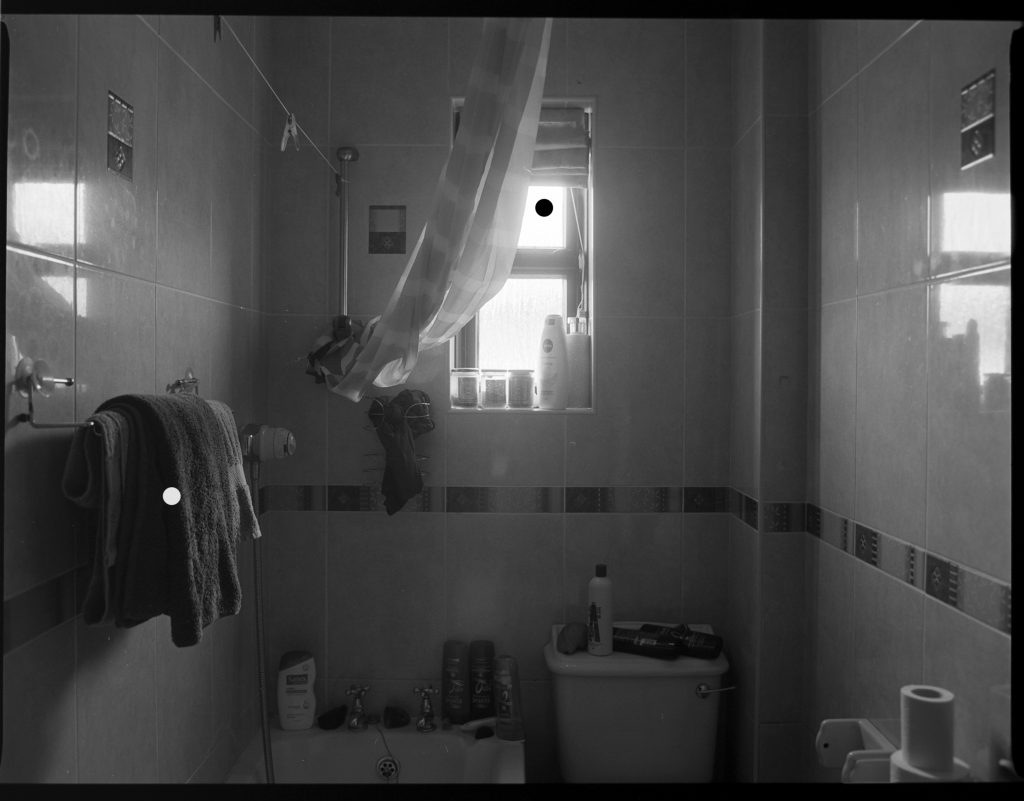
14. Bedroom. Spot metered on the headboard. Again, middle grey the meter gave me and I stopped down two stops f5.6 1/2s EXP.
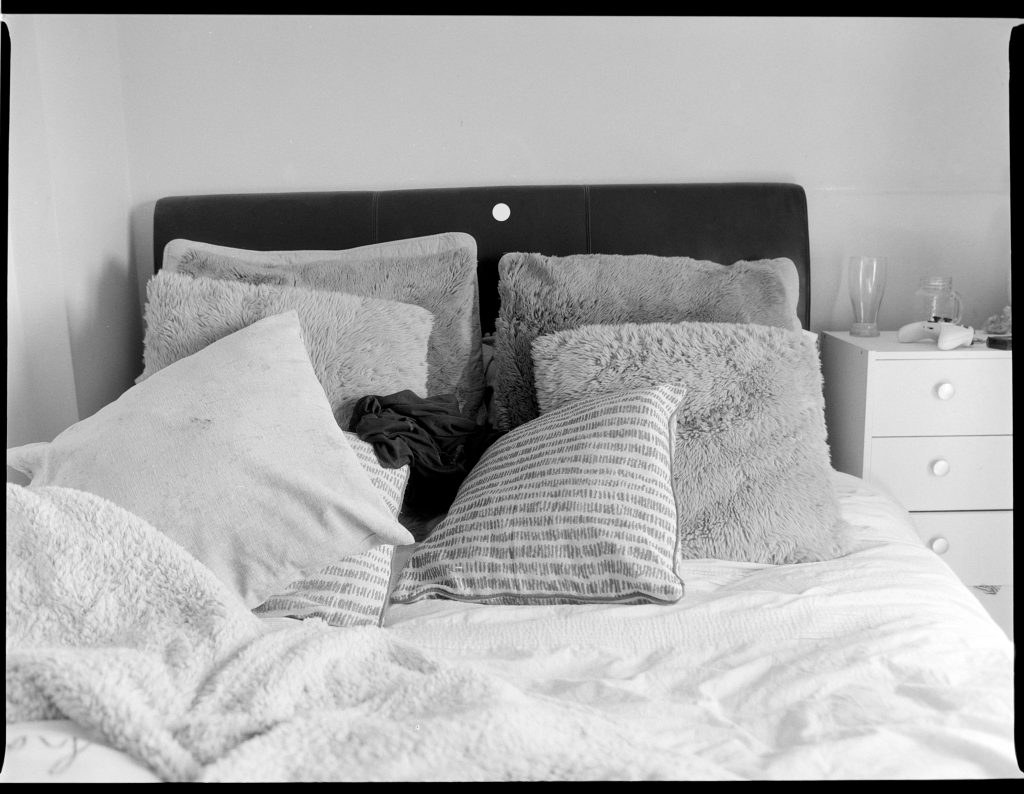
15. This time I used a grey card to meter from. This time the meter read f11 1/2s. I found this interesting. Both look very similar despite 2 stops.
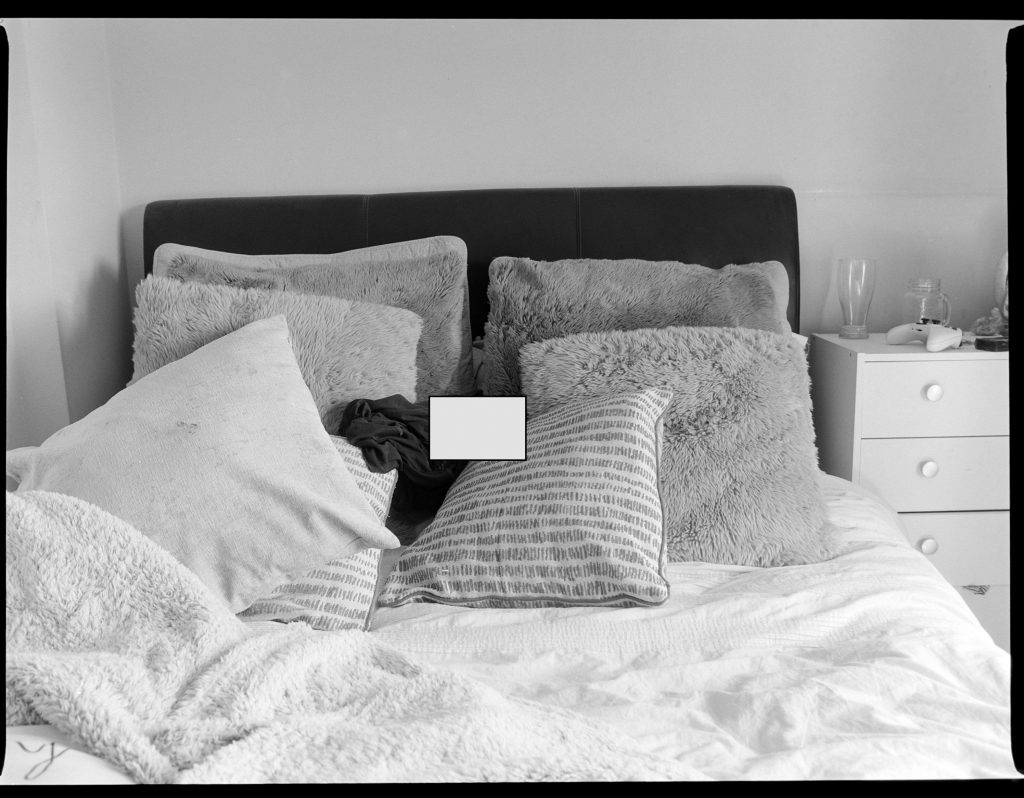
So these are the kind of things I play with when I’m bored or wondering about things. Had I shot this film at 80 ISO and developed normally some of these images would have looked for more contrasty losing detail in the shadow areas. By pulling the film I was able to stop the development building up too heavy in the shadow areas making life easier when scanning or in the darkroom making prints.
Adox CHS 100 II a few shots
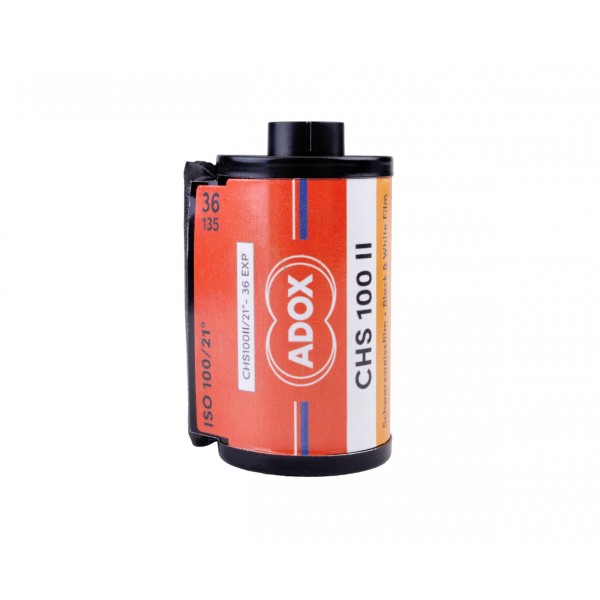
Thanks to SFLaB Patron, Tim Soderstrom, Texas, that sent me some 3D Printed negative carriers for my enlarger in the darkroom and also a roll of Adox CHS 100 II to shoot.
I have shot this film before but many years ago. From what I remembered
Adox state on their website the following –
BLACK AND WHITE FILM WITH A CLASSIC LOOK
We have tried to match CHS 100 II as closely as possible to CHS 100 type I featuring:
- a rock solid classic emulsion system which has been out there for decades
- a sensitization close the one of the old CHS 100
- a single layer emulsion
- the same base material including the option of reversal processing
- an optimized backside coating to fully prevent light piping if the film is loaded in subdued light
- a special anti halation layer between the emulsion and base for enhanced sharpness
- a full set of formats from 35mm to ULF off the shelve
- a state of the art cascade coating avoiding all problems associated with older
I guess they have to say something and out of all the above I like the “a rock solid classic emulsion system which has been out there for decades” quote.
Looking at the data sheet for this film and reading that, as Adox say, “ADOX CHS 100 II is an orthopanchromatically sensitized B/W film with classical grain and a sensitization optimized for greyscale separation” I was interested in the visible spectrum. I always look at this of a film if the information is available.
It’s Orthopanchromatic as, unlike Pan Film, FP4, HP5 etc, it has a reduced red sensitivity. So in a sense you are getting a slight mix of the two.
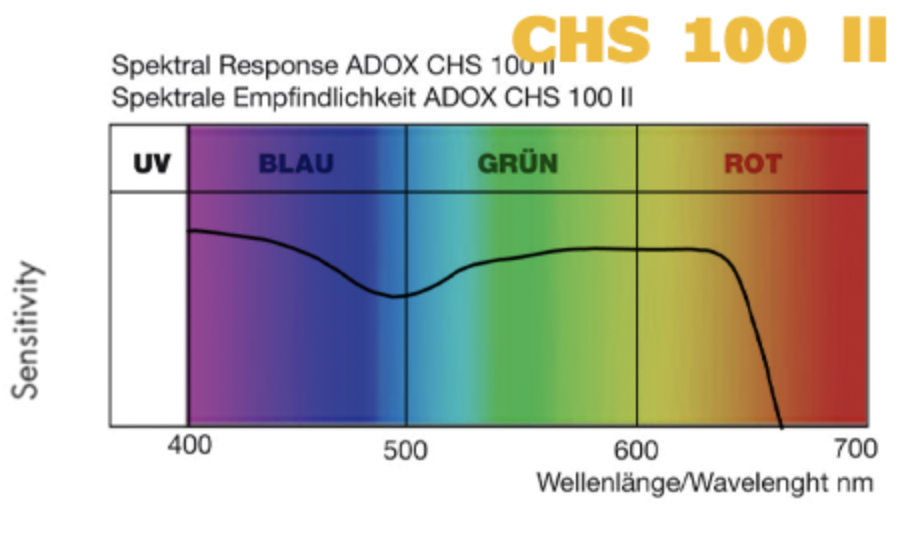
Check out that dip in the purple/blue area compared to other films. That’s packing in some contrast!
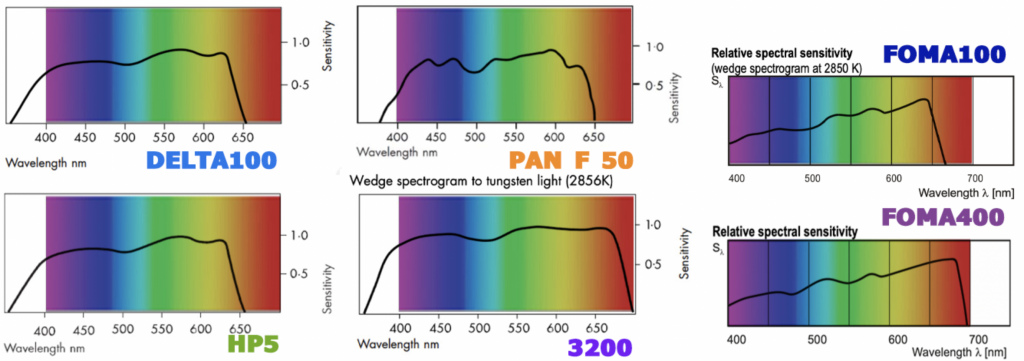
So with that in mind I went out on a sunny day with the film loaded in a Nikon F5 to find some subjects where I could see good separation. I developed these in XTOL 1:1 at 20° for 8 minutes as recommended on the data sheet. I can’t see a recommended developer for this film. But it’s a start.
All of these photographs were taken in aperture priority mode and centre weighted metering. Locking the exposure where I needed, developed and scanned using my DSLR.
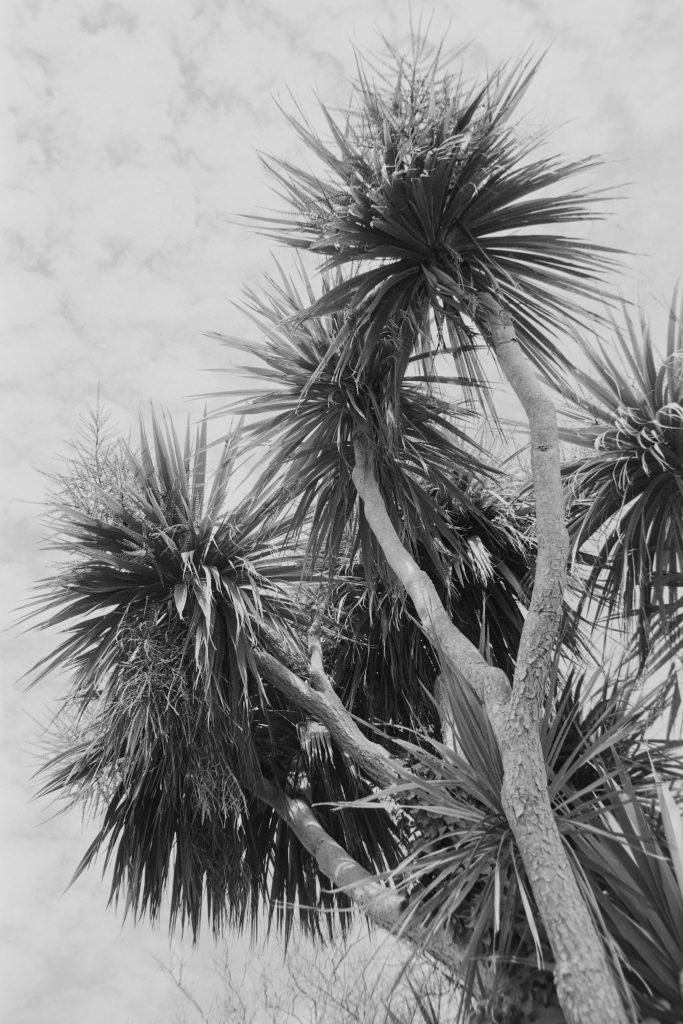
Palm Trees. Wonderful separation here. I metered between the shadows and the sky for an average.
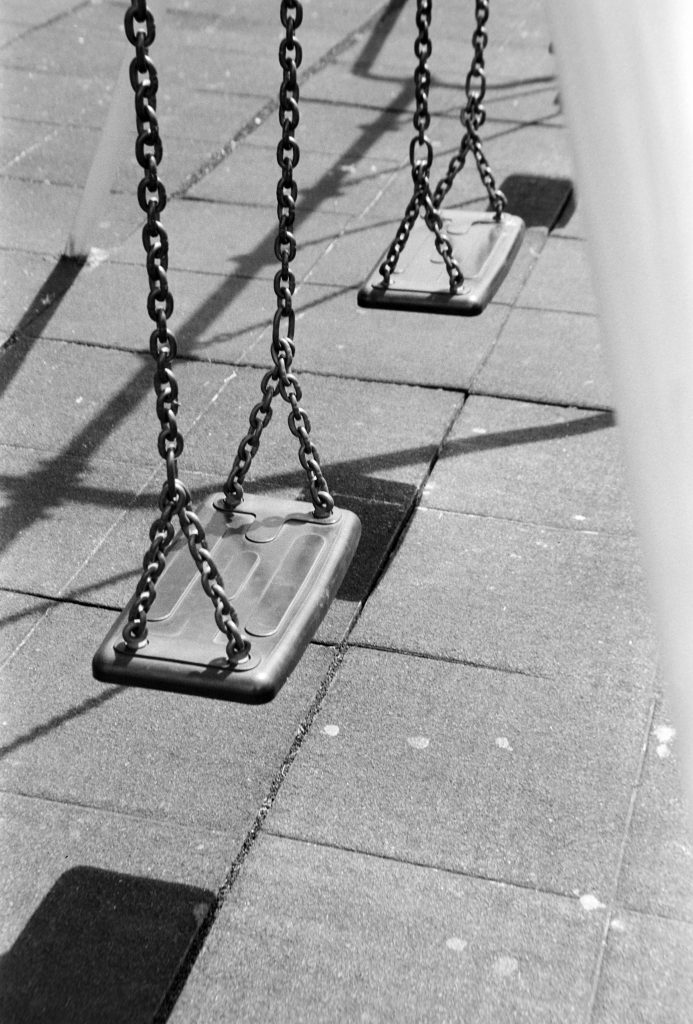
Swings. A dark silver chain and jet black seat and floor. Sun was bright. I can almost see a silvery look in the seat. Again good separation.
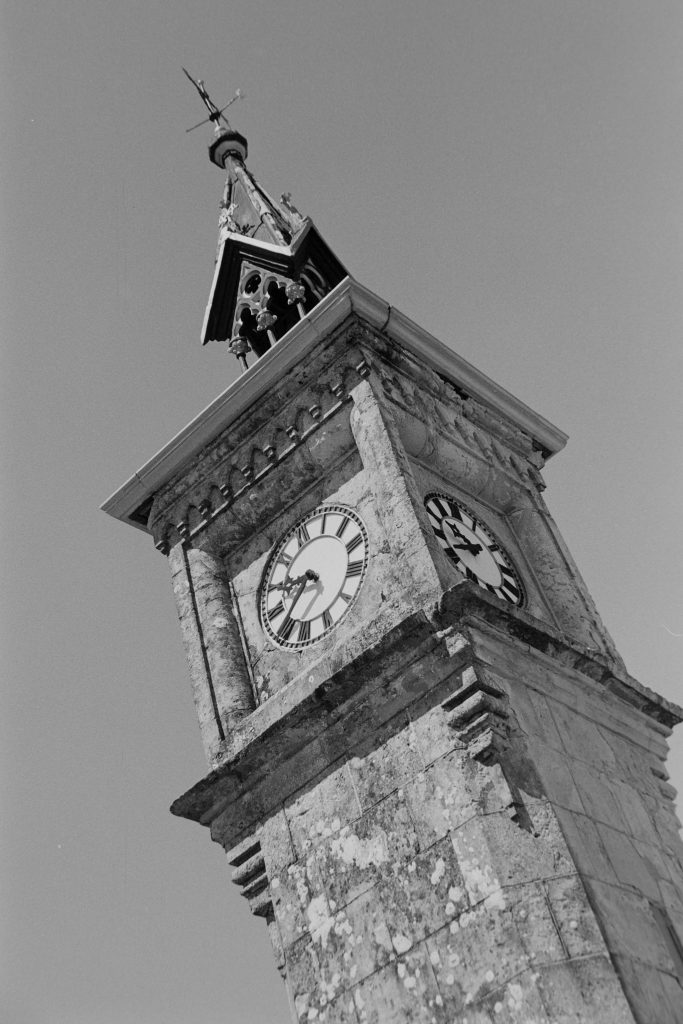
Clock Tower against a blue sky. The tonality is great. And I can now see that steep dip at the blue end of the spectrum in the sky. FP4 would have rendered the sky a bit lighter.
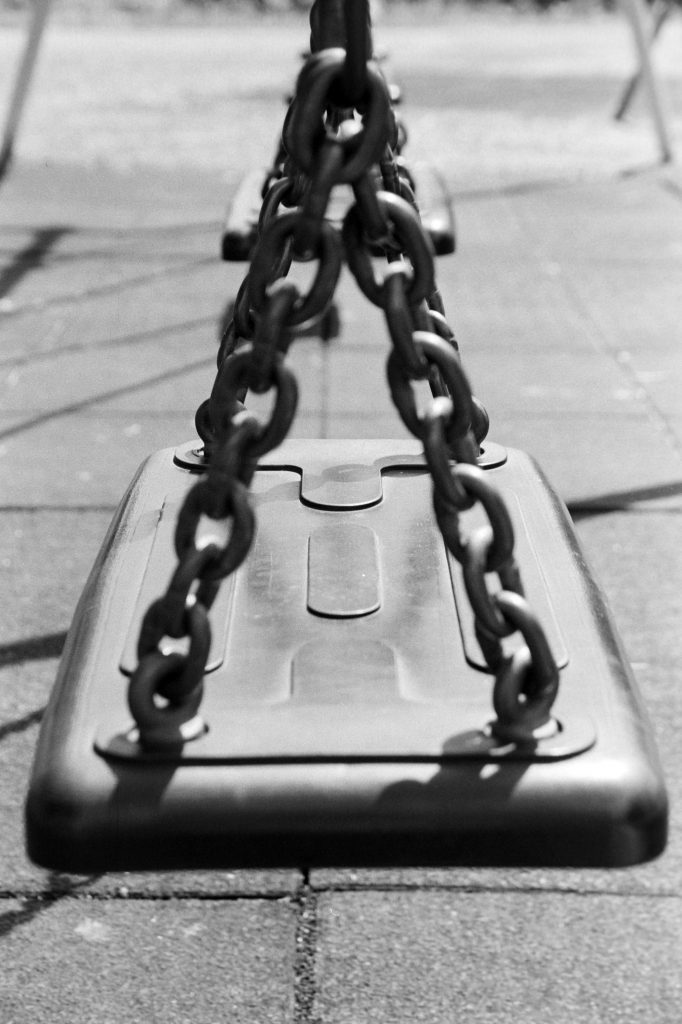
Back to the Swing. That silvery look on the black seat is more detailed here.
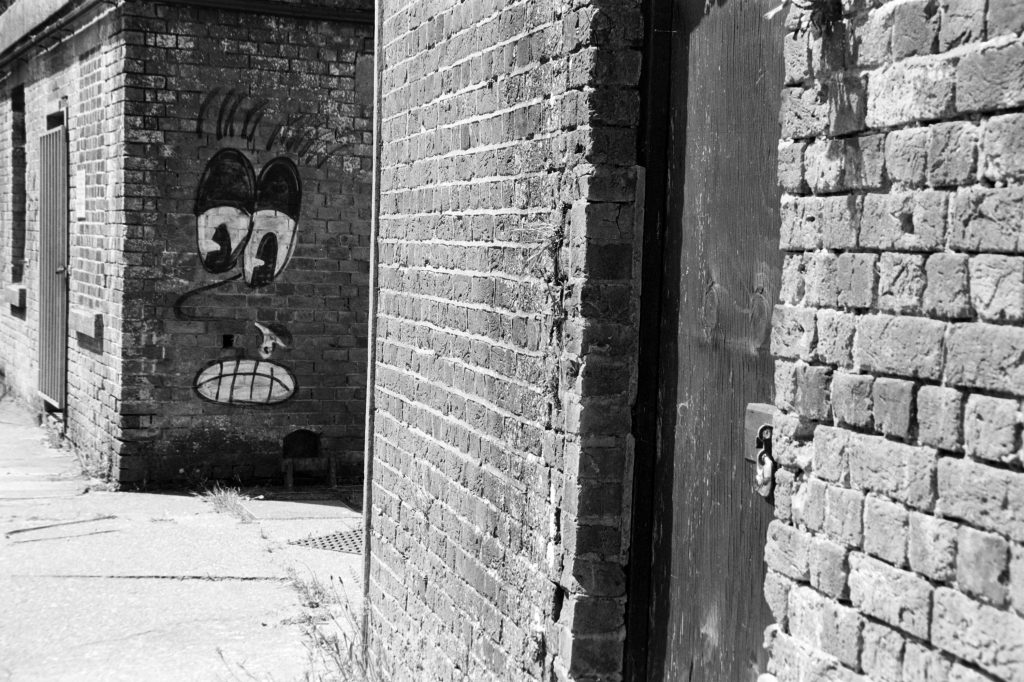
A Brick Wall. This wall is a light red with distressed brickwork making a lot of the bricks a shade of pale. So not a deep red where we will see the Ortho kicking in but the darker bricks in this scene are red. Nice face too. What a great way to spoil this classic brickwork.
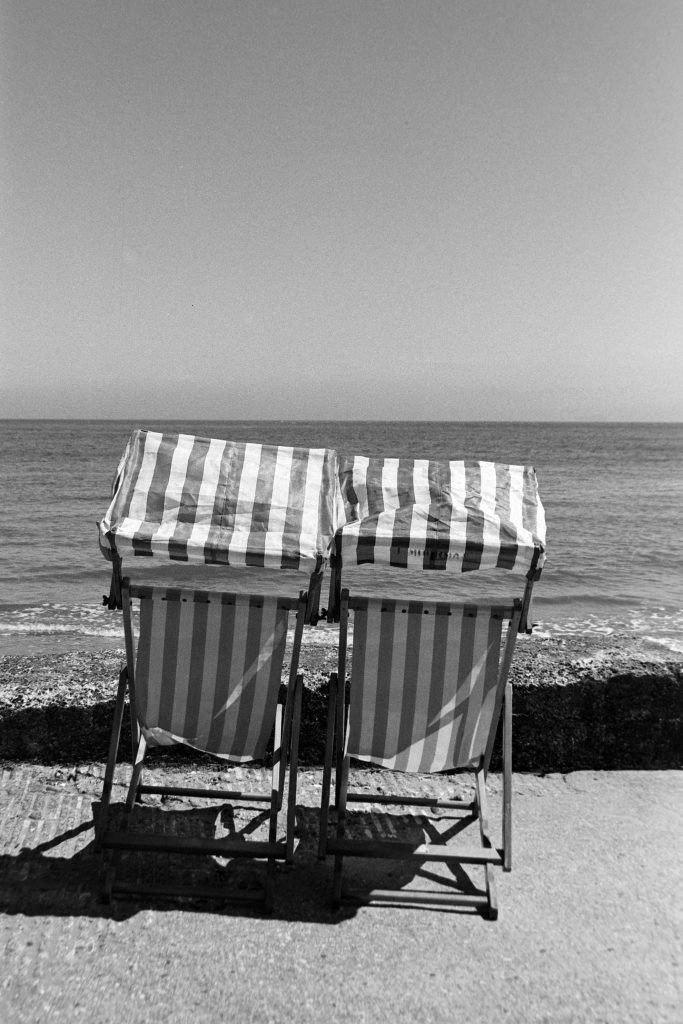
Deck Chairs. Back to the Blue again. These Deck Chairs are Blue and White Stripes. Along with a blue sea and sky. Harsh shadows but separation is still there. Again the blue’s appear darker giving the appearance of contrast.
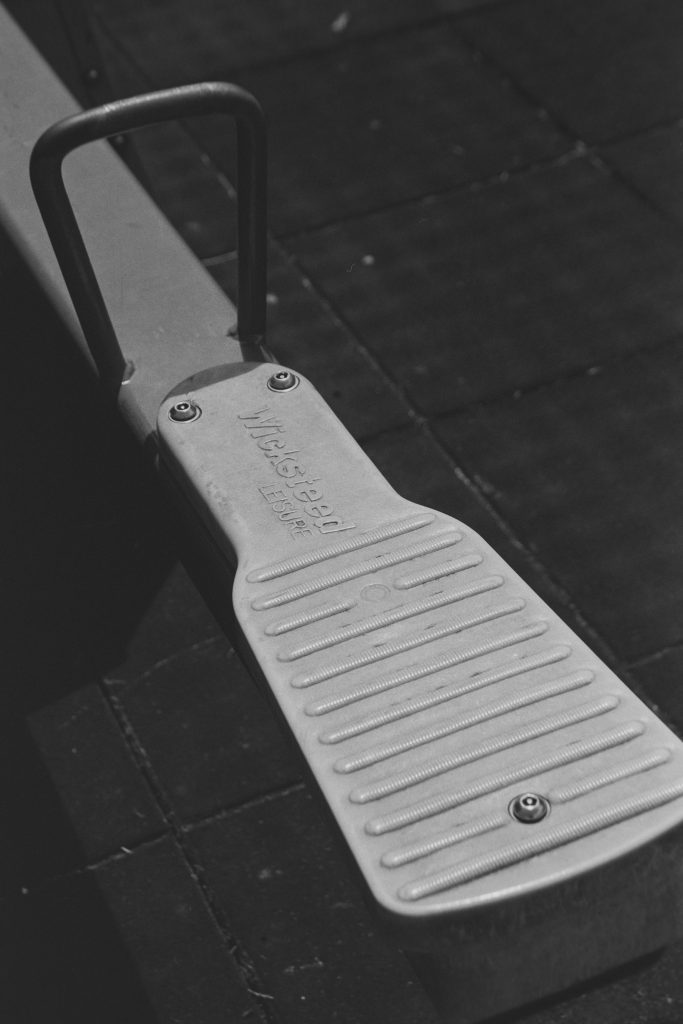
See Saw. The seat is Yellow. I metered on the seat which was bright in the sun. I can still see detail in the photograph.
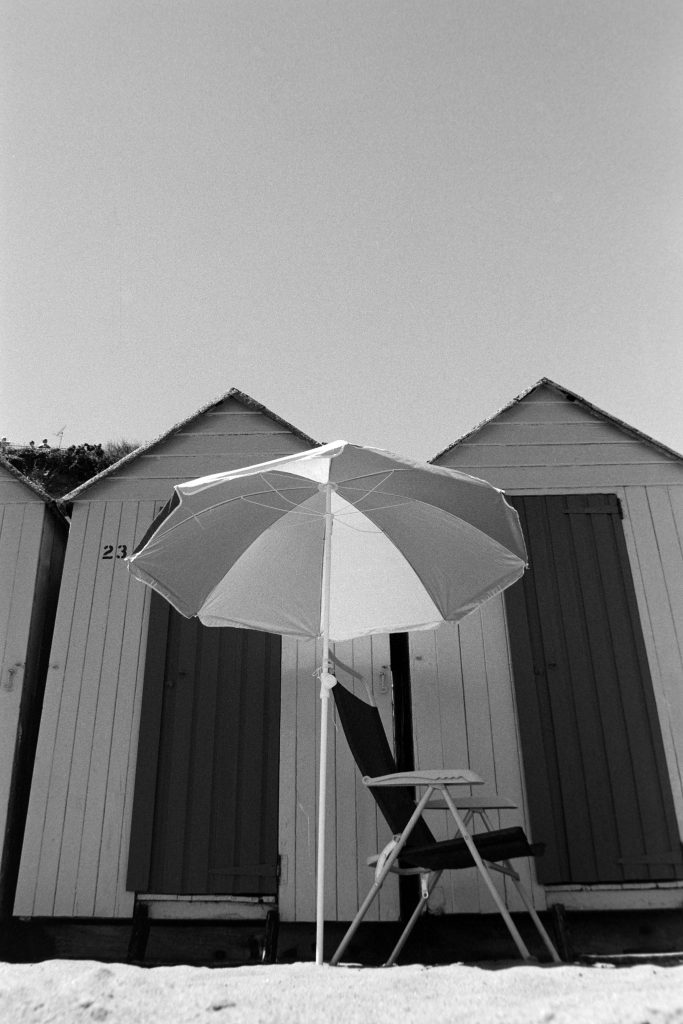
Beach Huts. The doors are Blue.
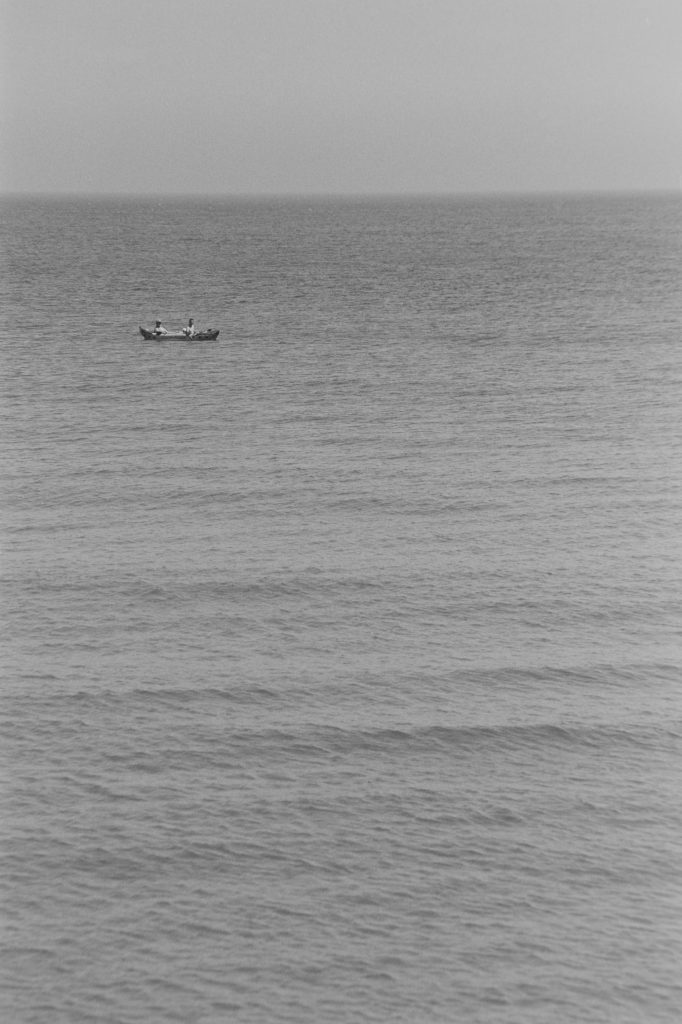
Kayak. A total blue scene.
I really want to give this film another try so will be looking at getting some more in time. And maybe try with Rodinal and also Adox’s FX-39 developer. And also find scenes of Red and Blue. Or maybe a portrait!
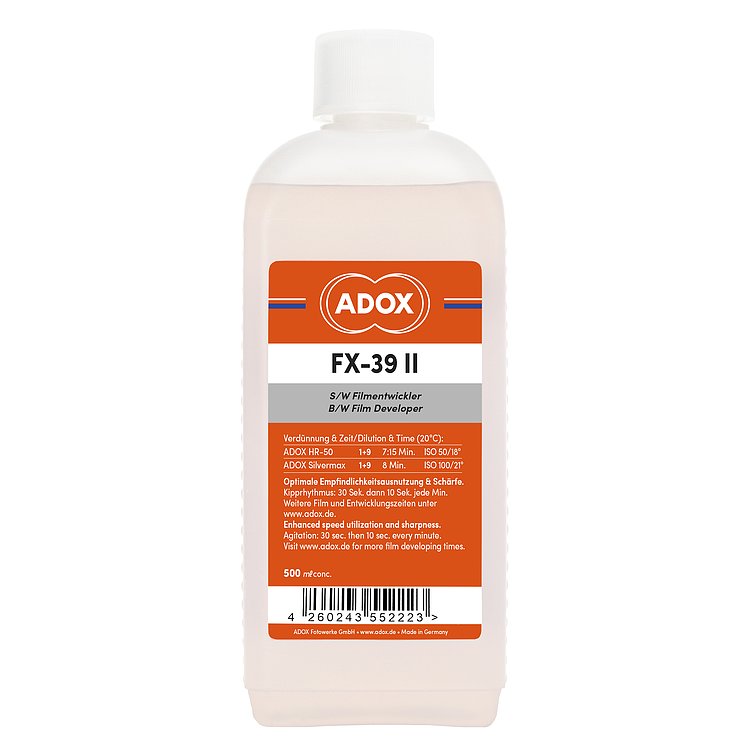
Straight away I can see the images with good contrast and tonal separation and… sharp too! And it’s not a bad price when you look around. I can see some online stores selling this film for around £6 -£7 a roll. That’s if they have it in stock! But a film well worth having a look at.
